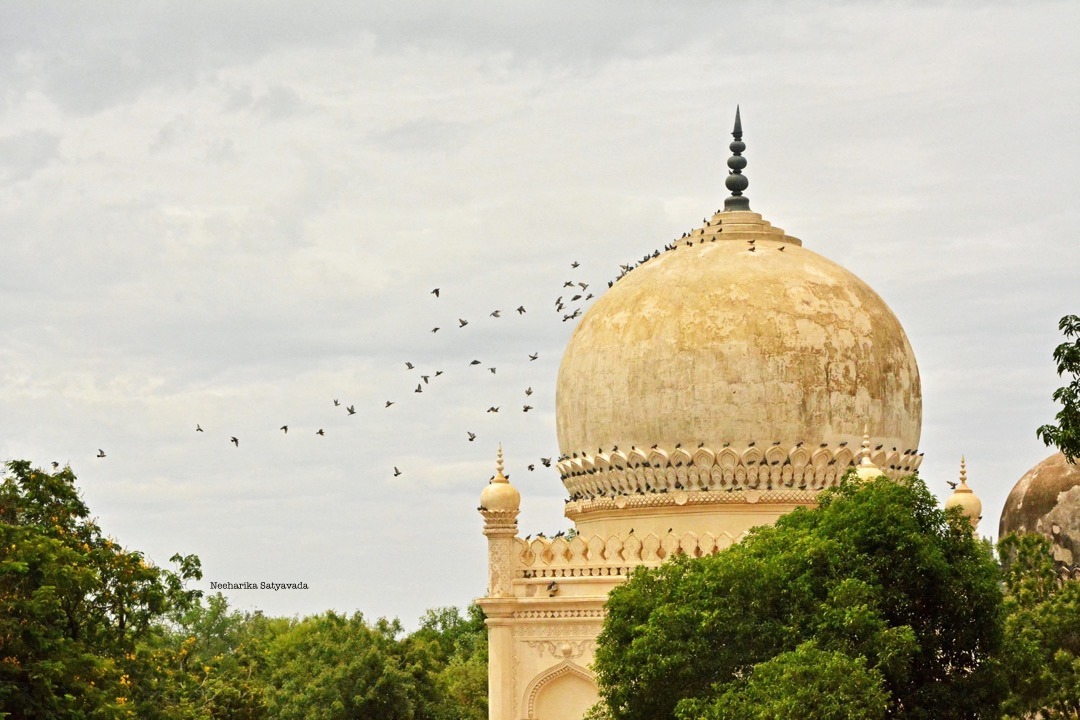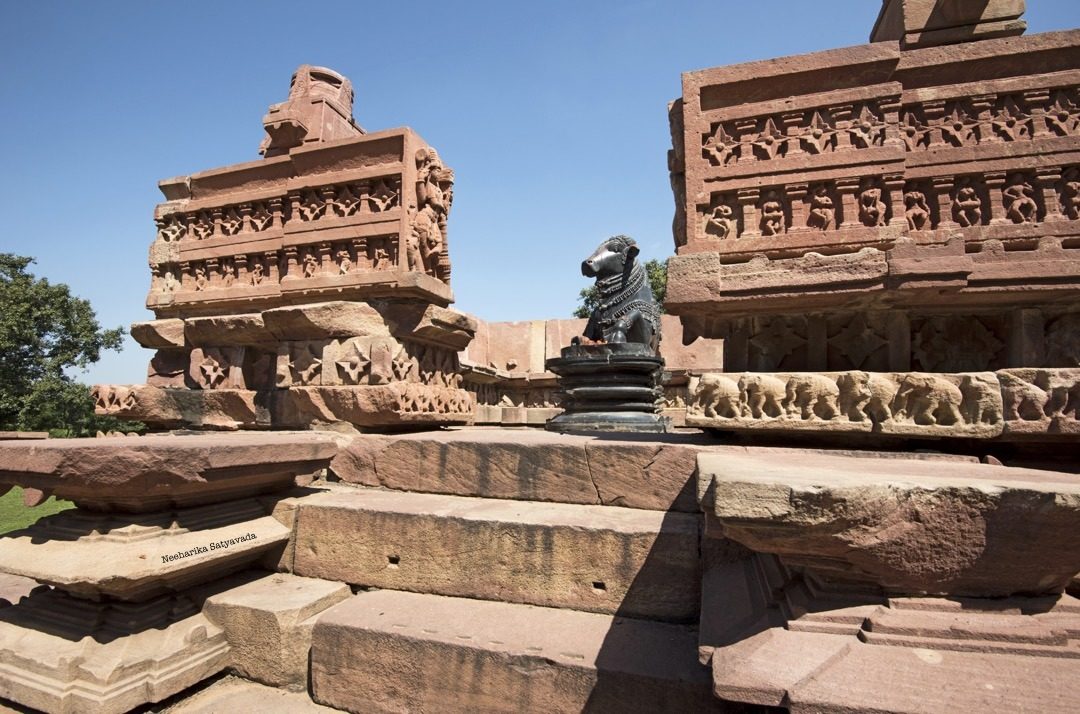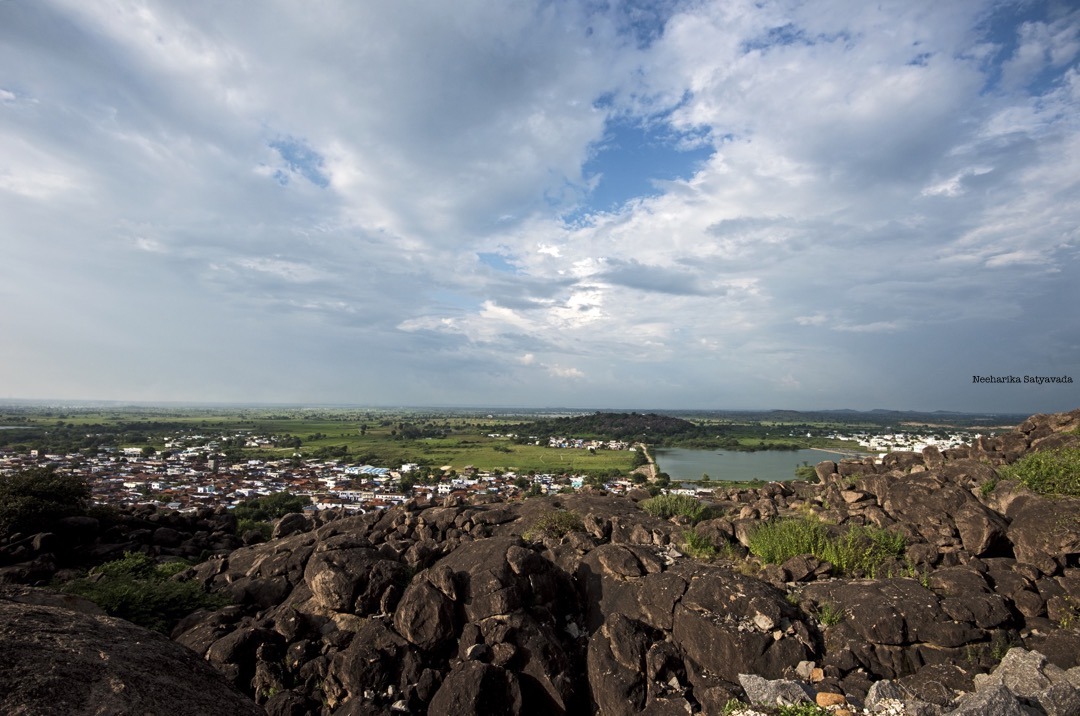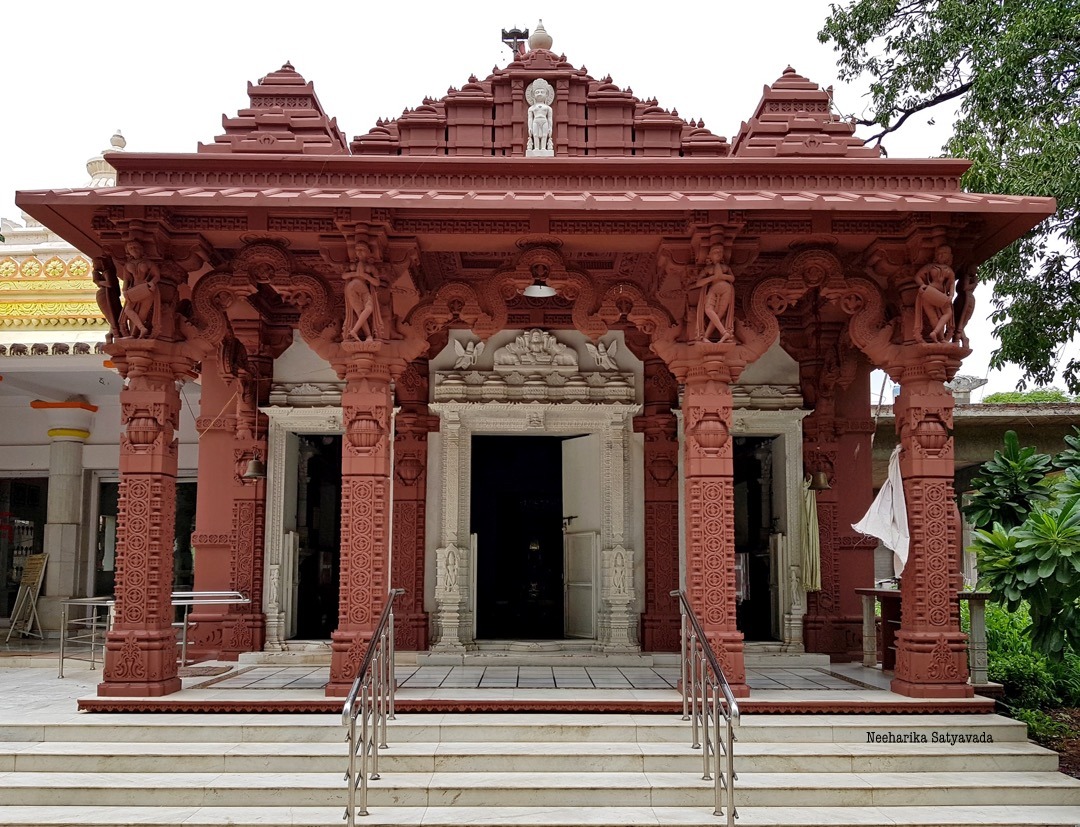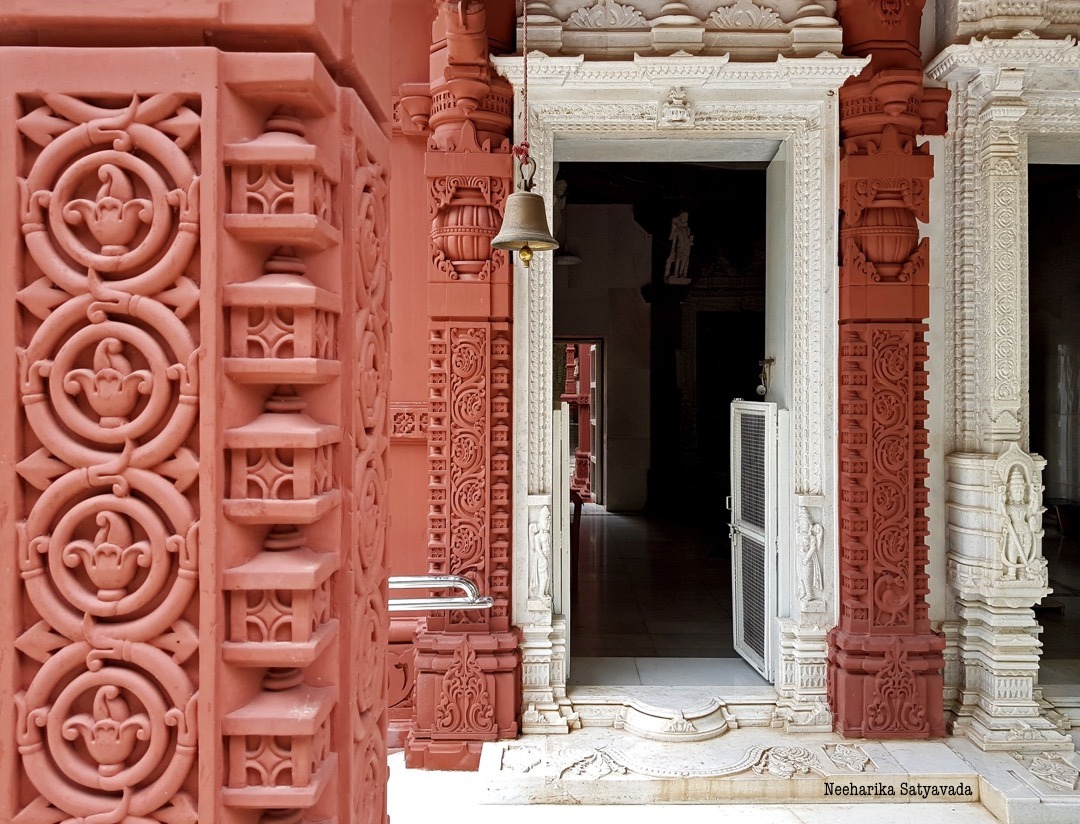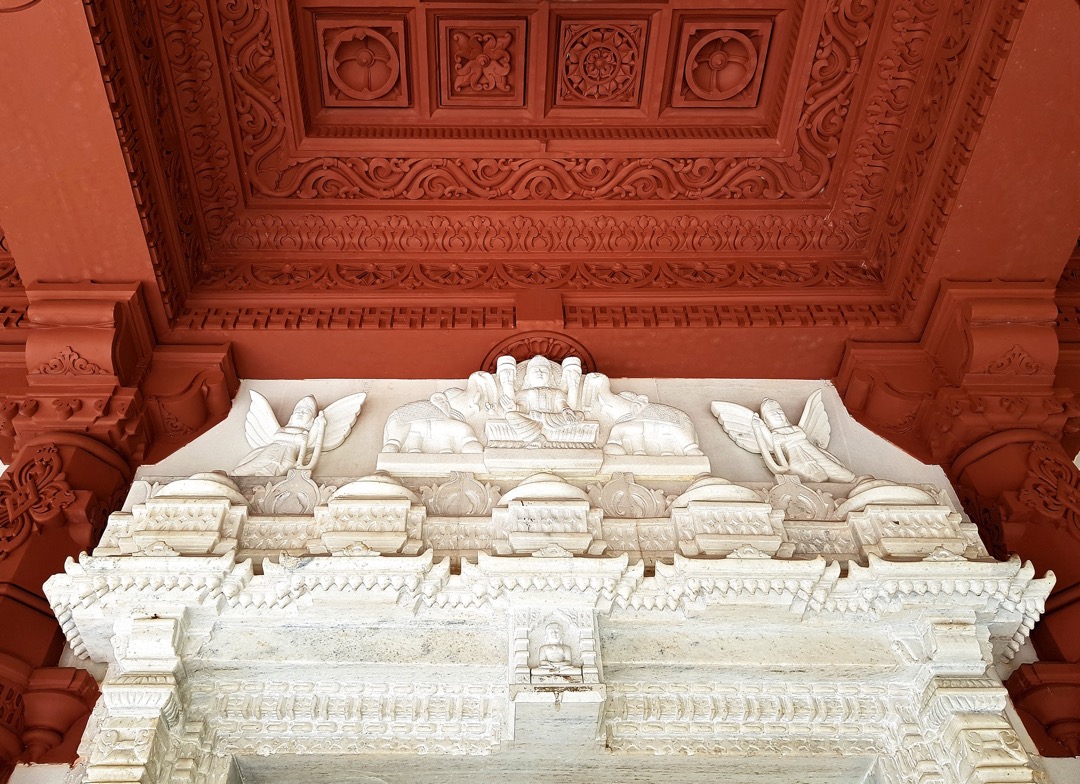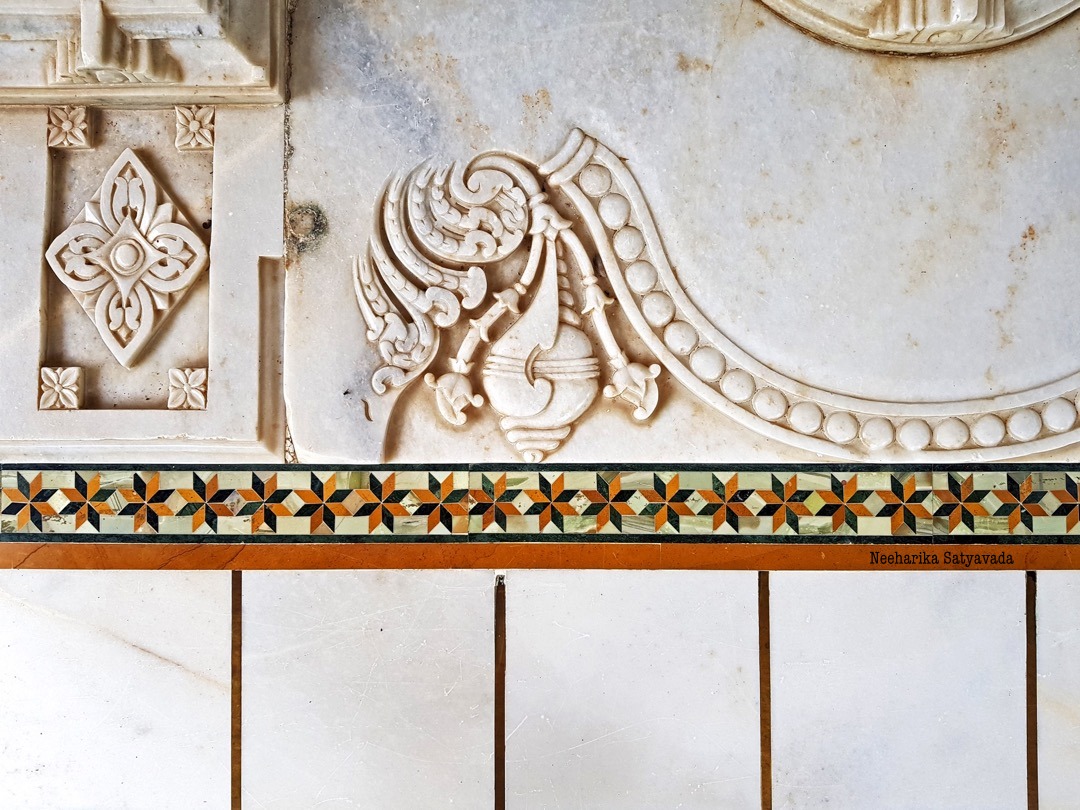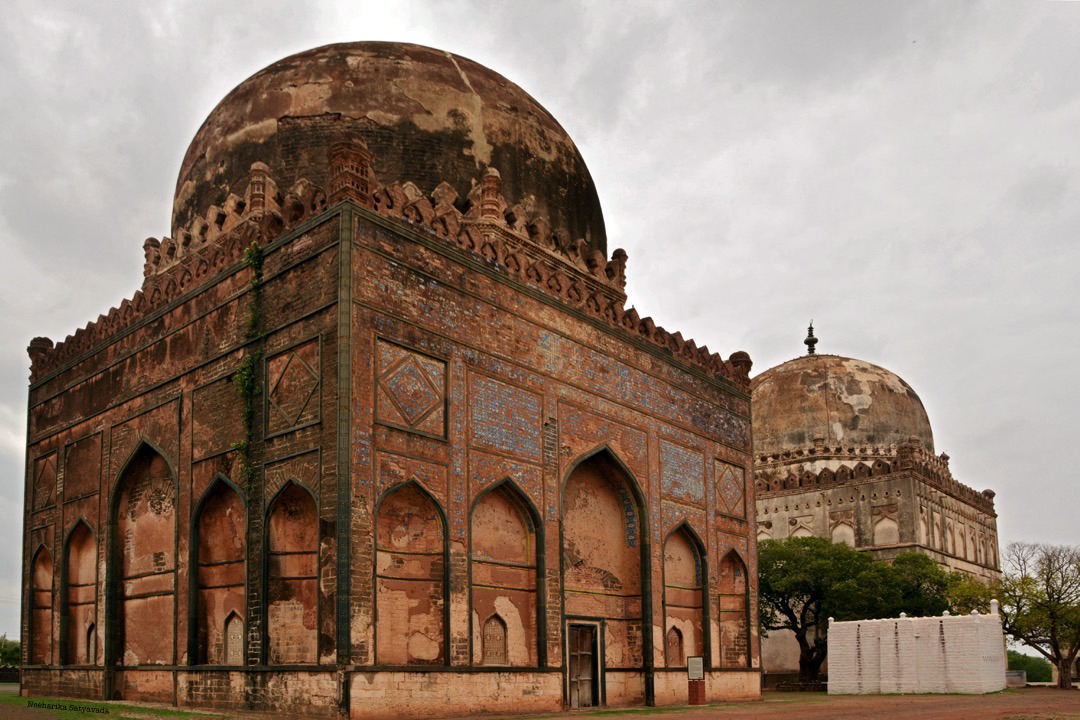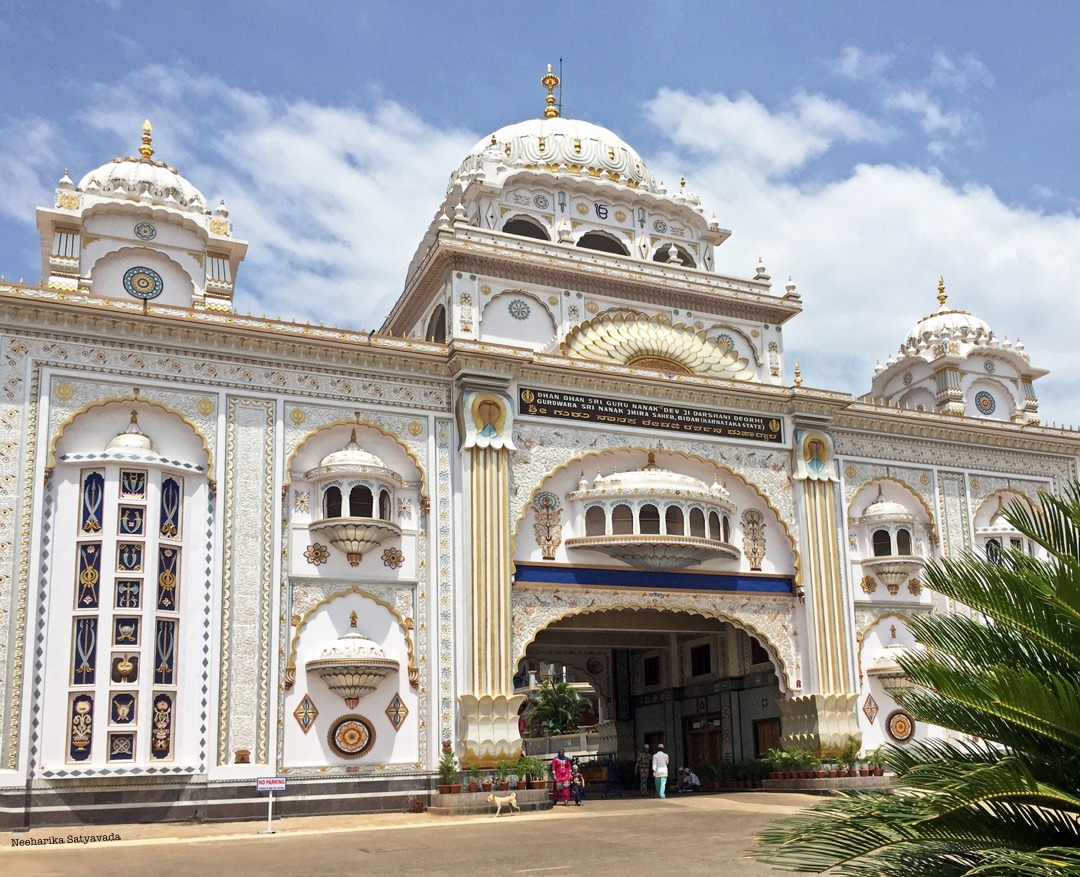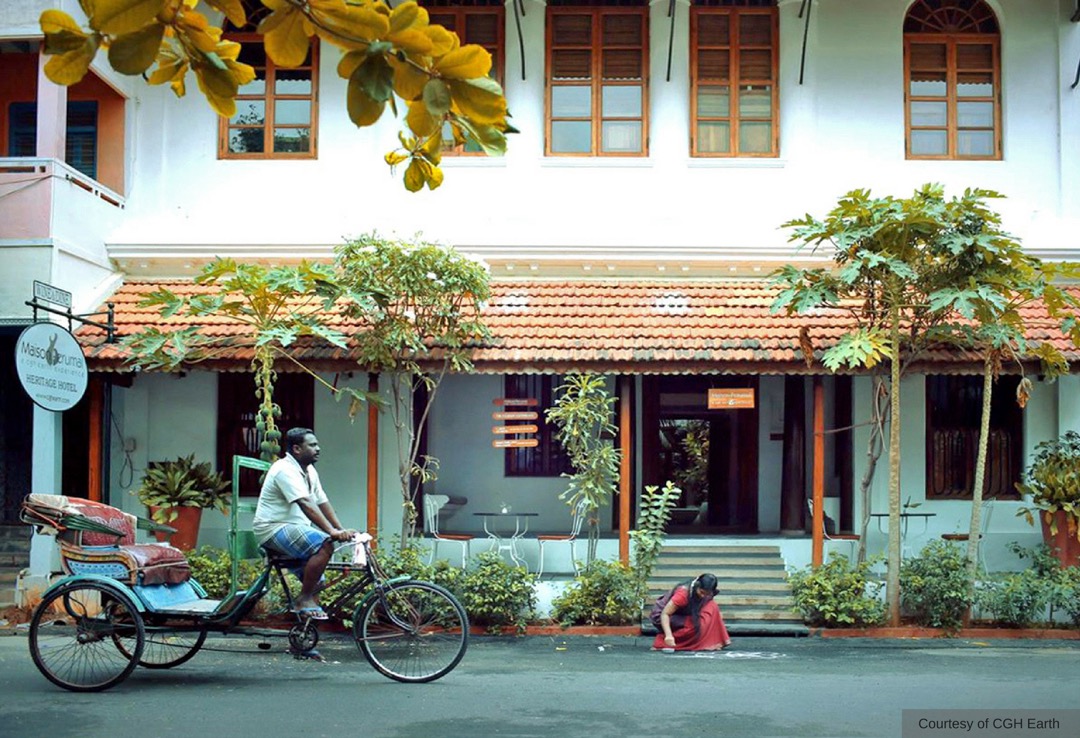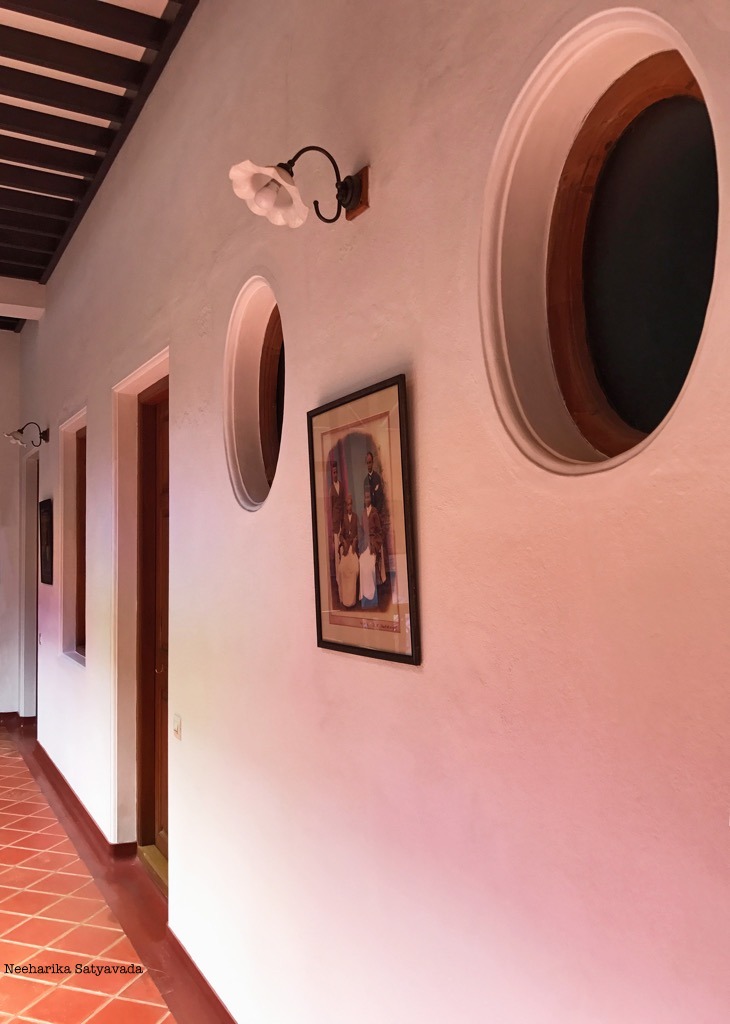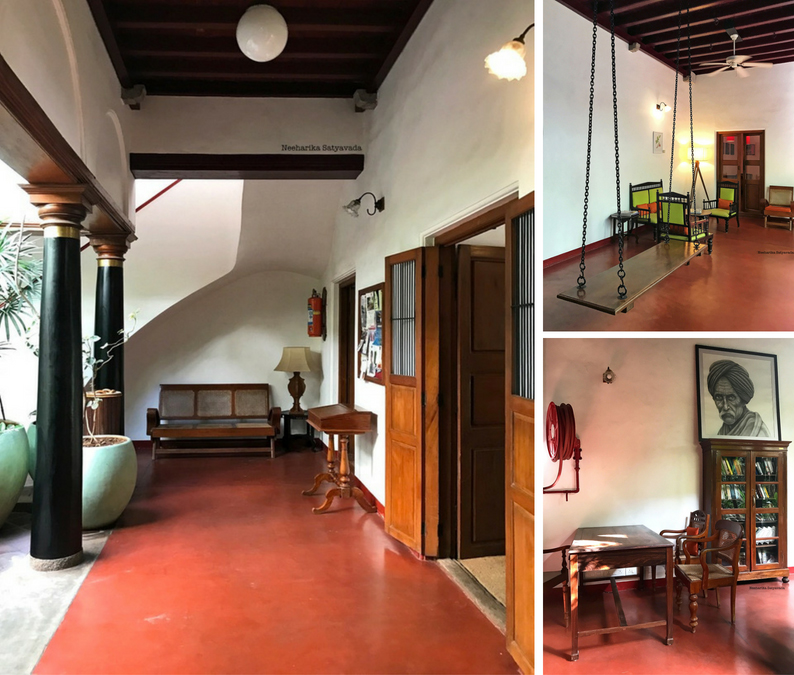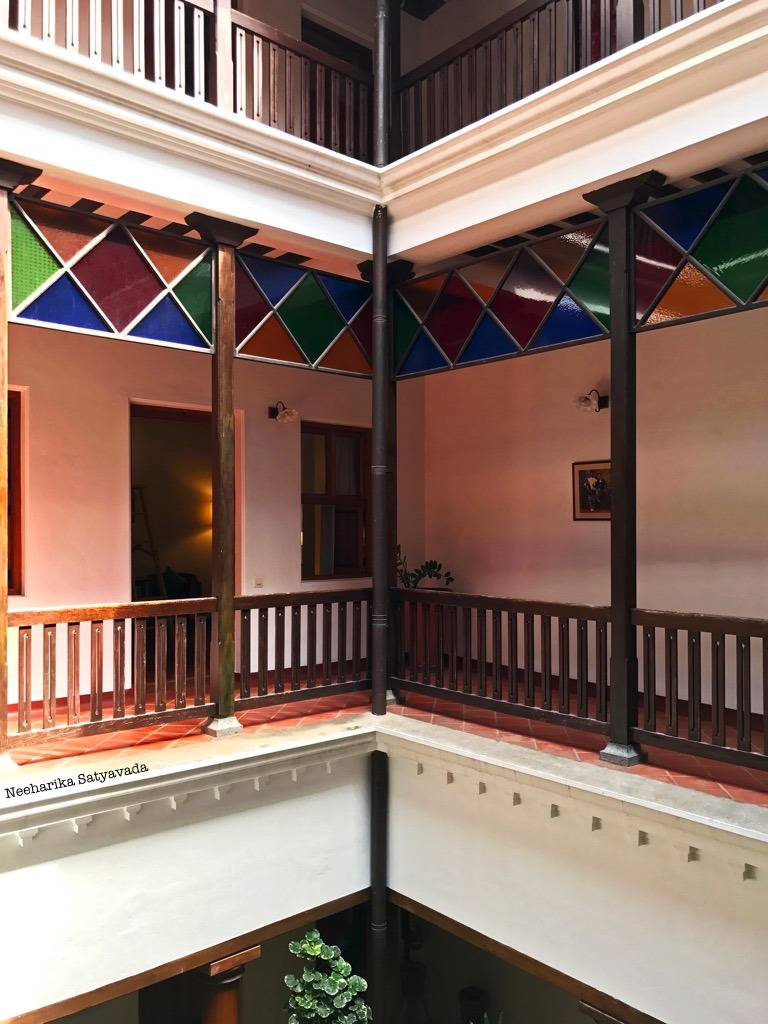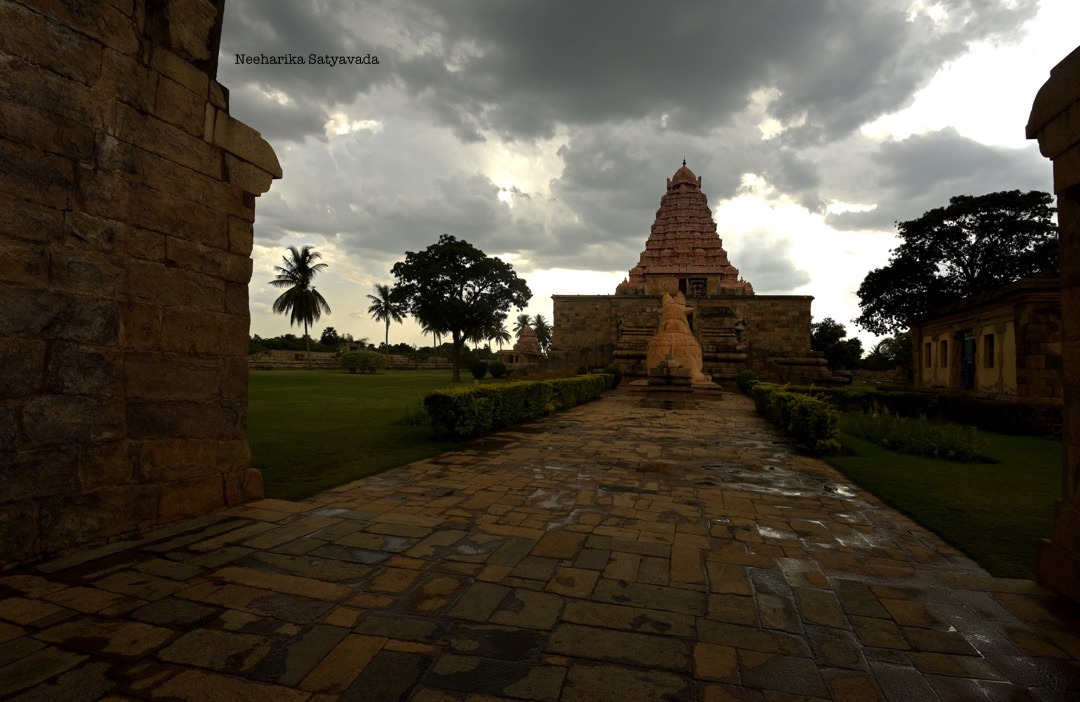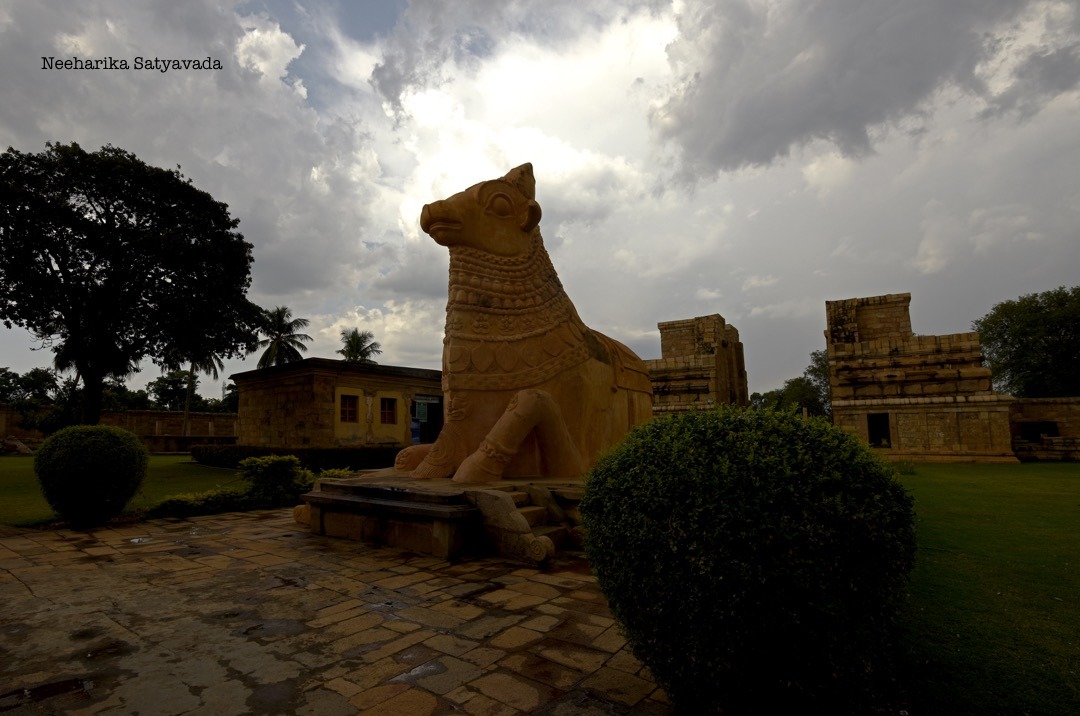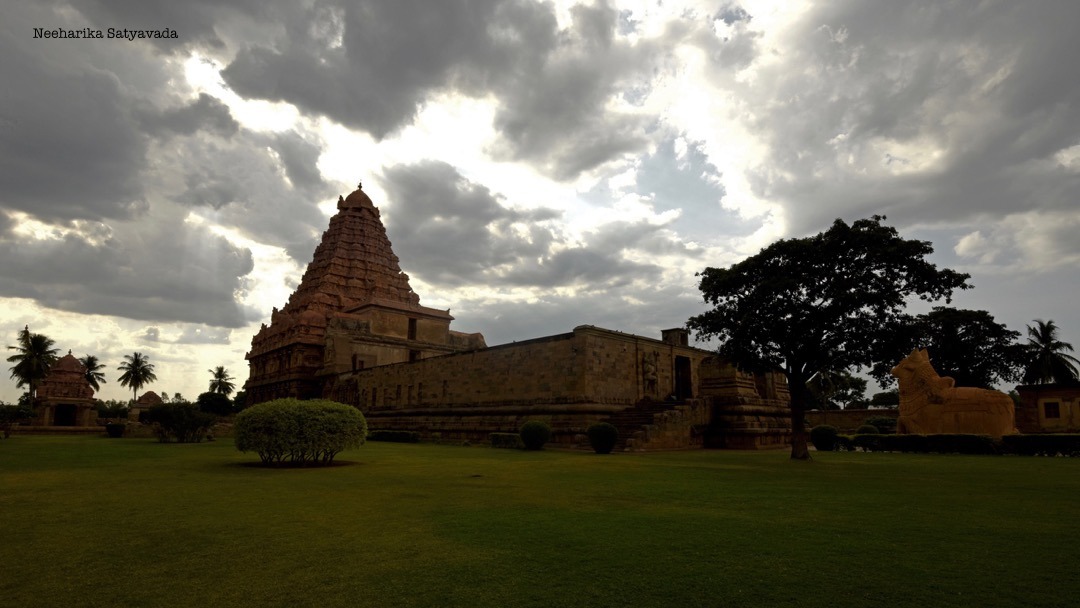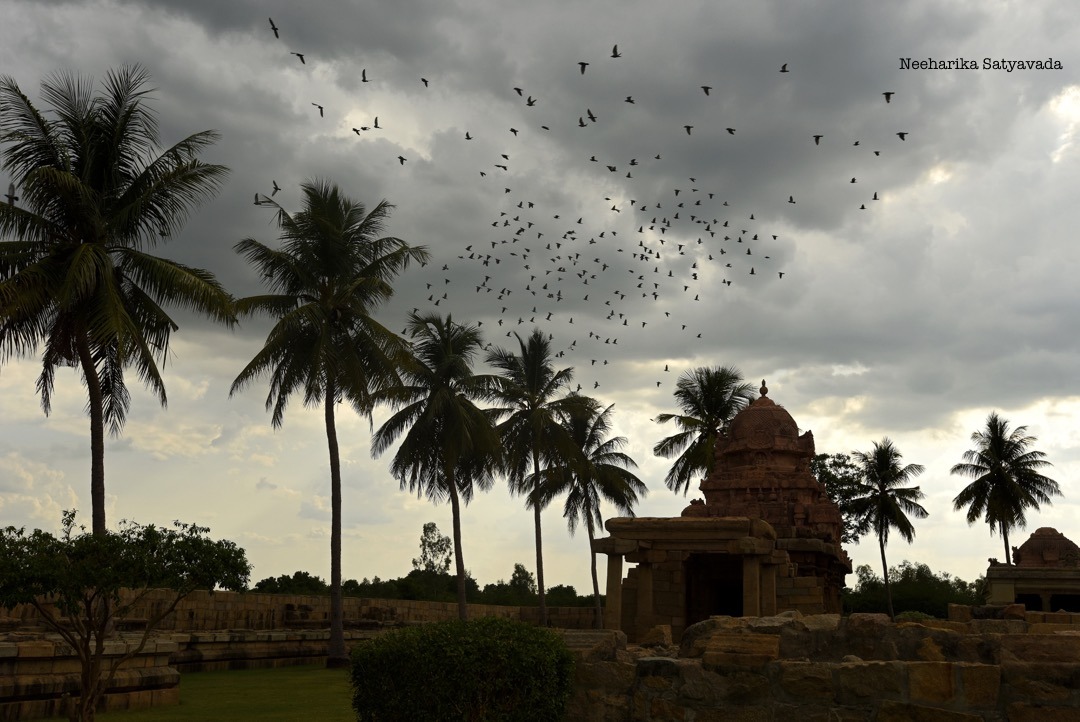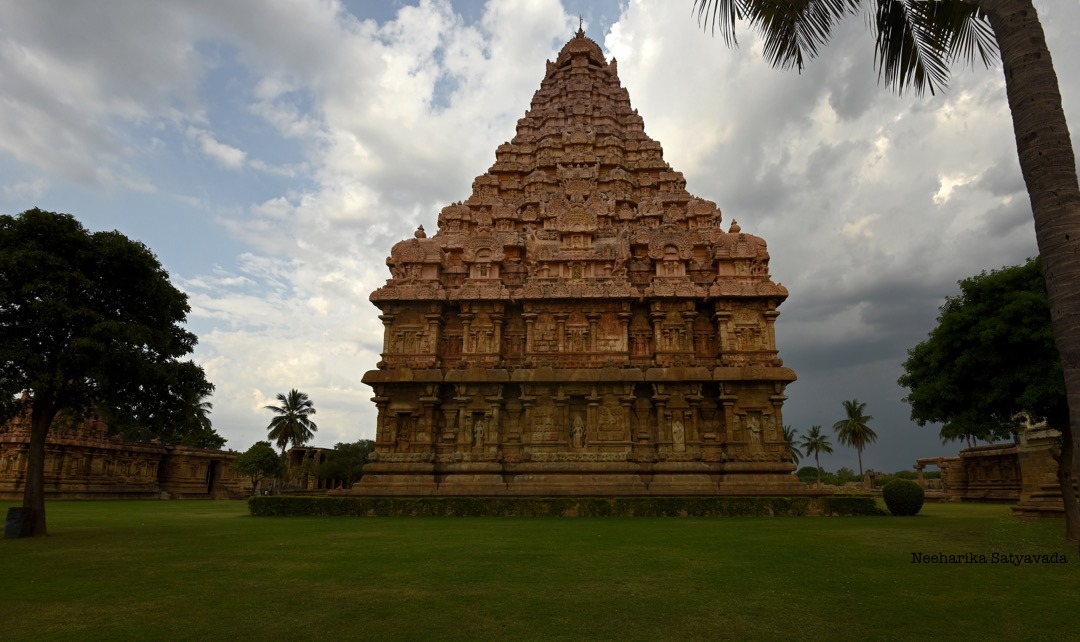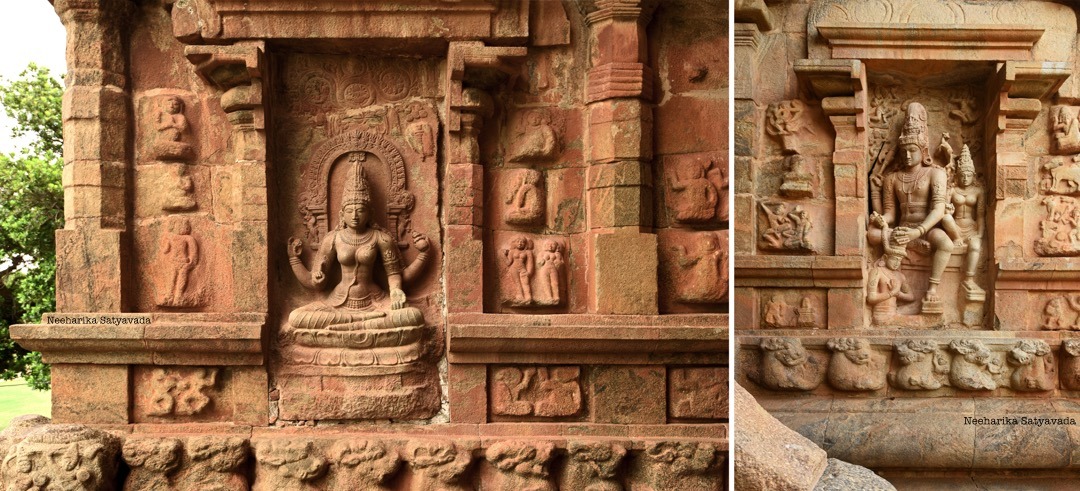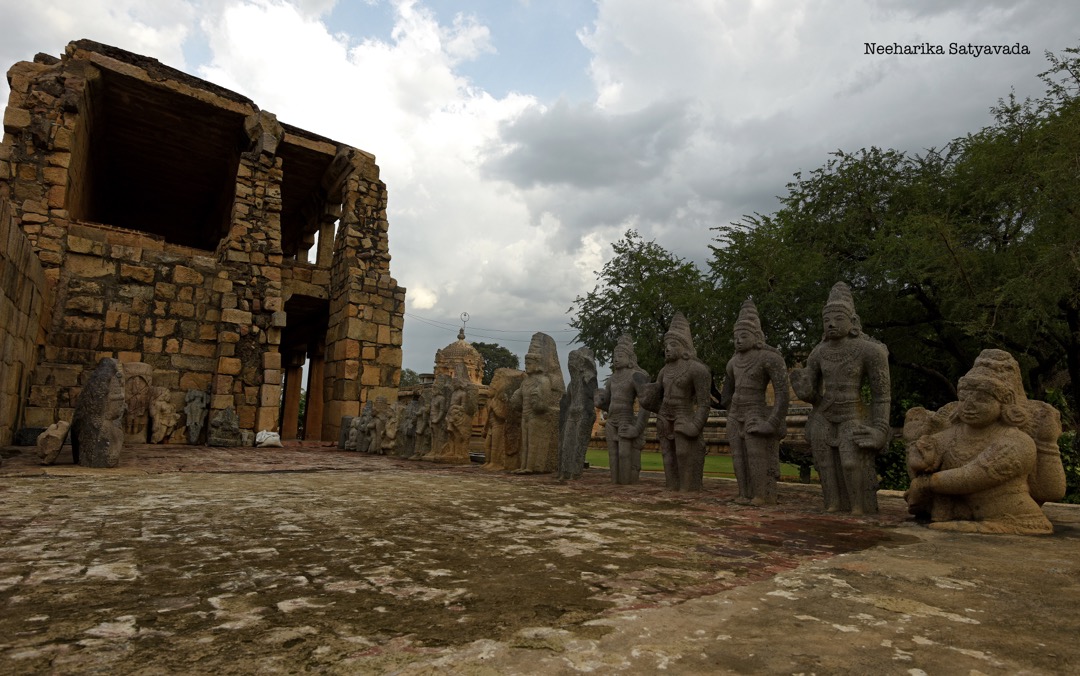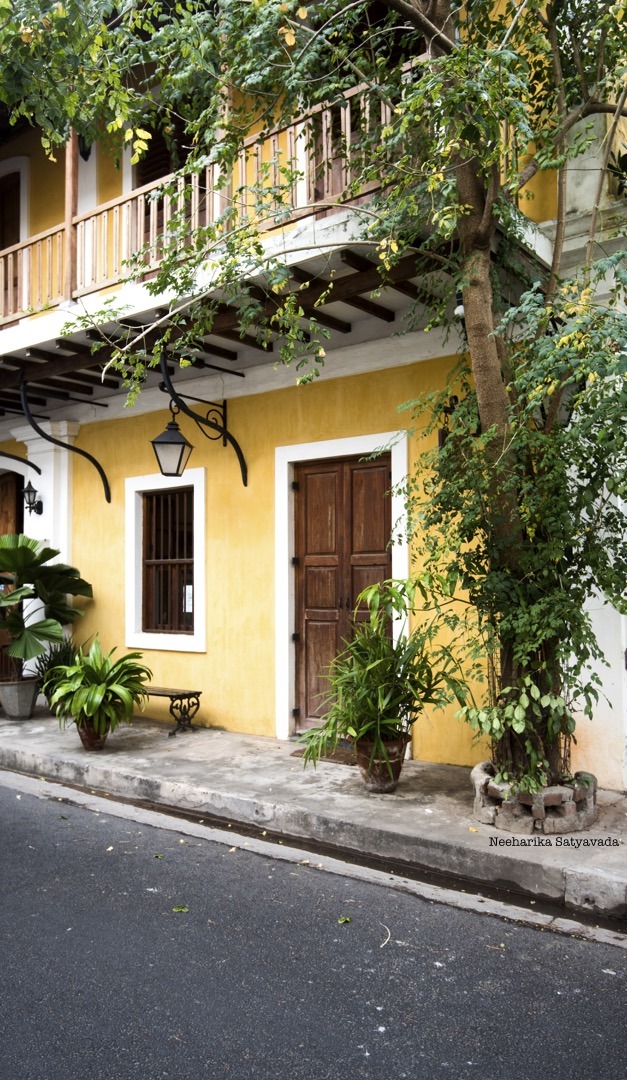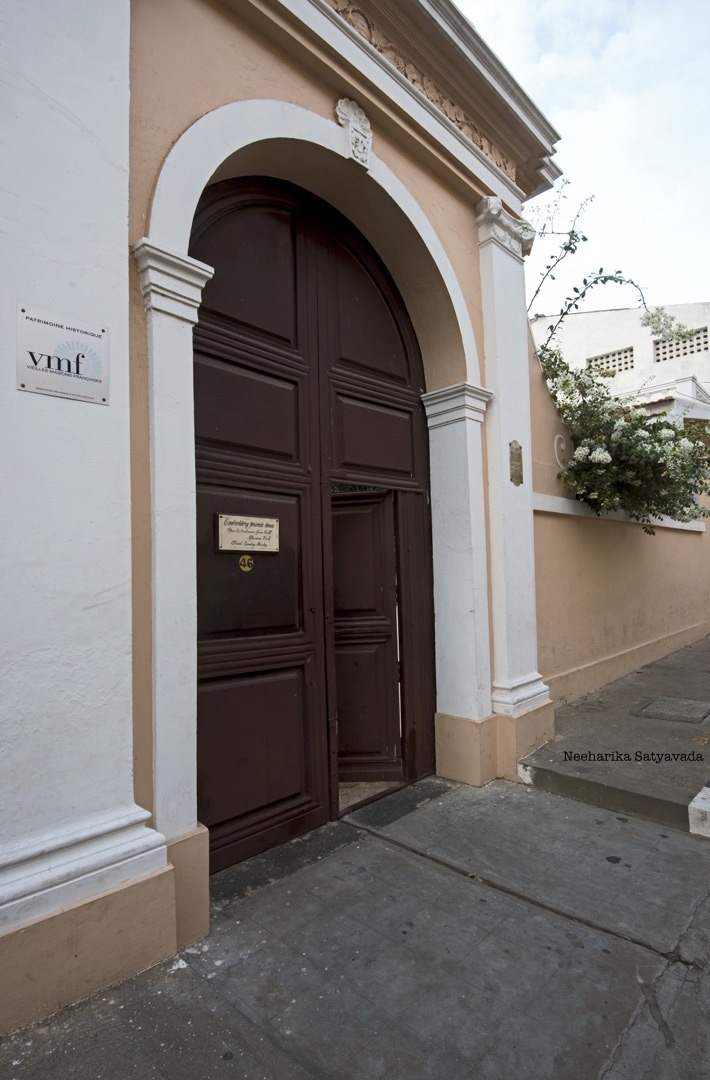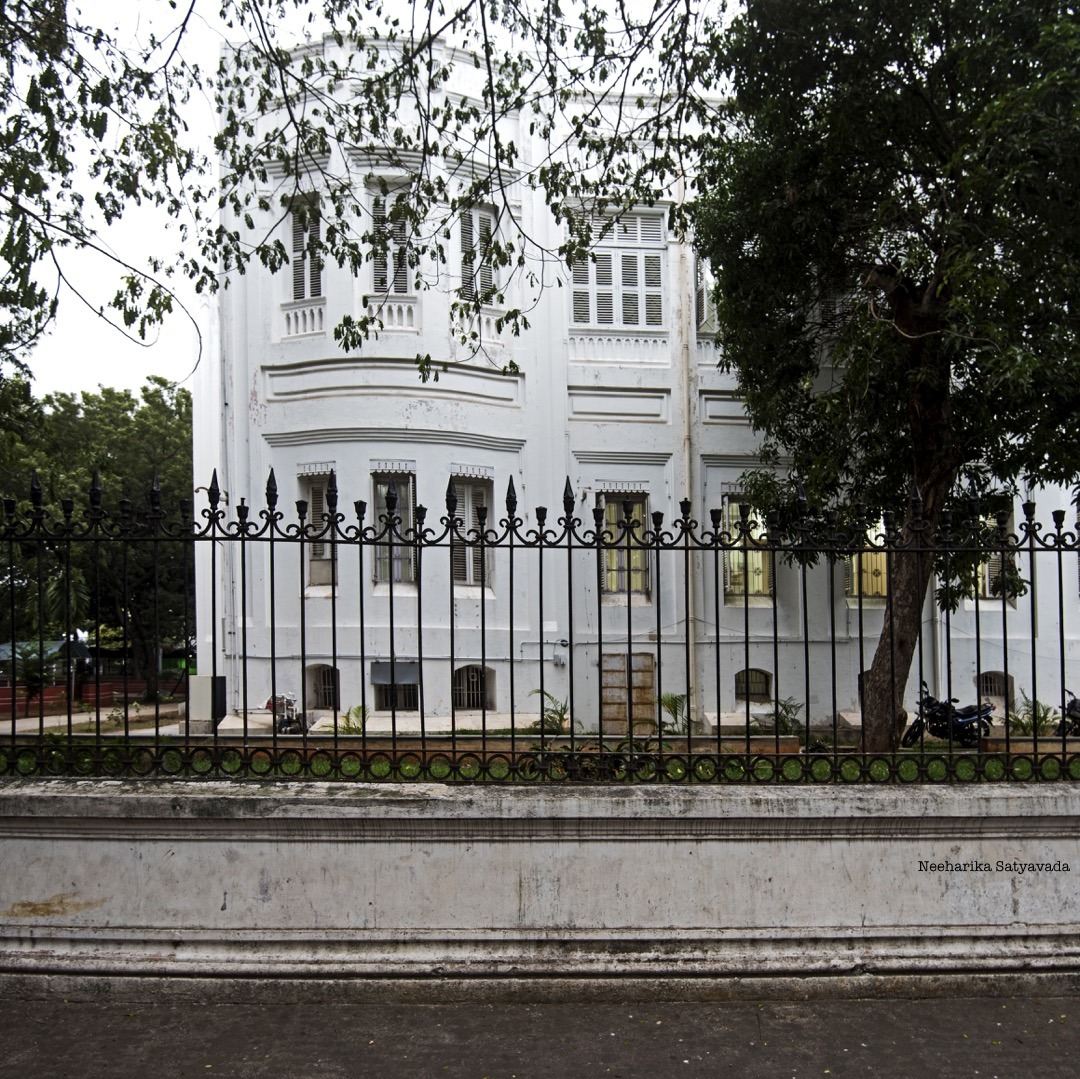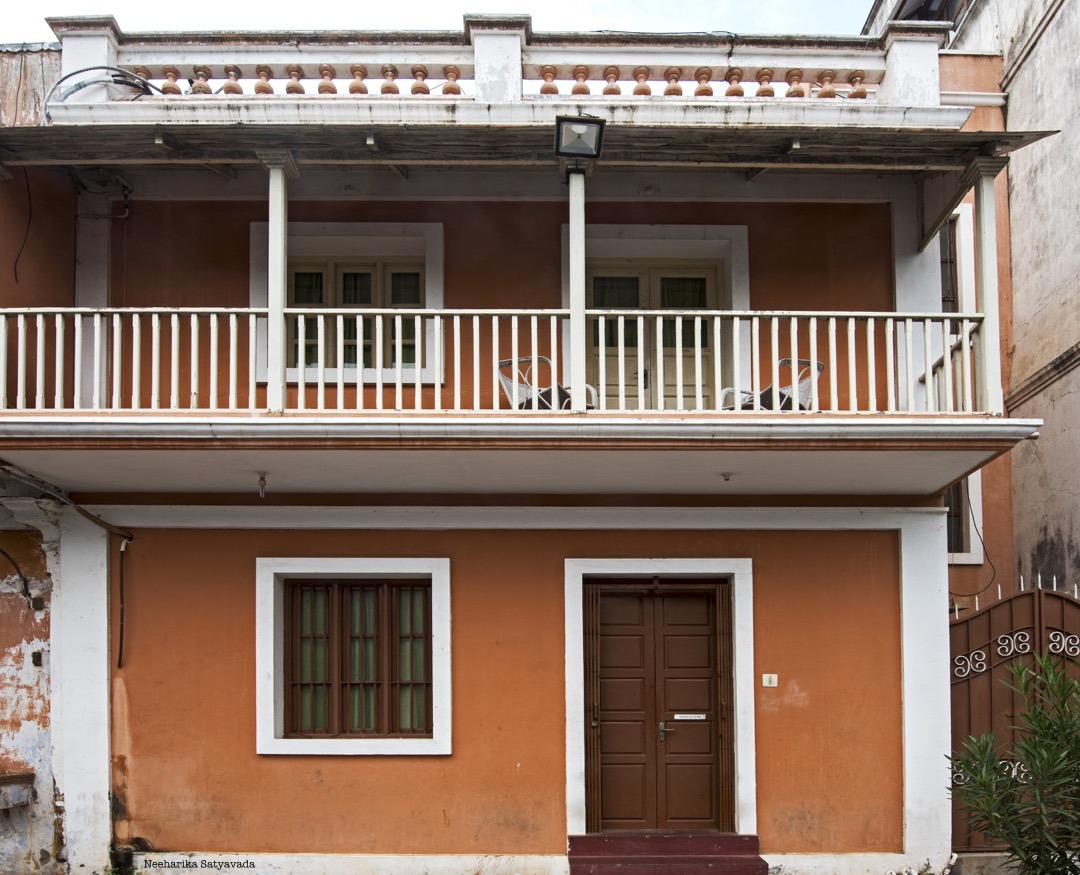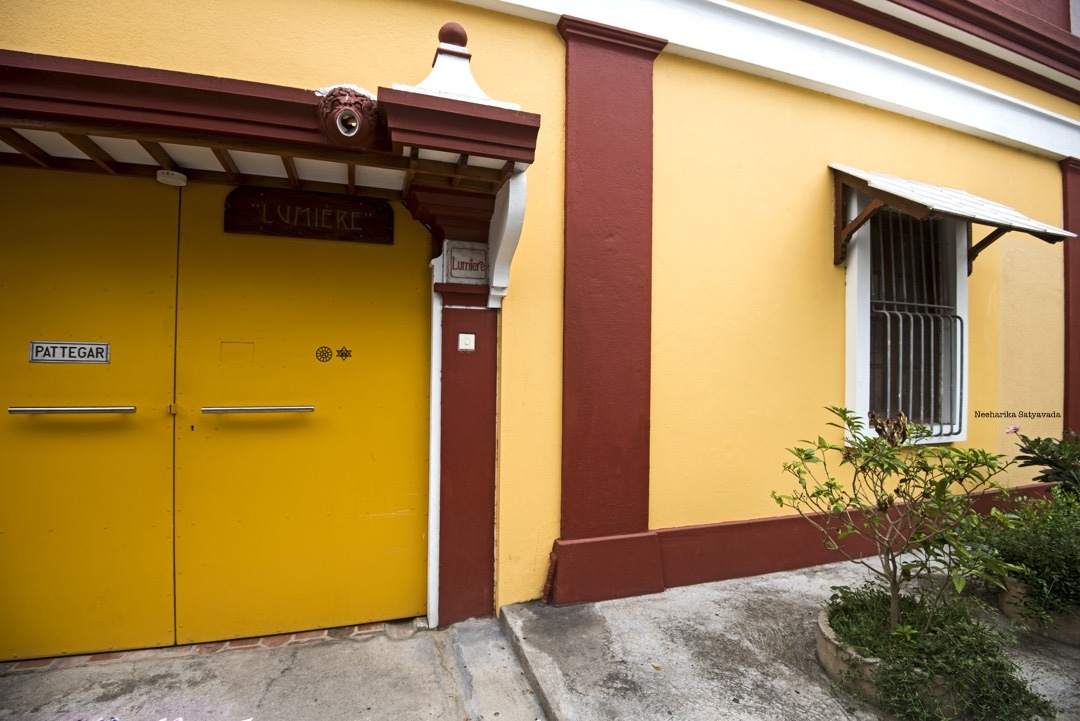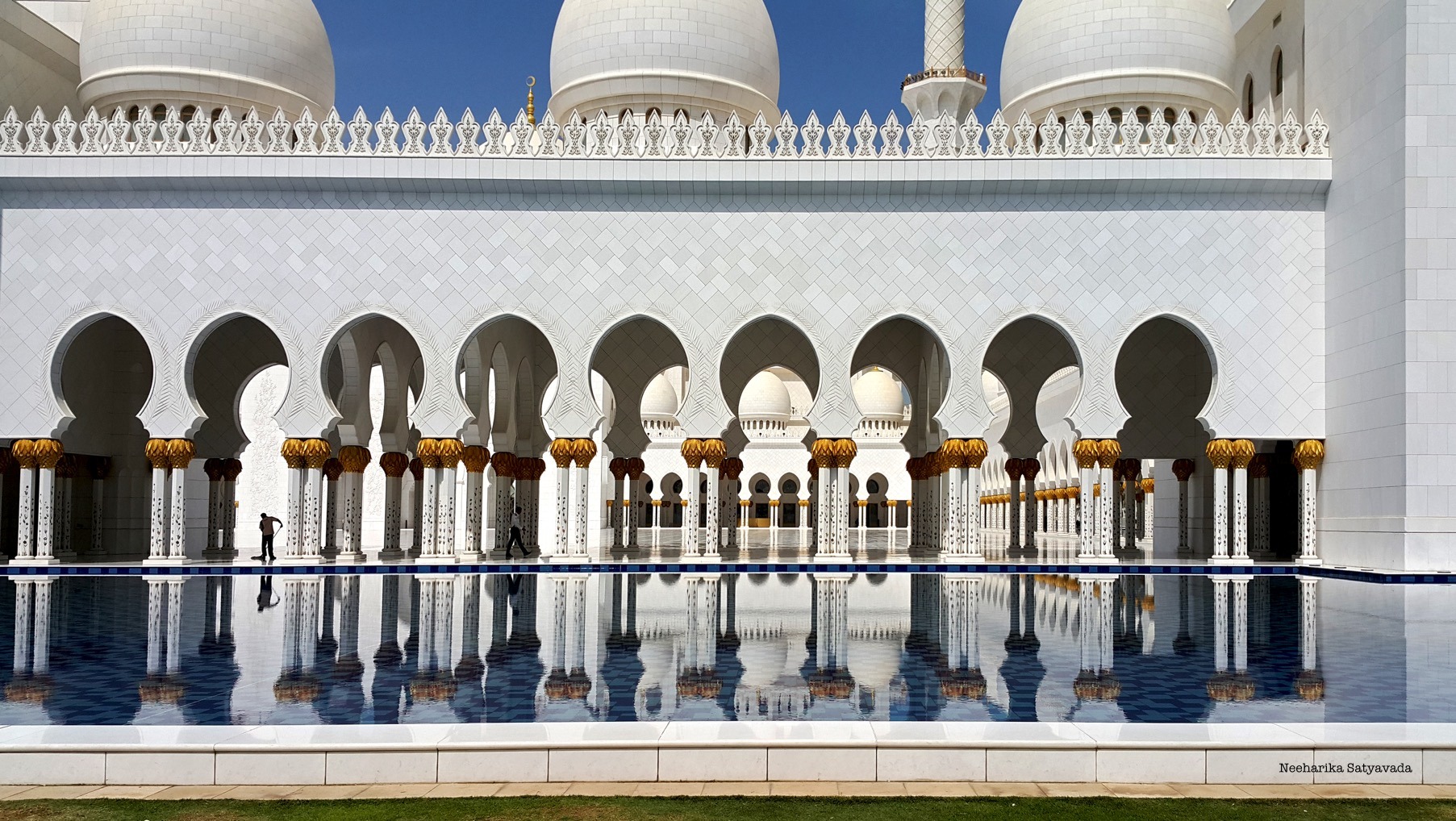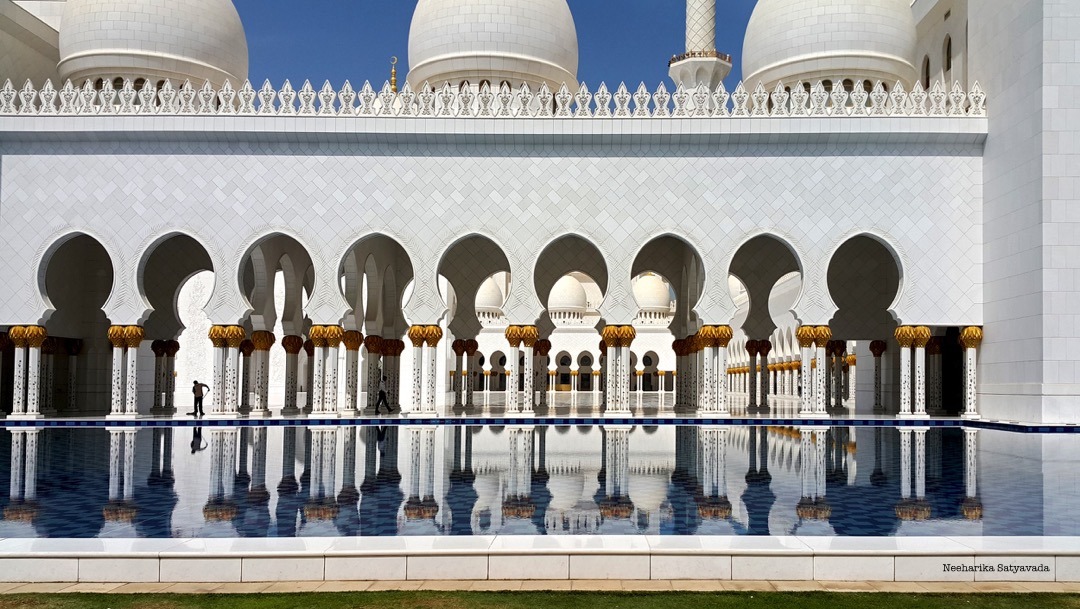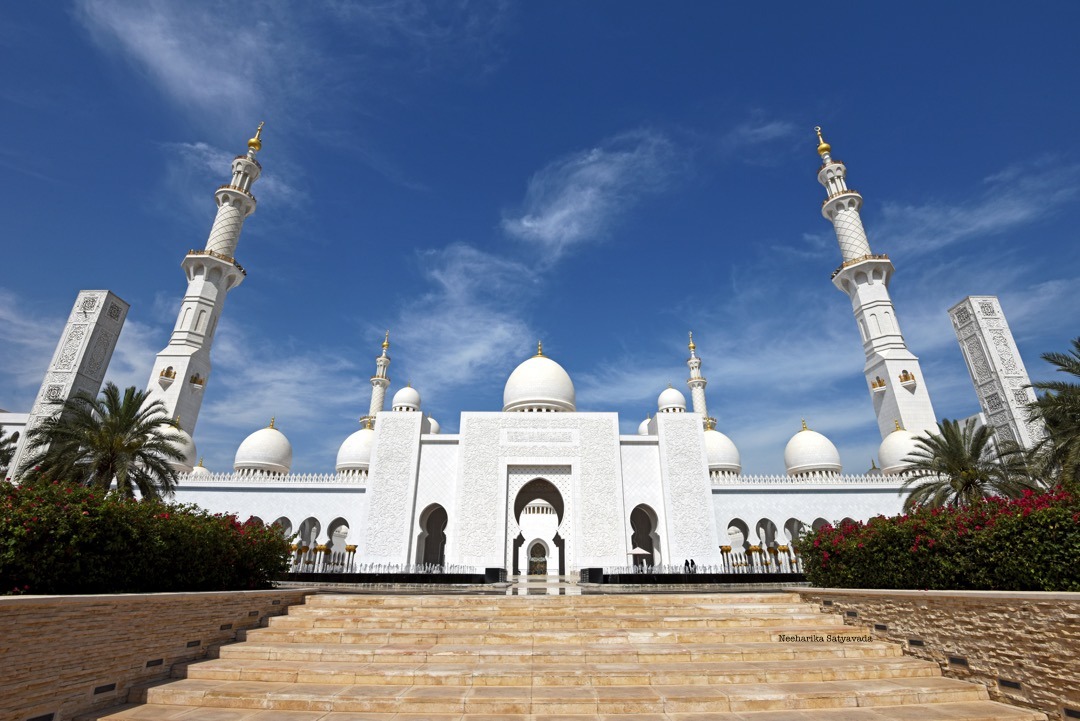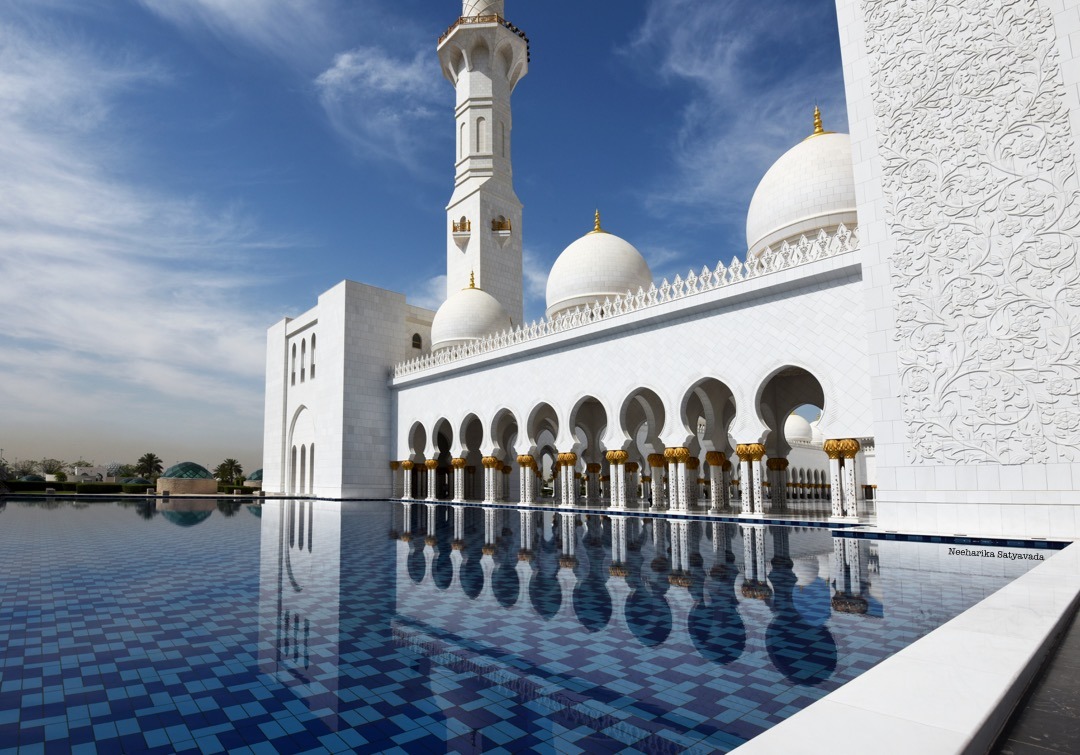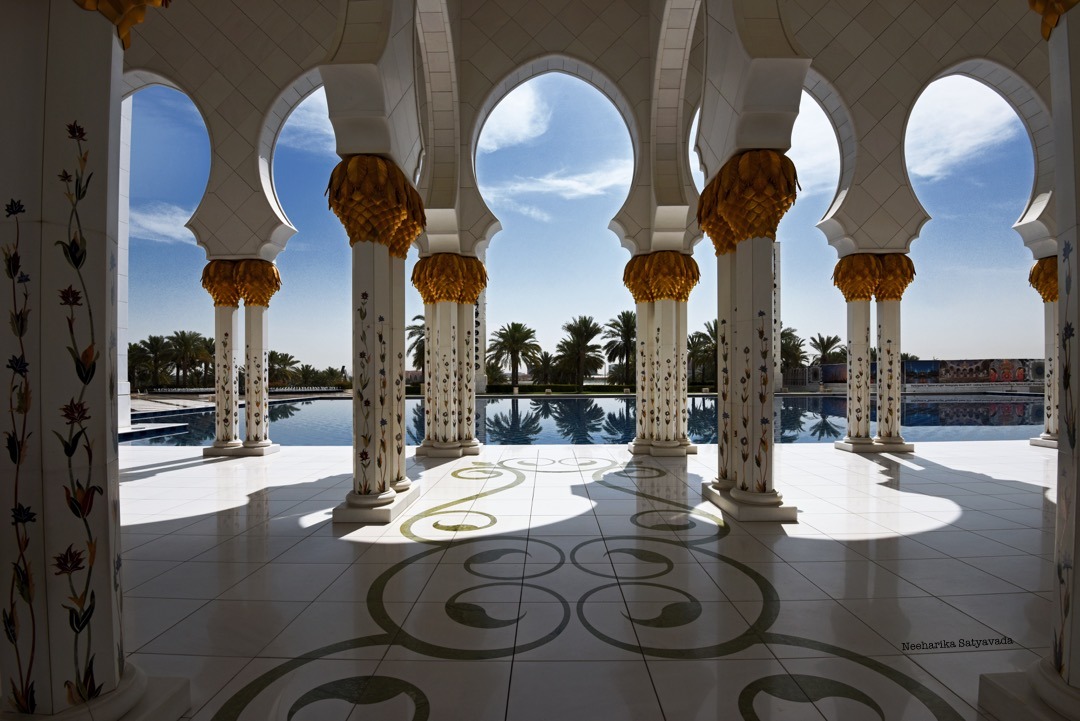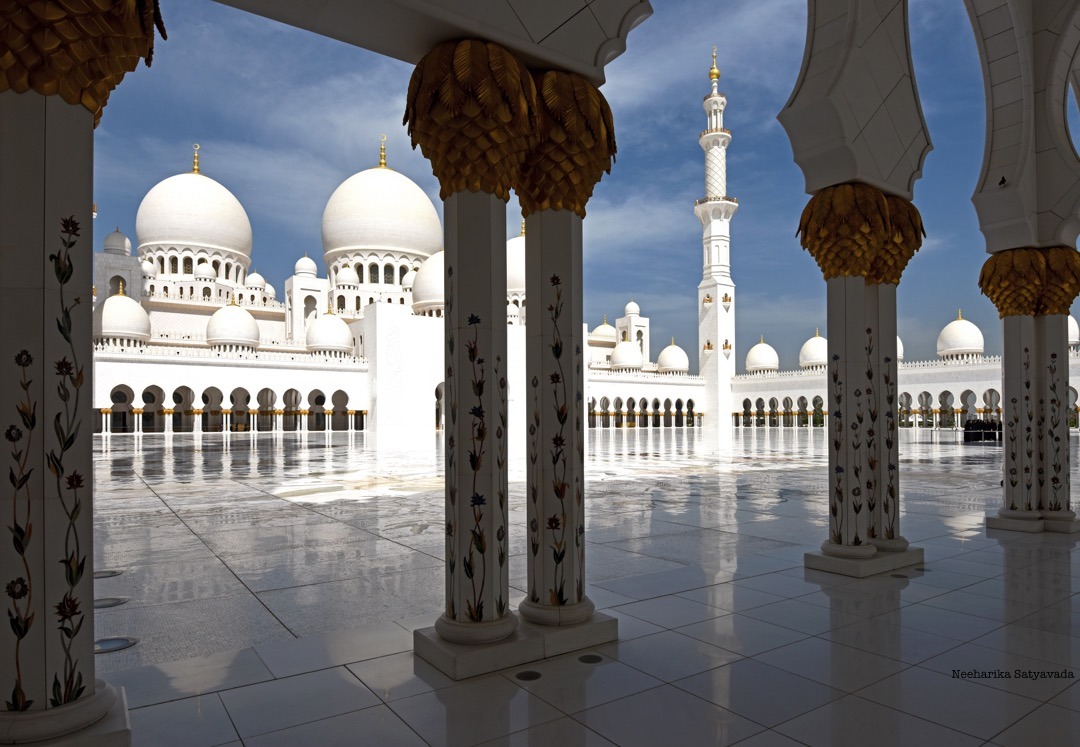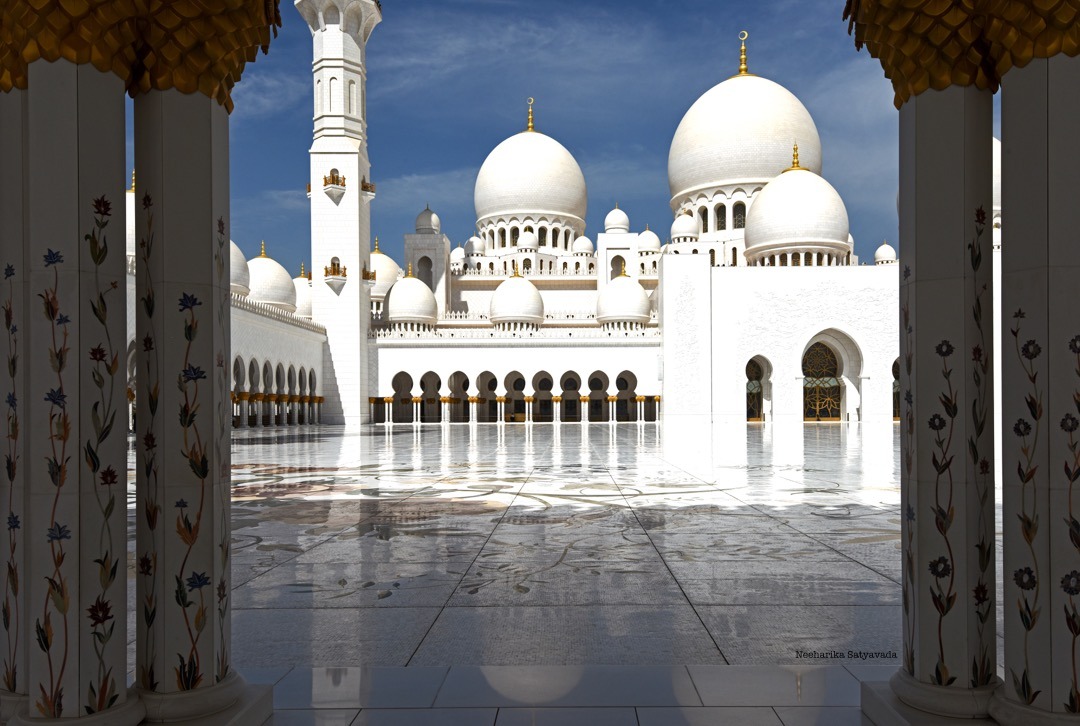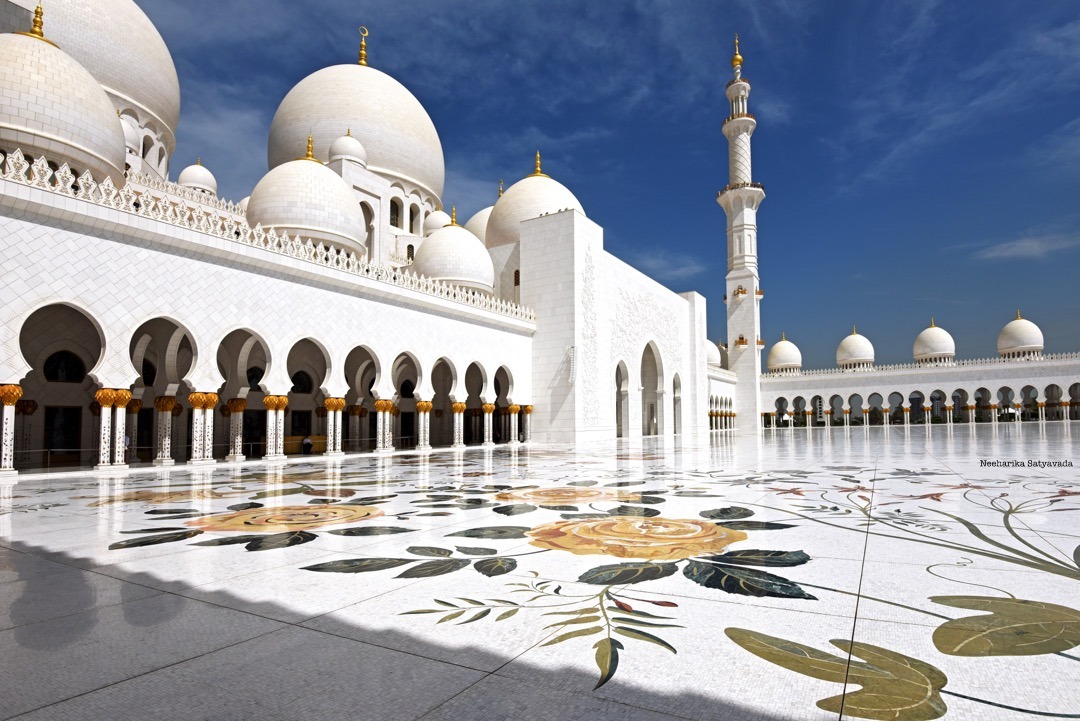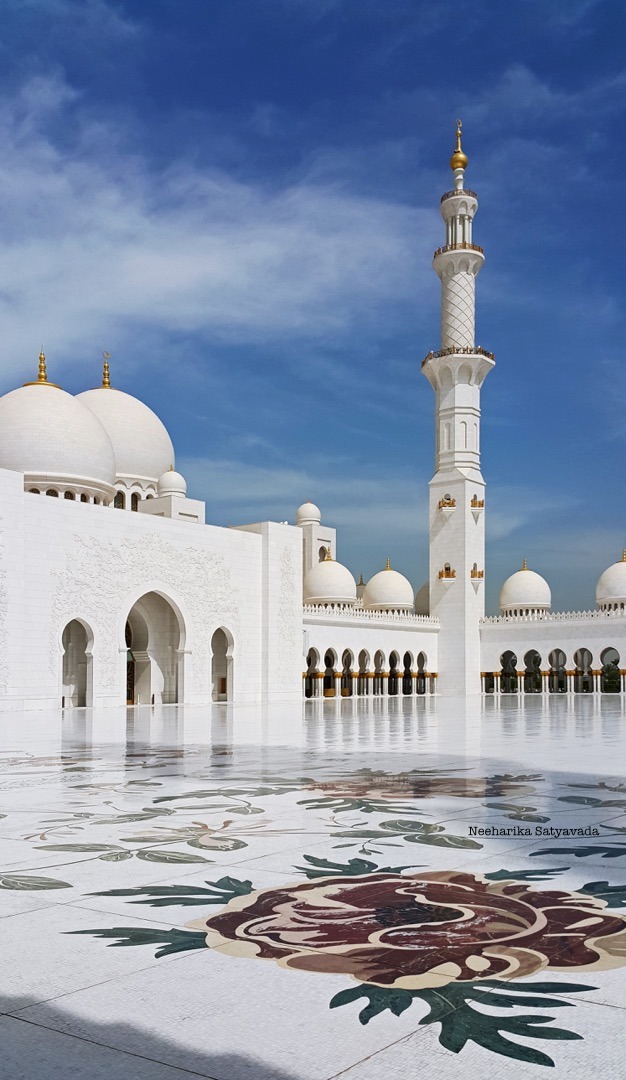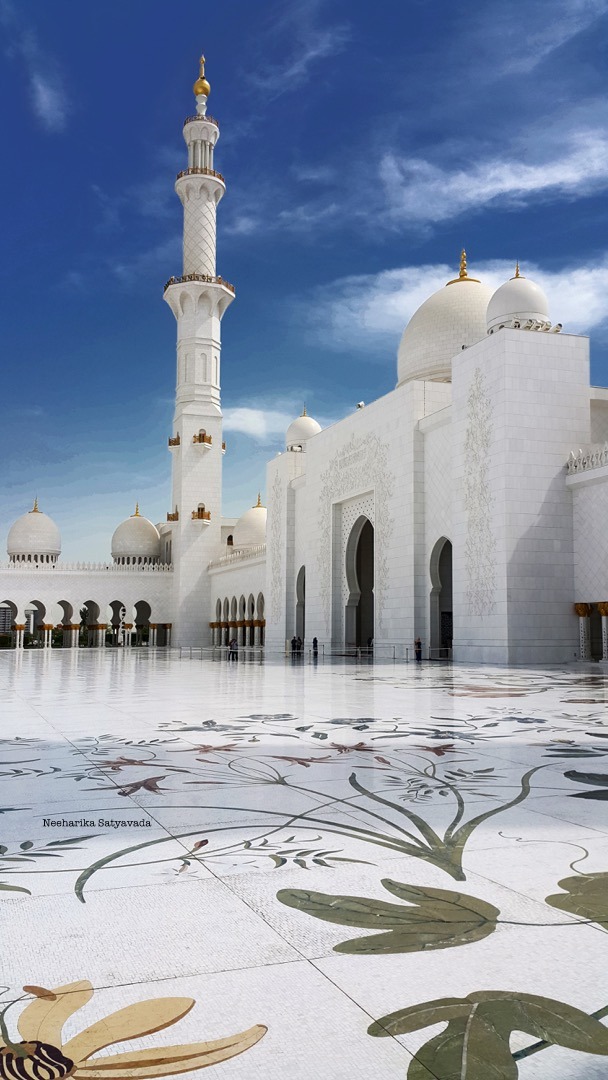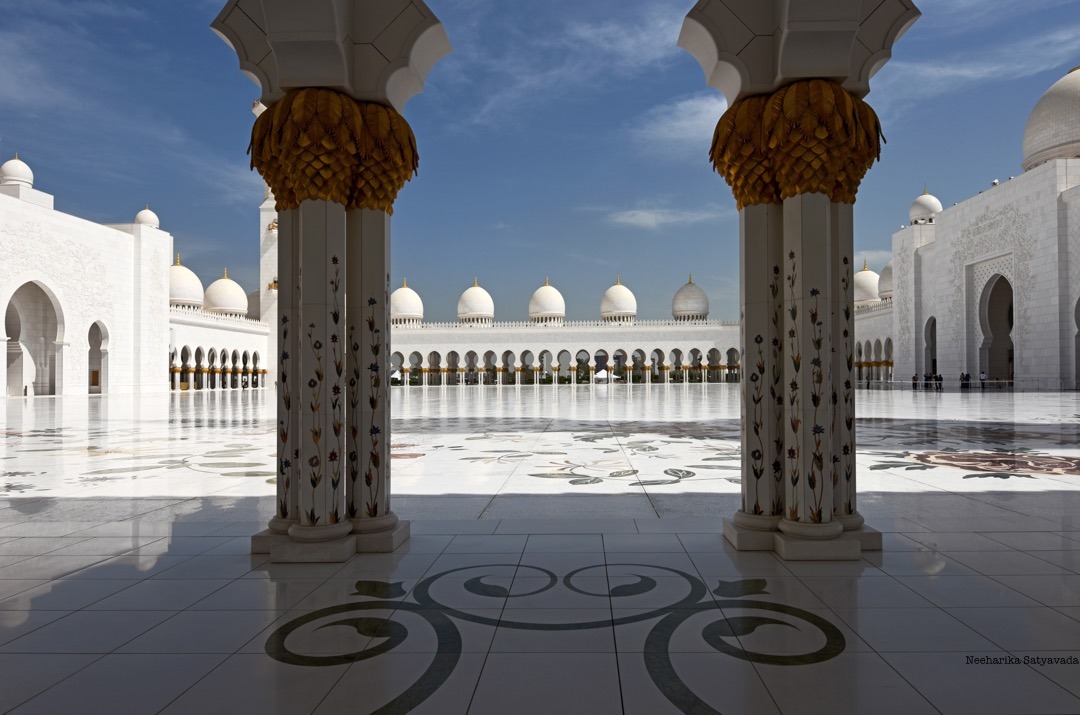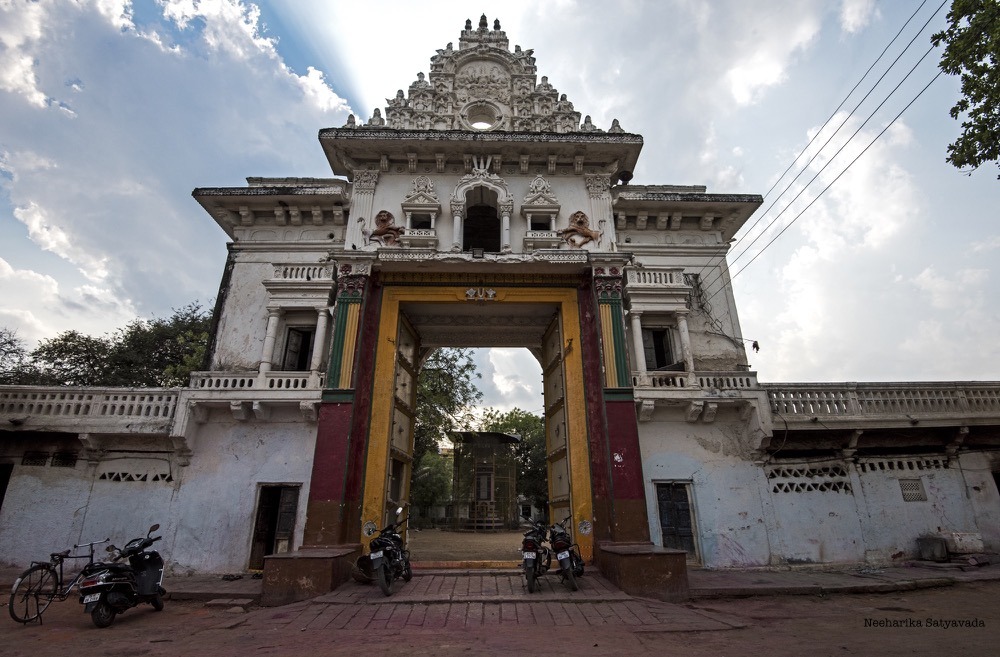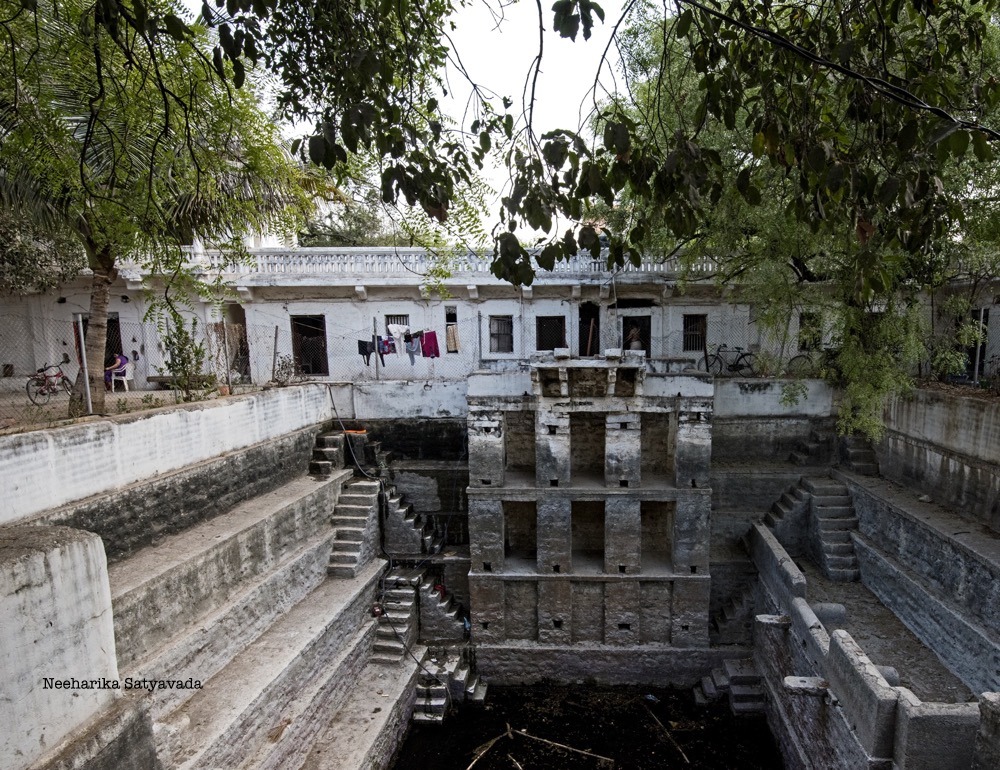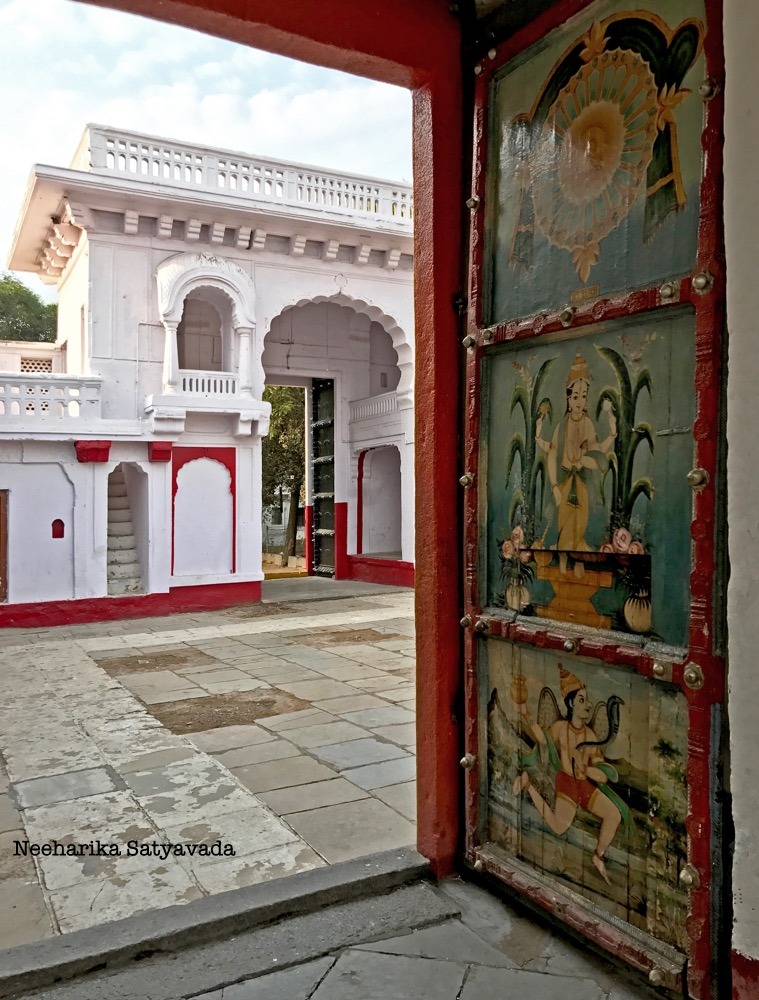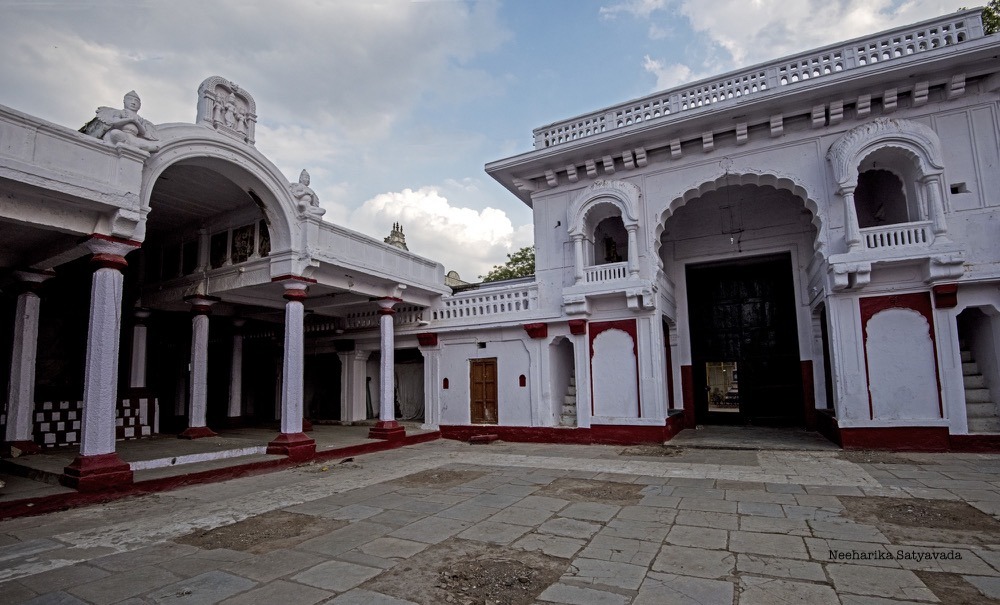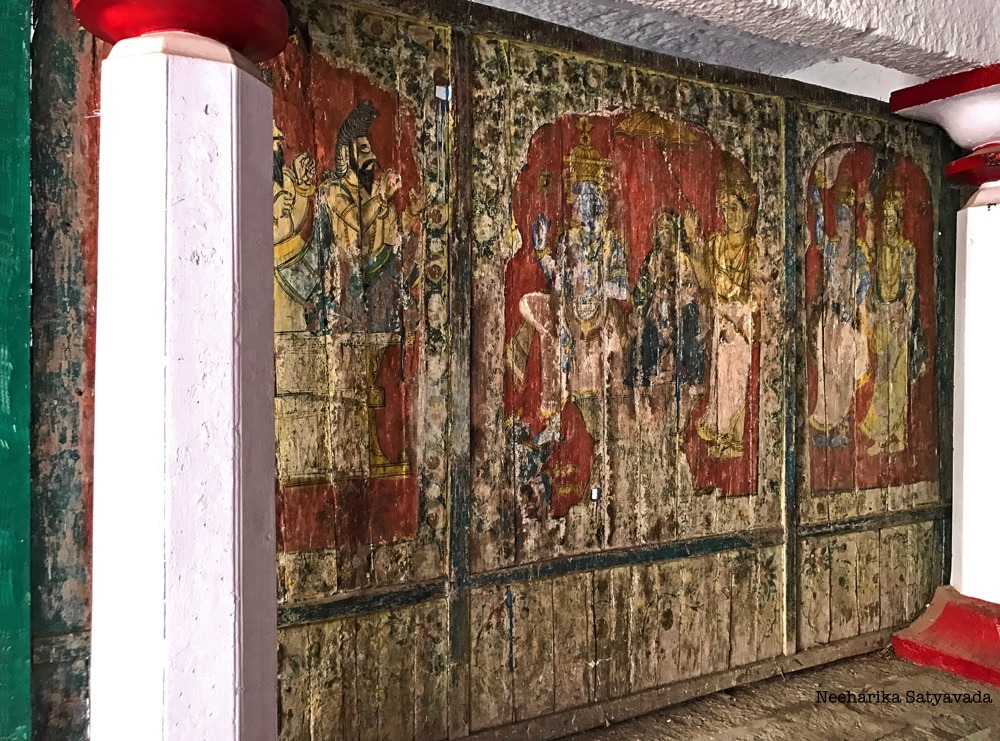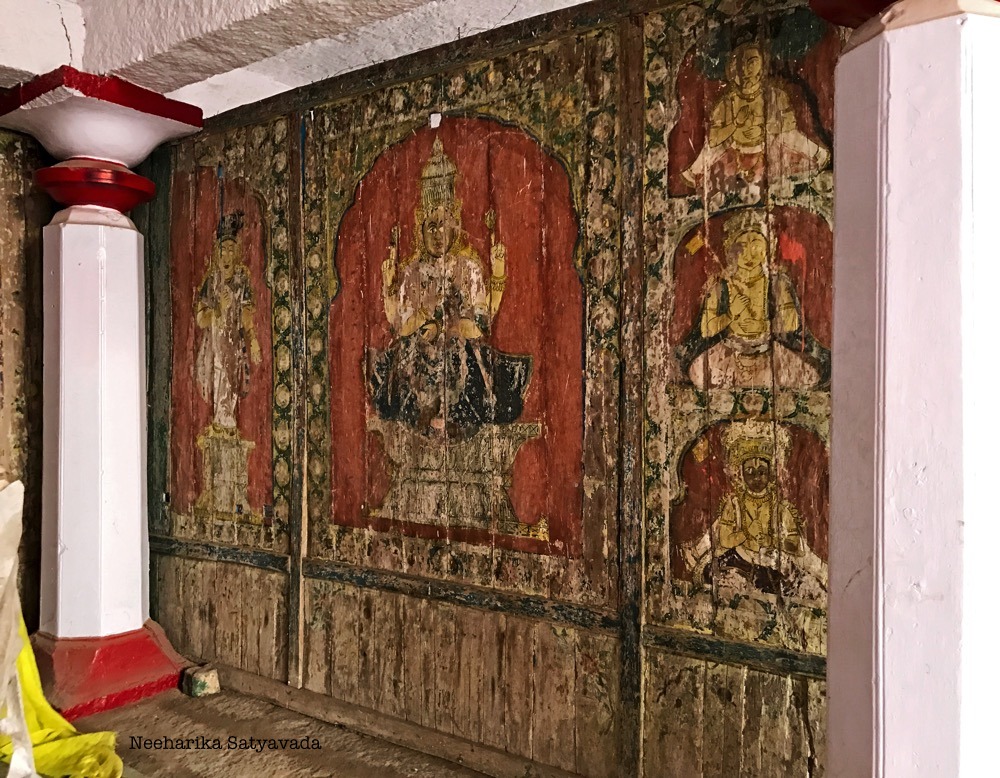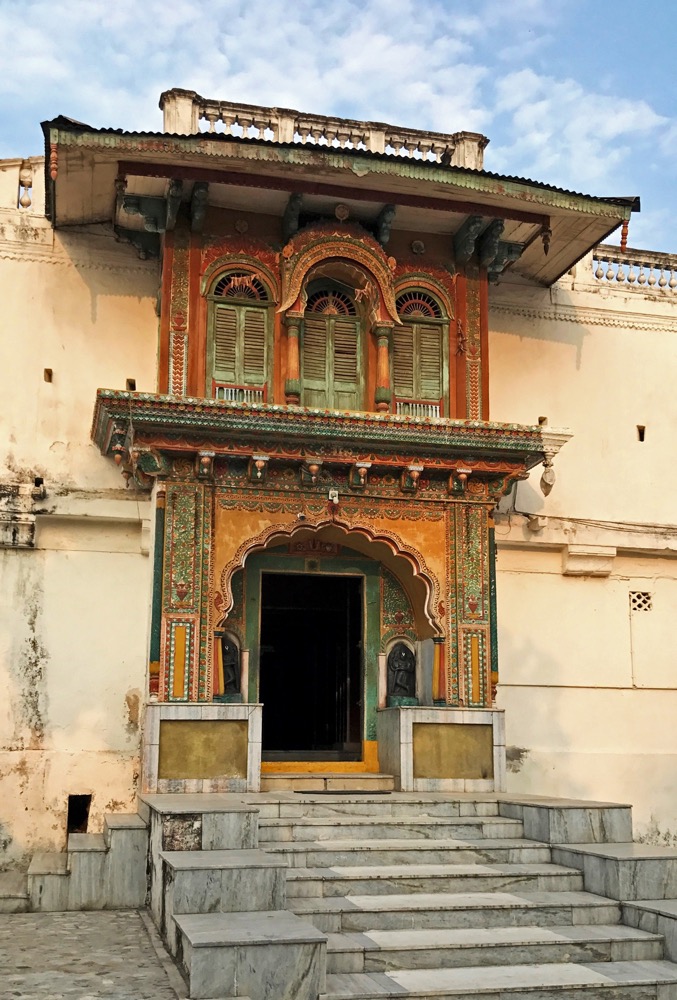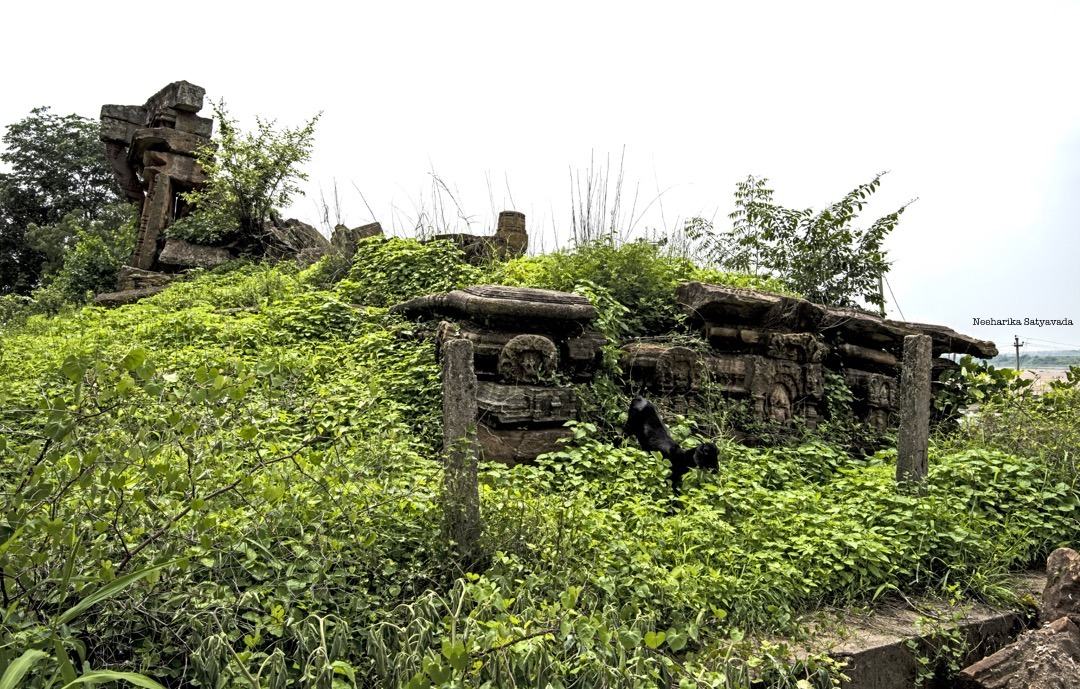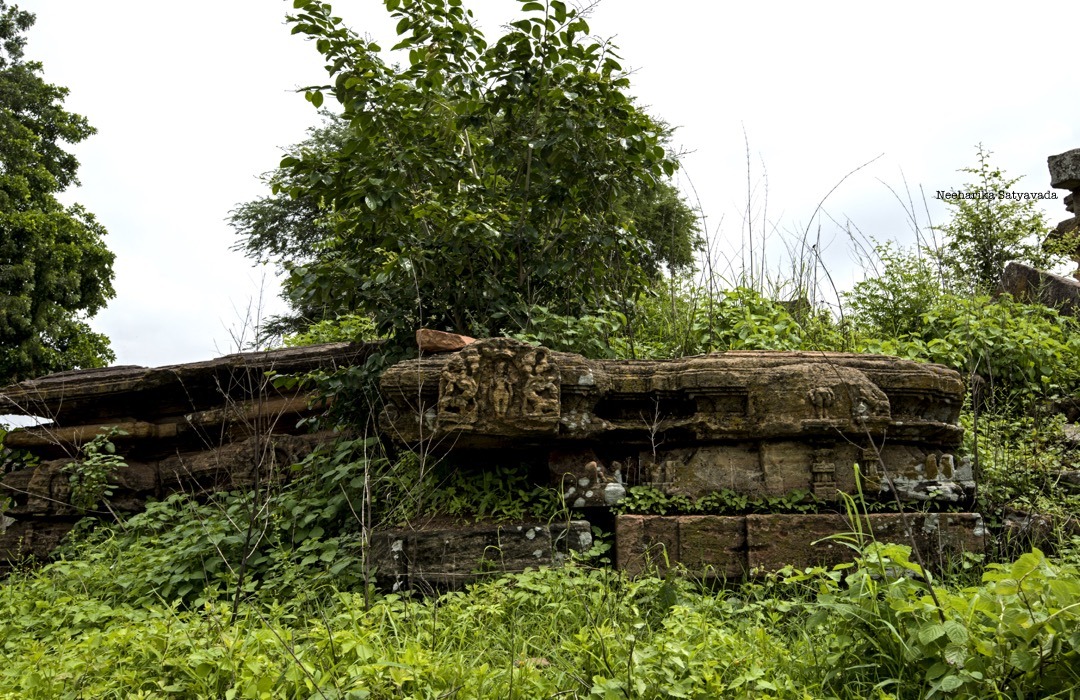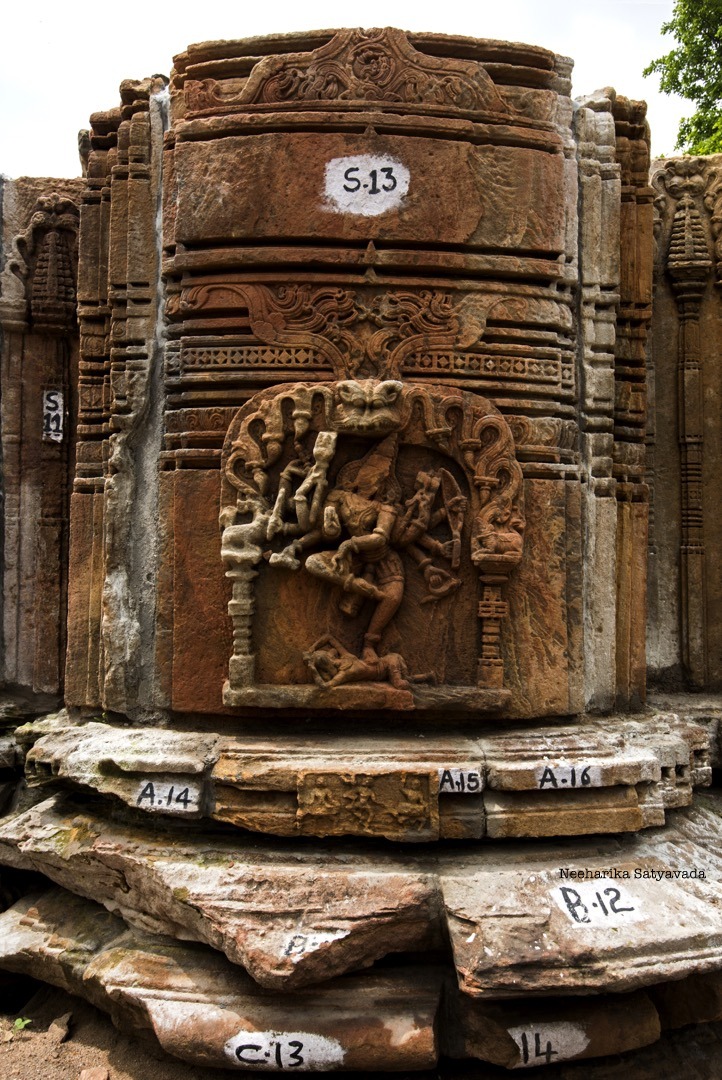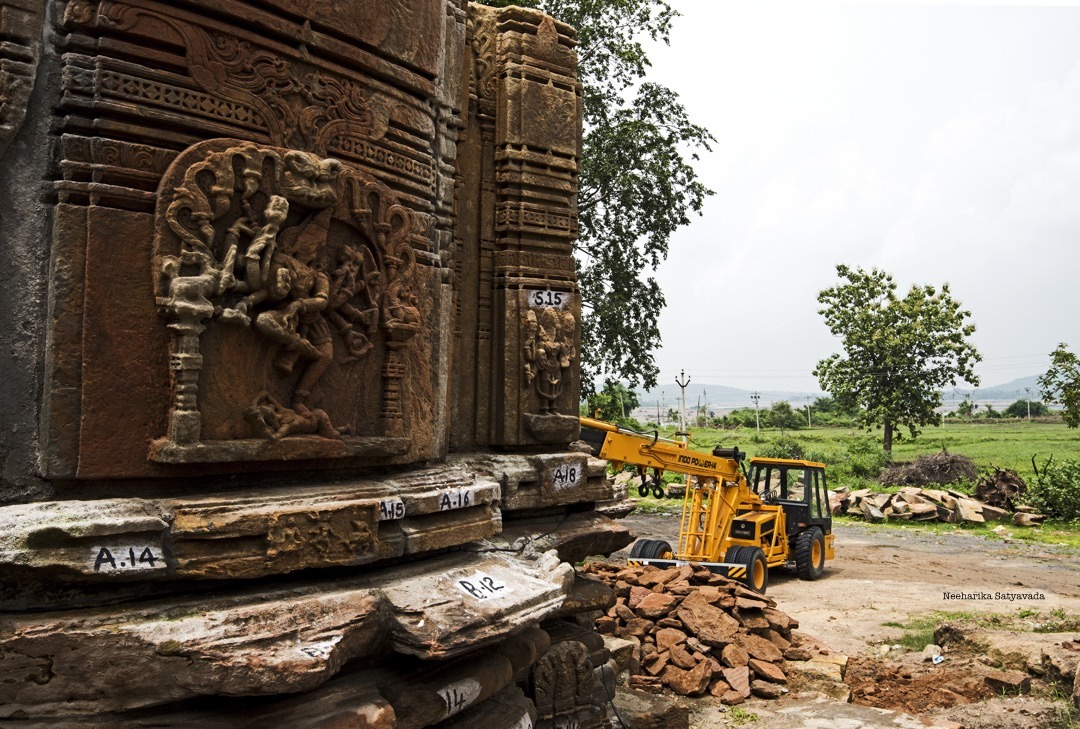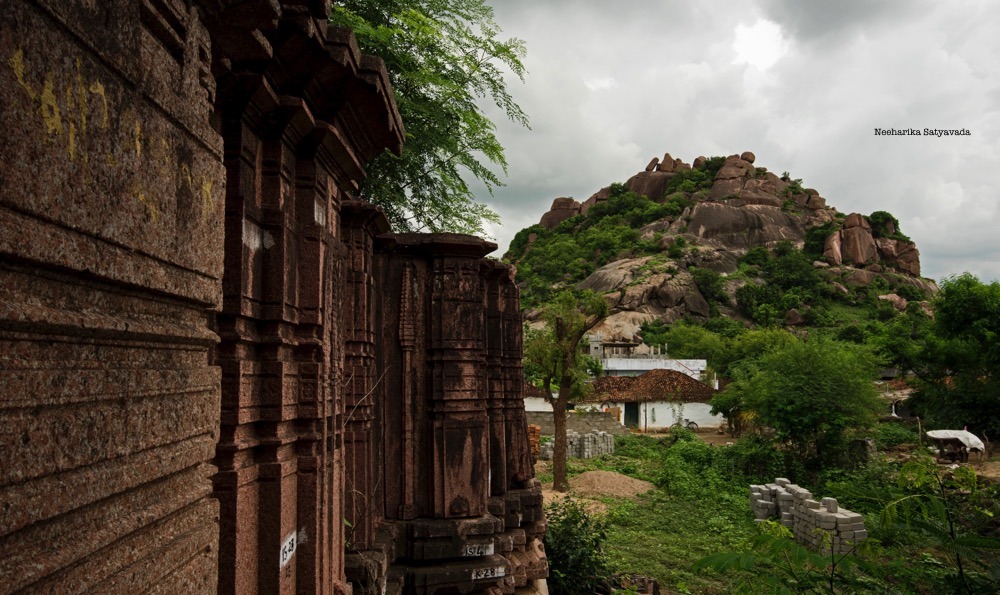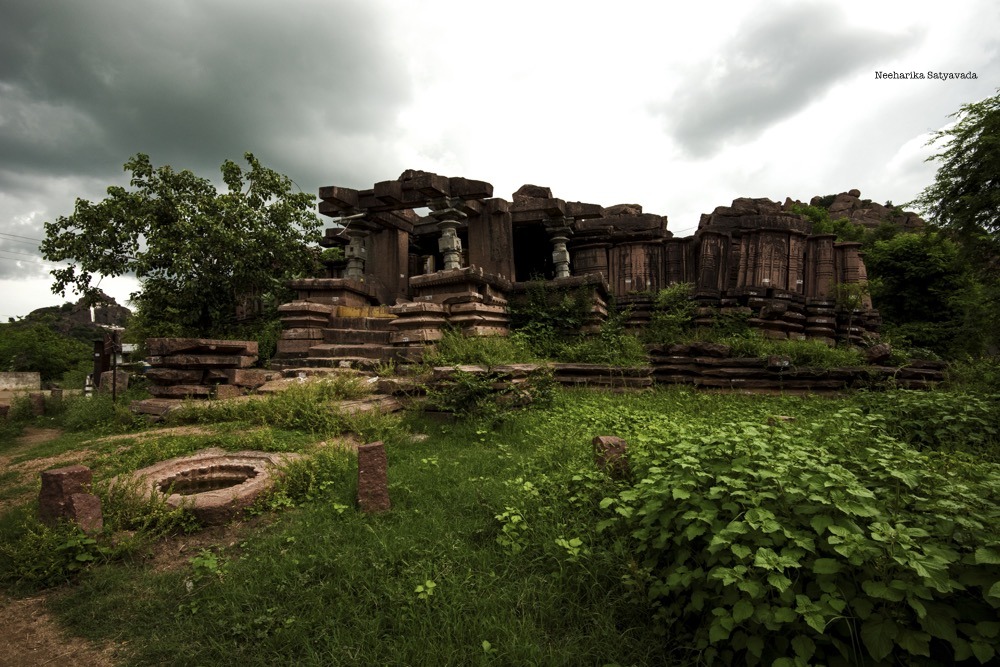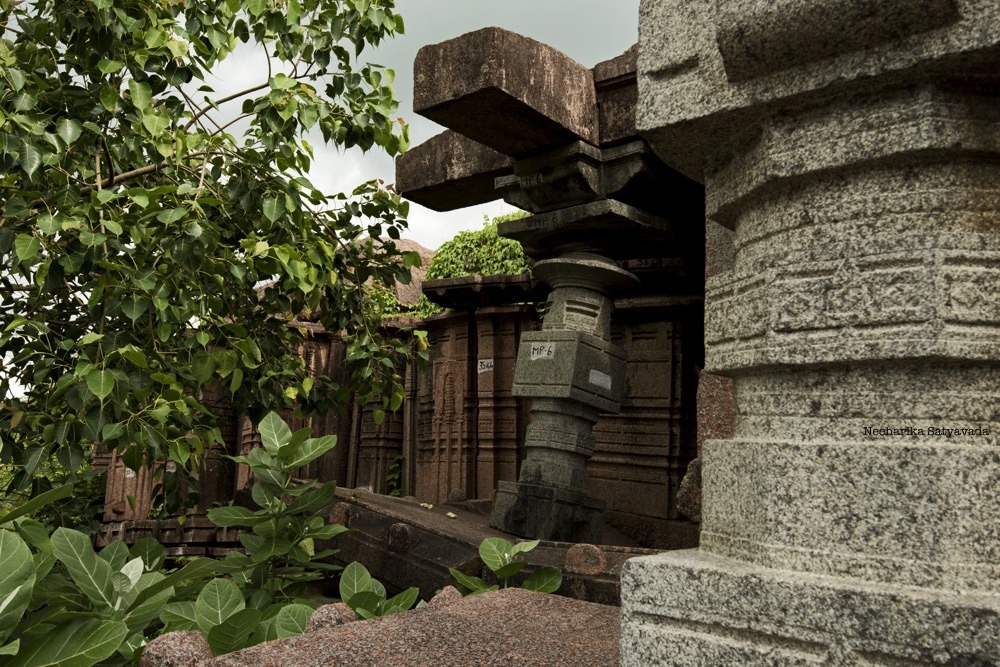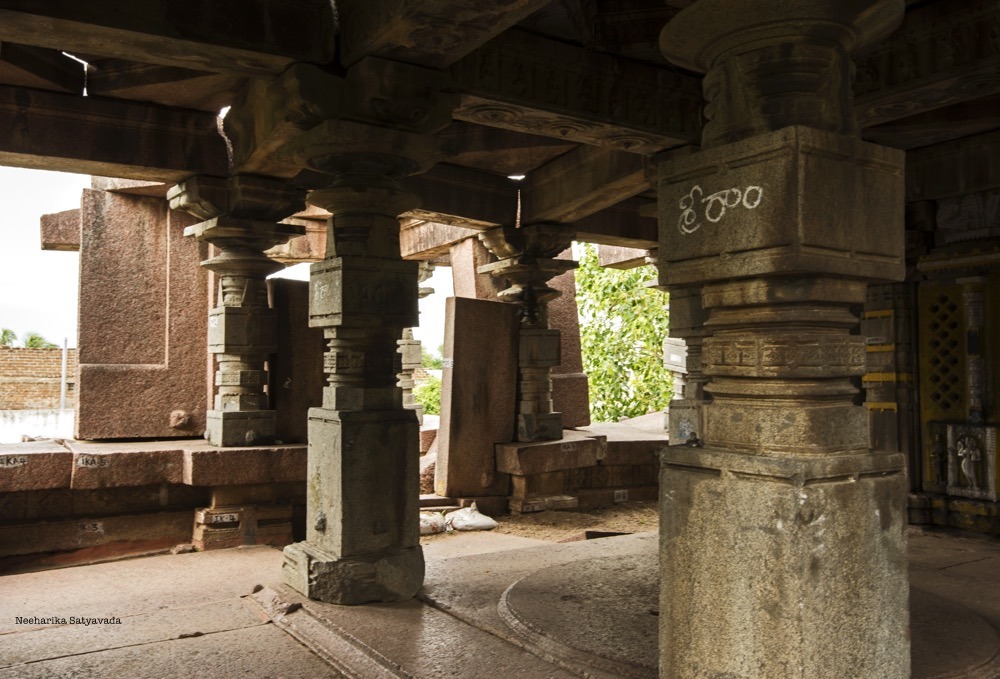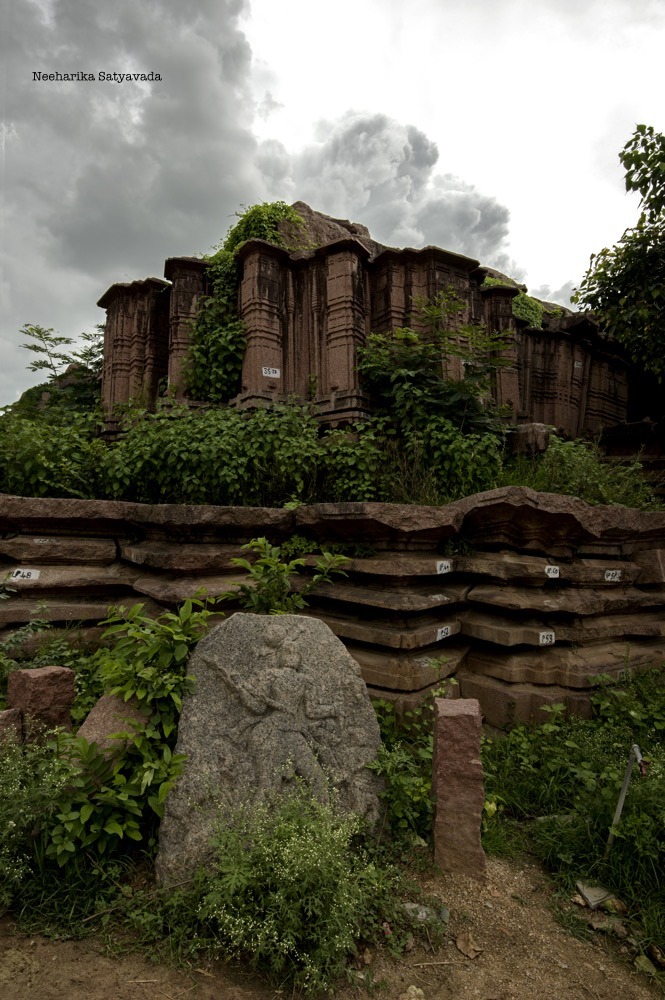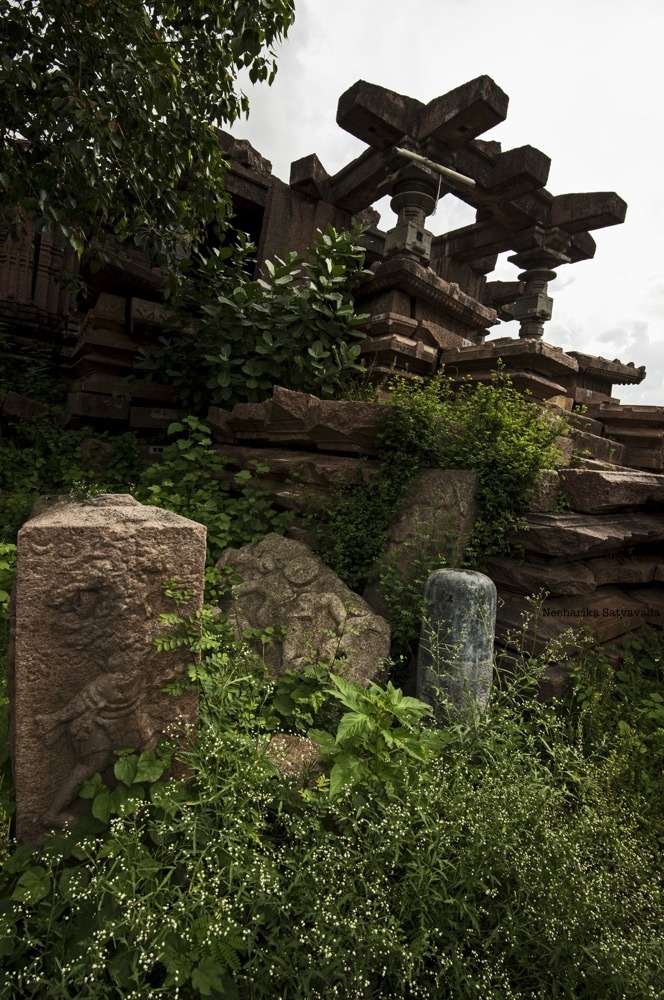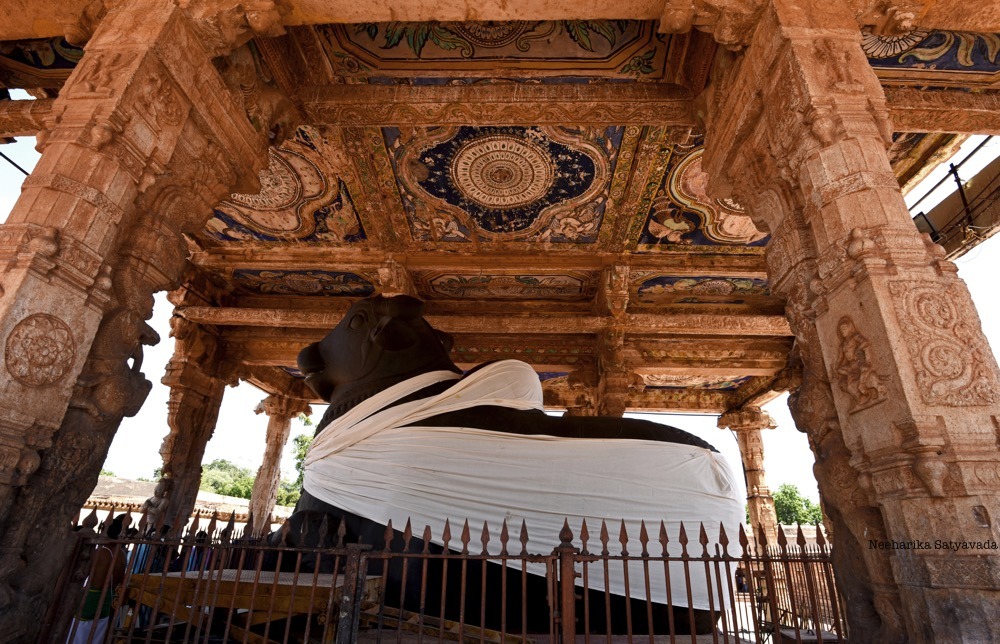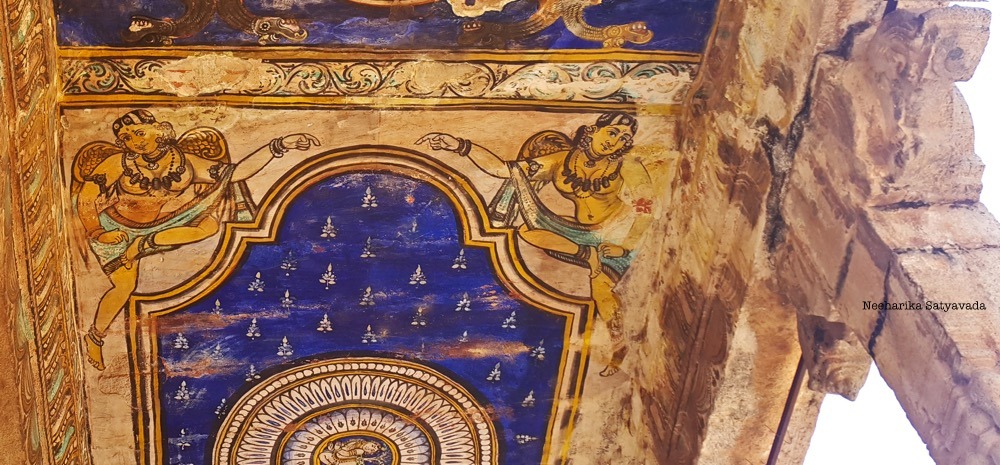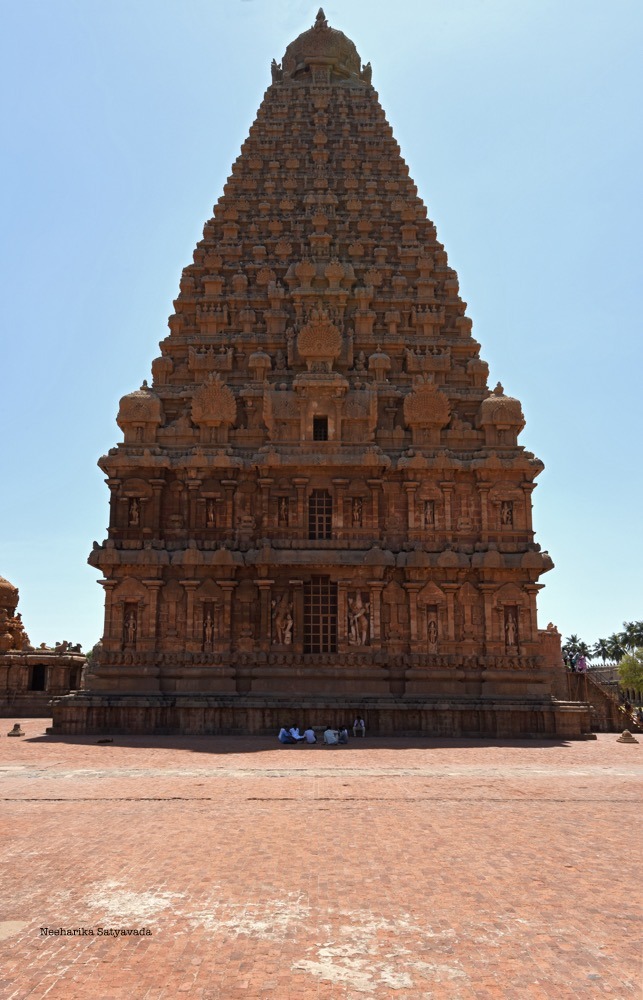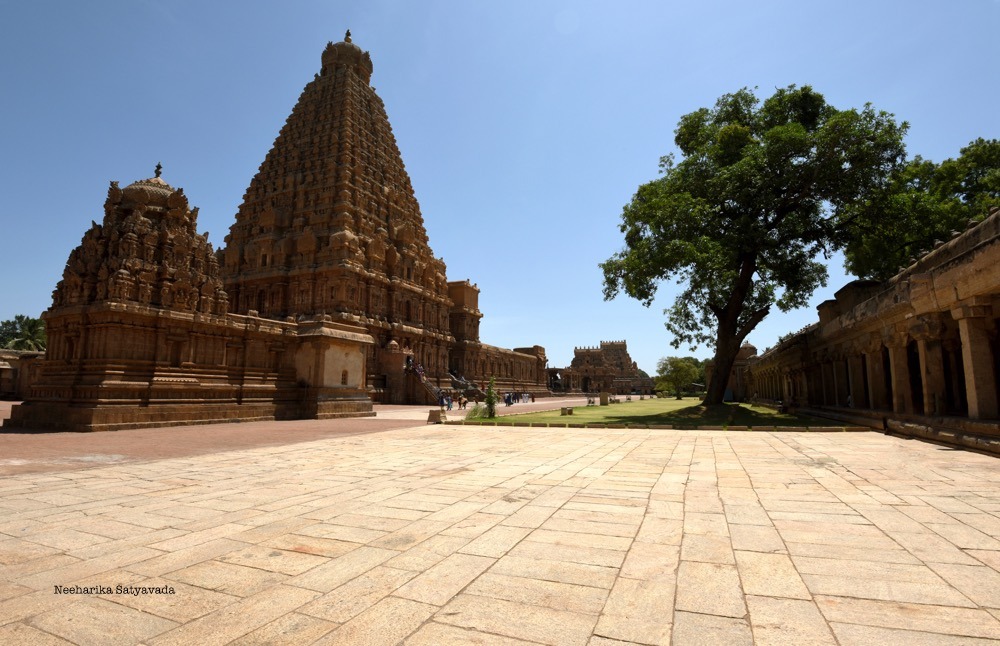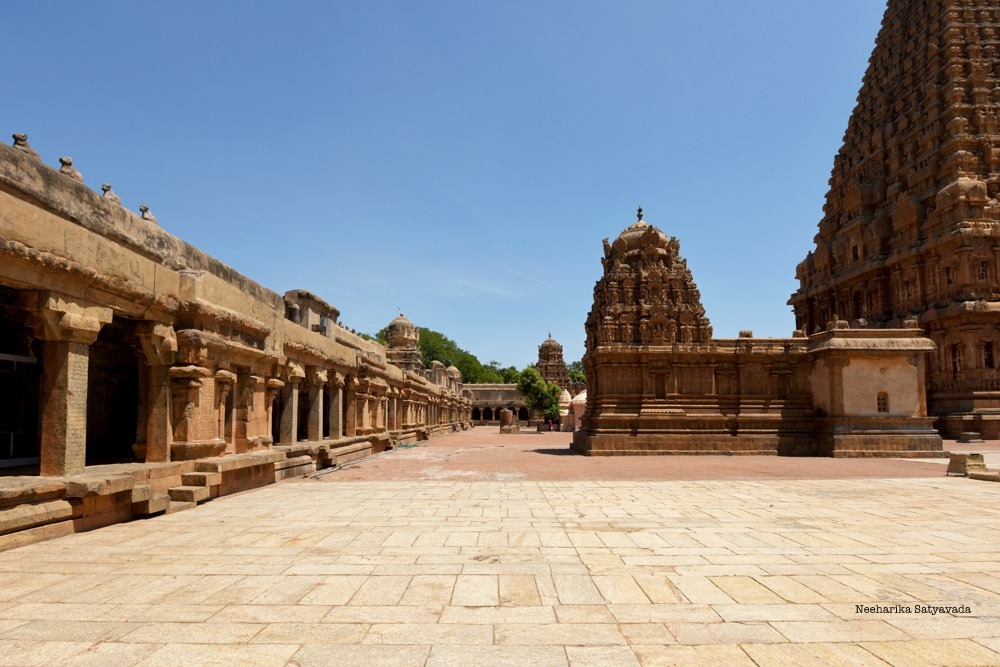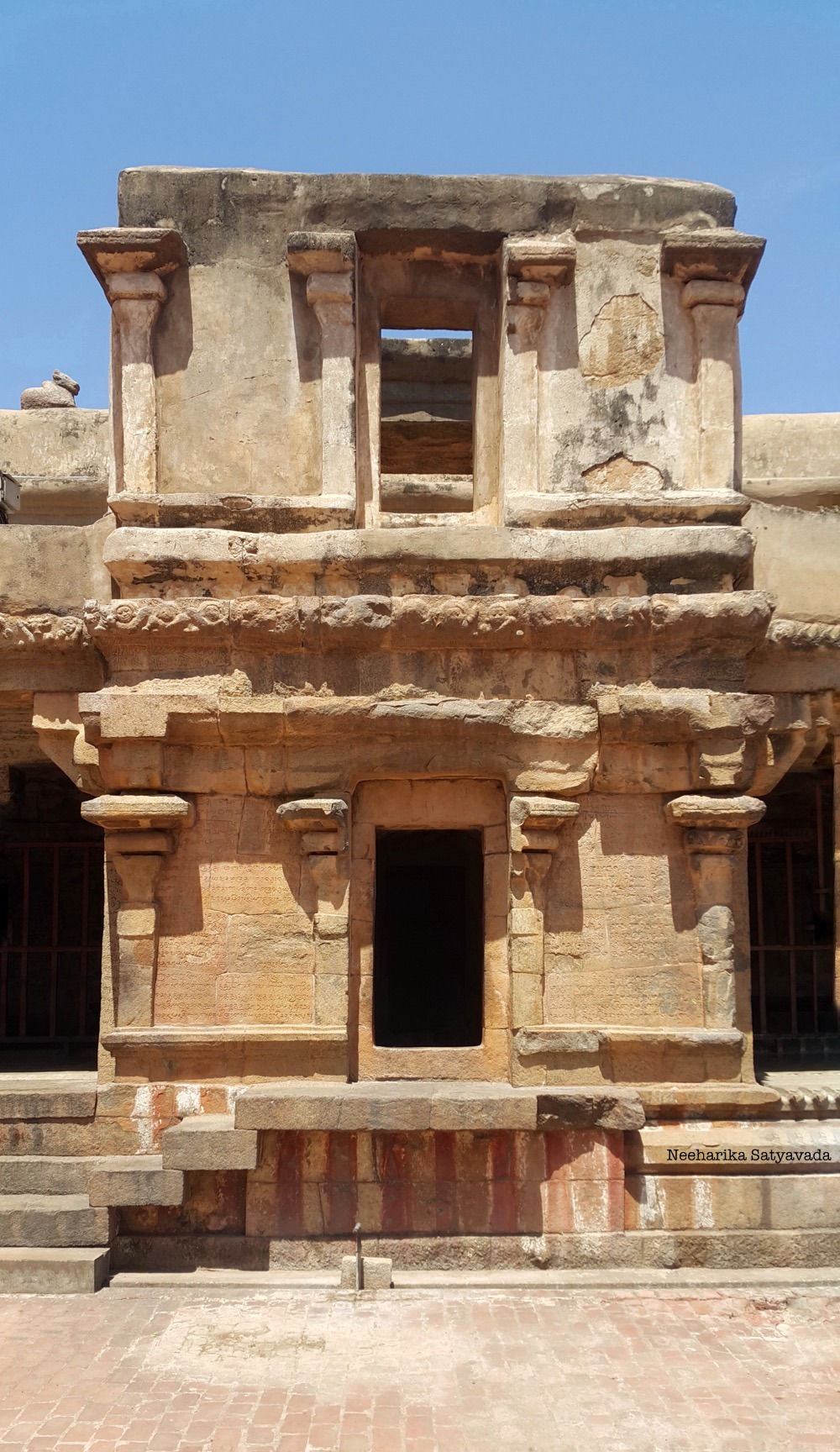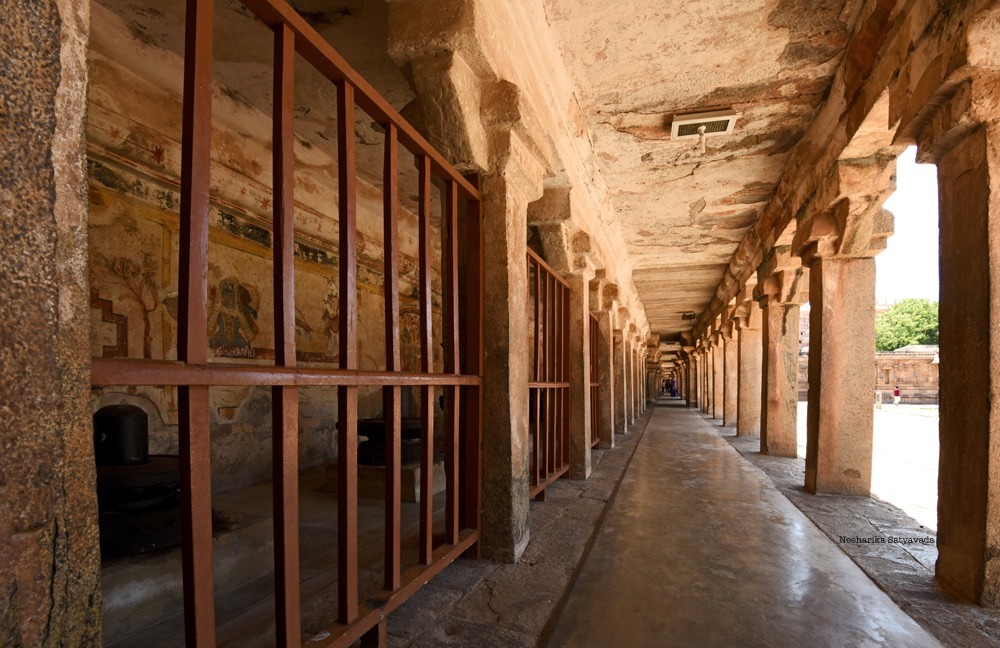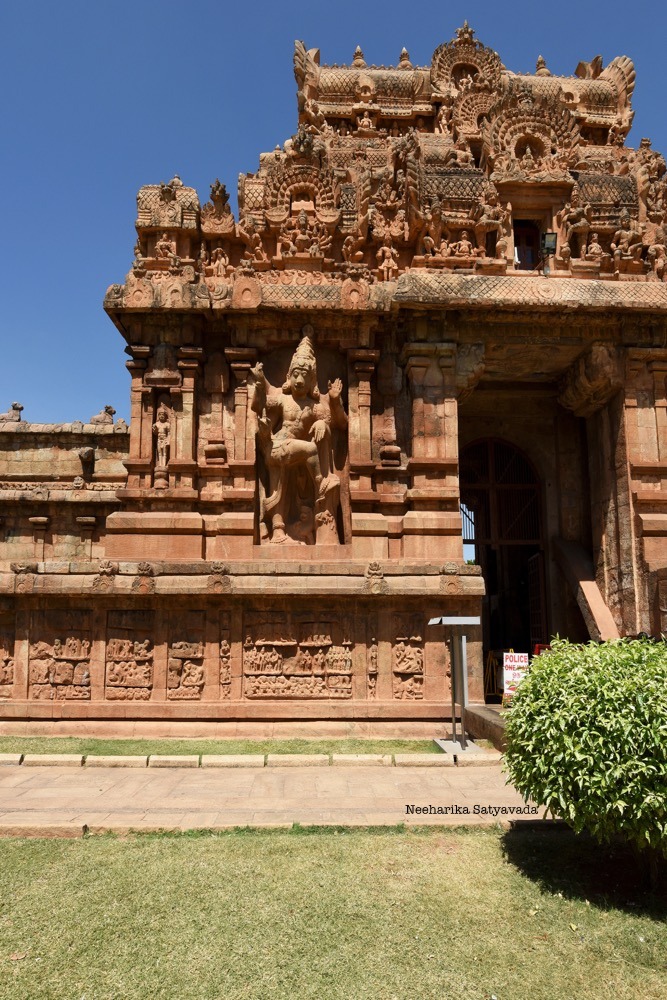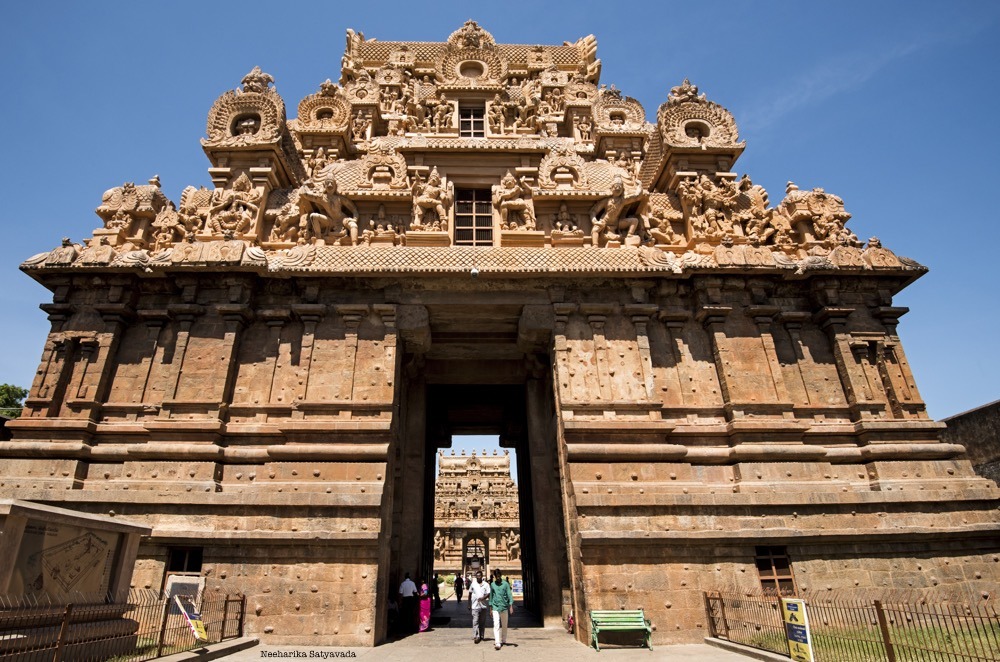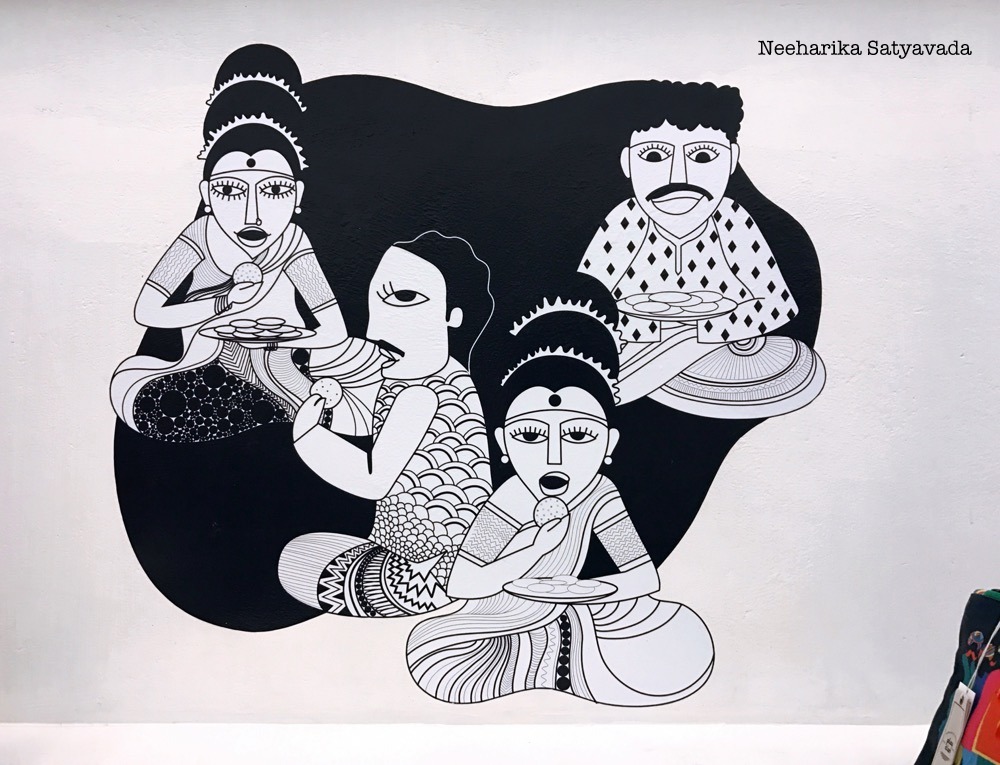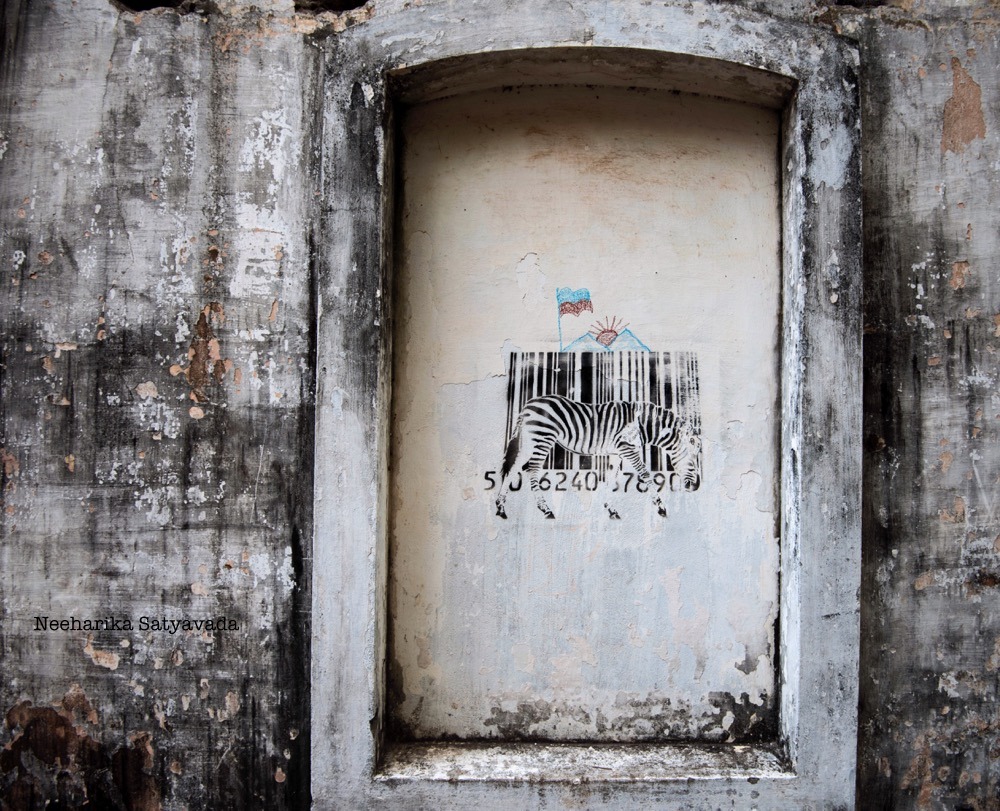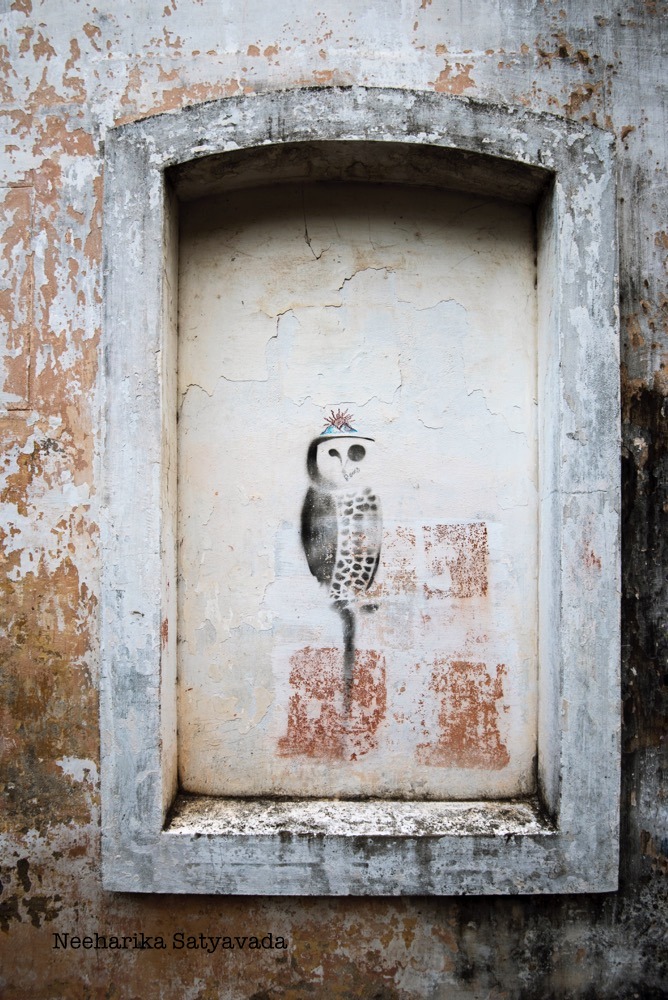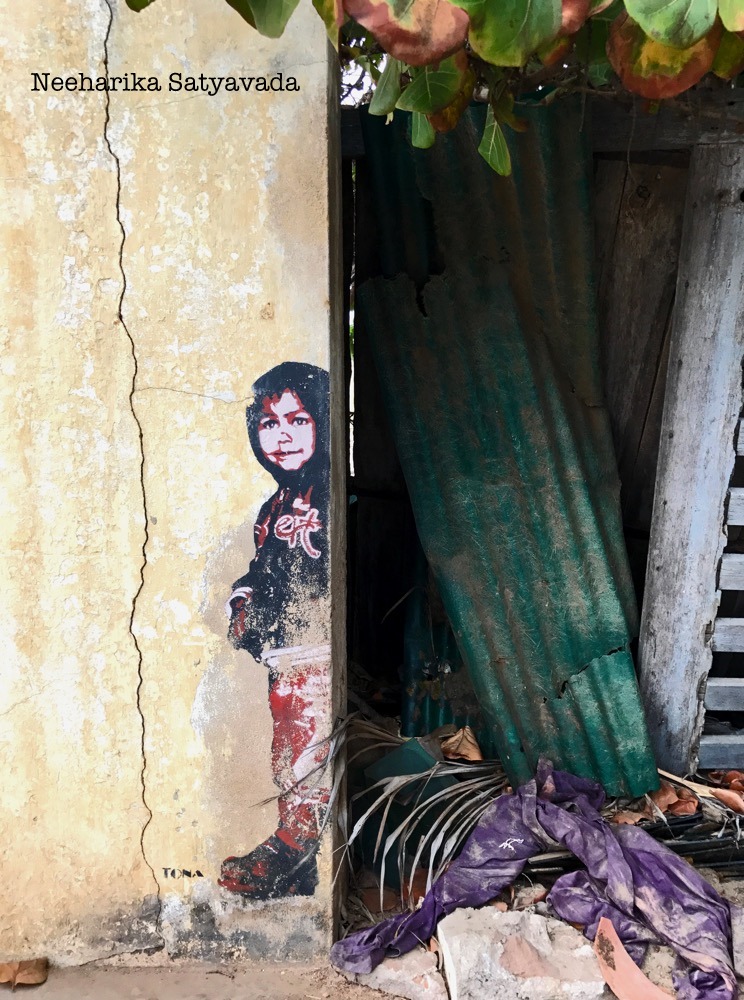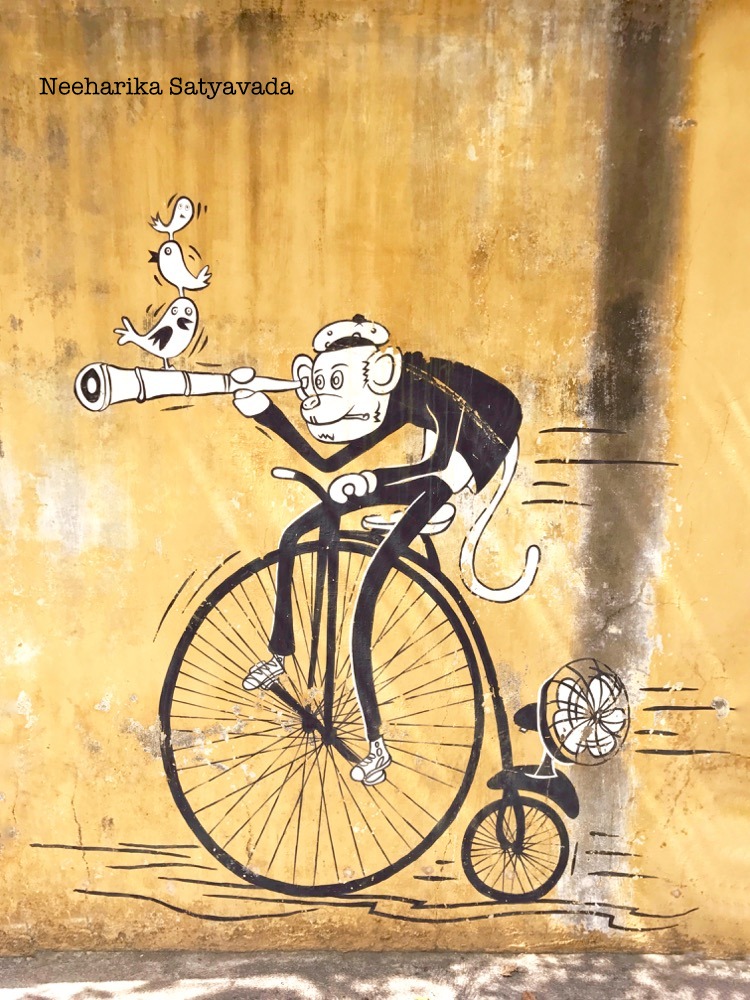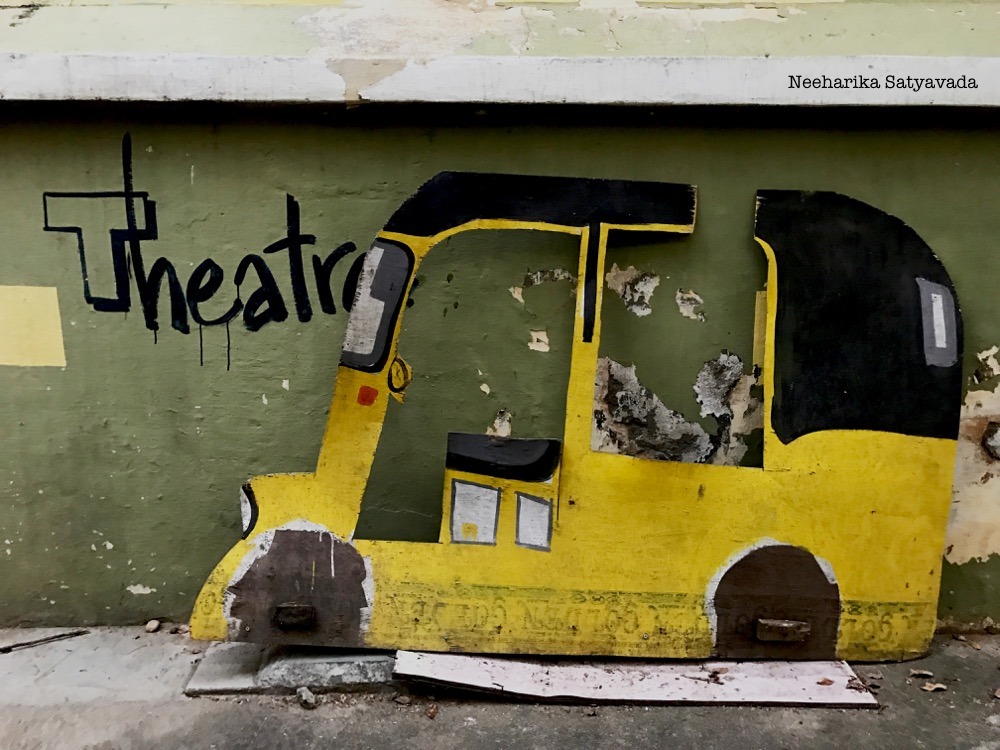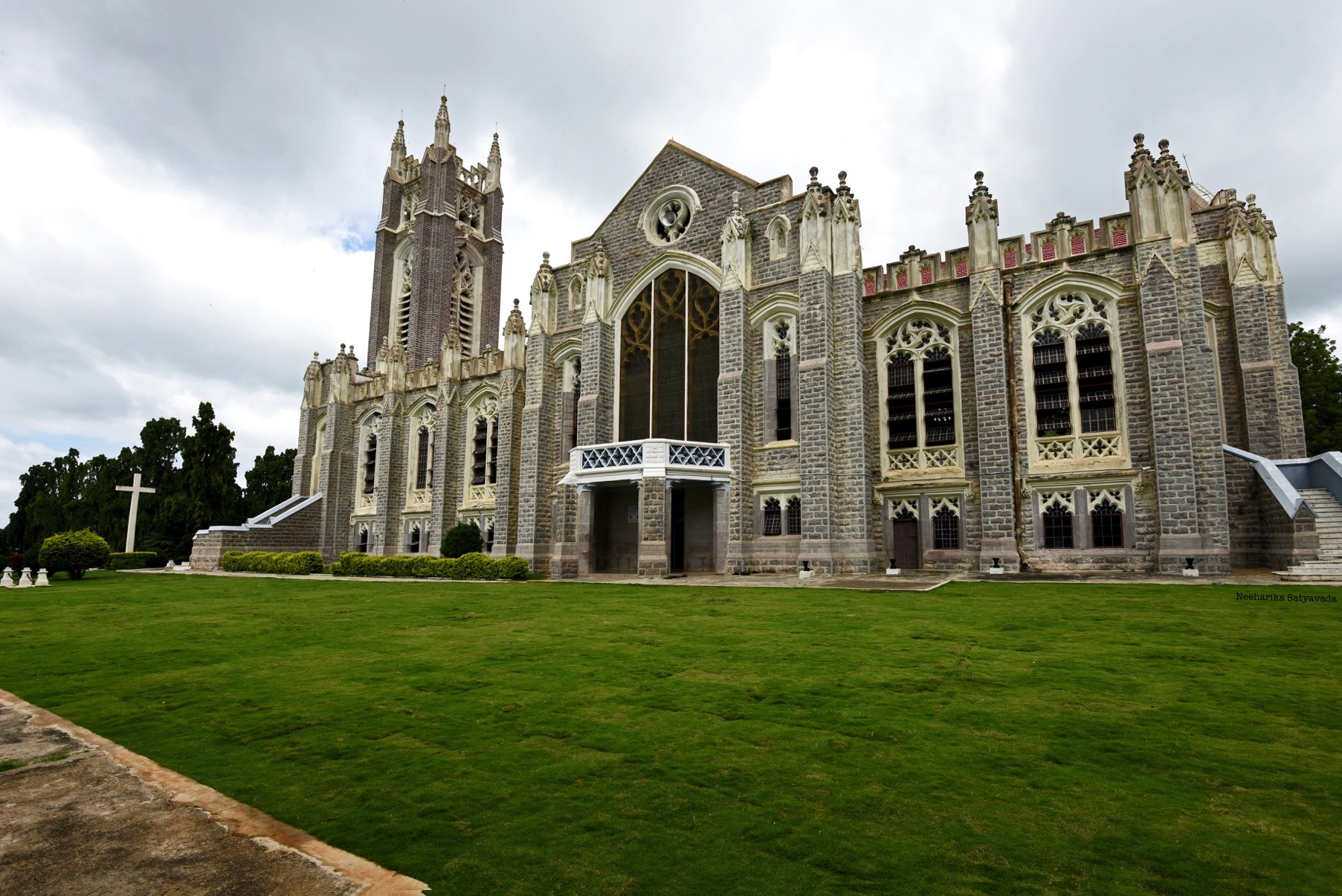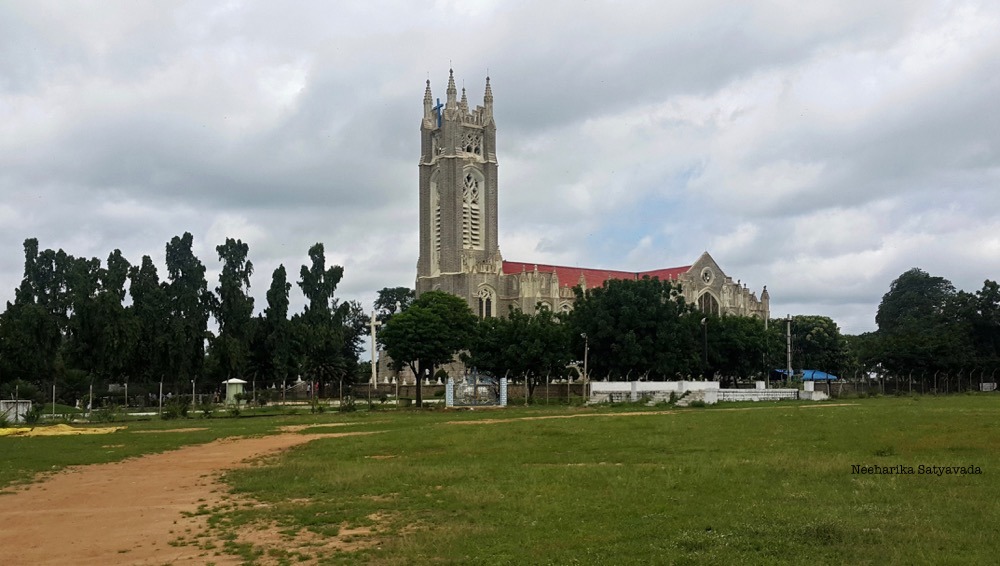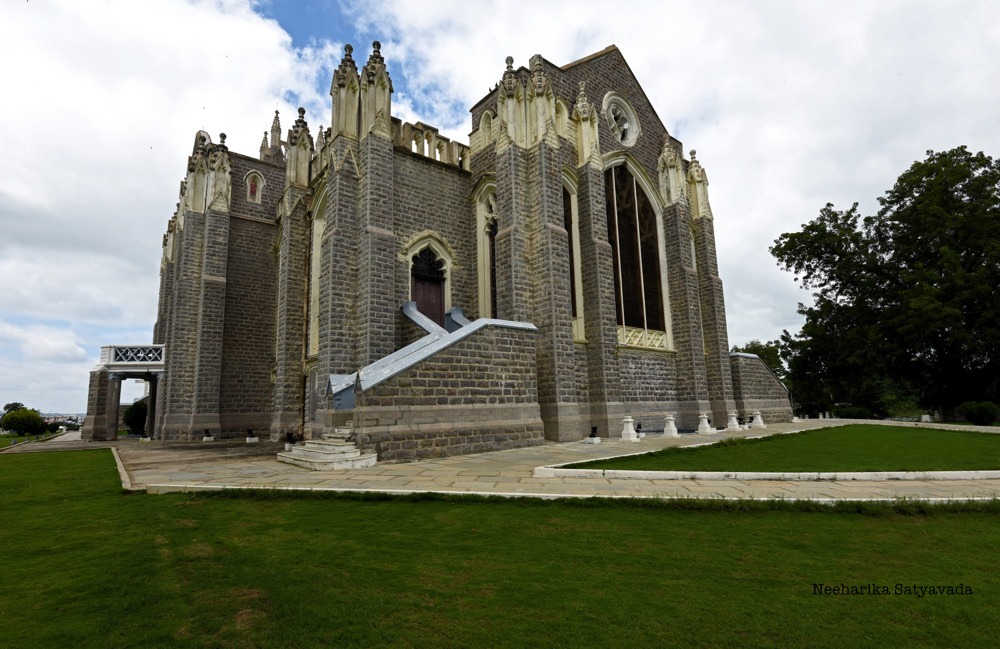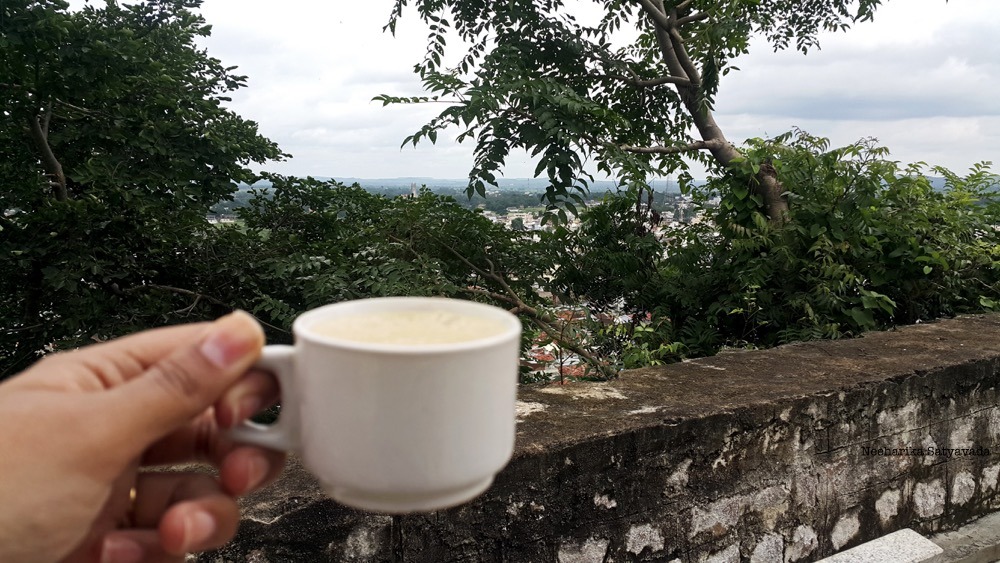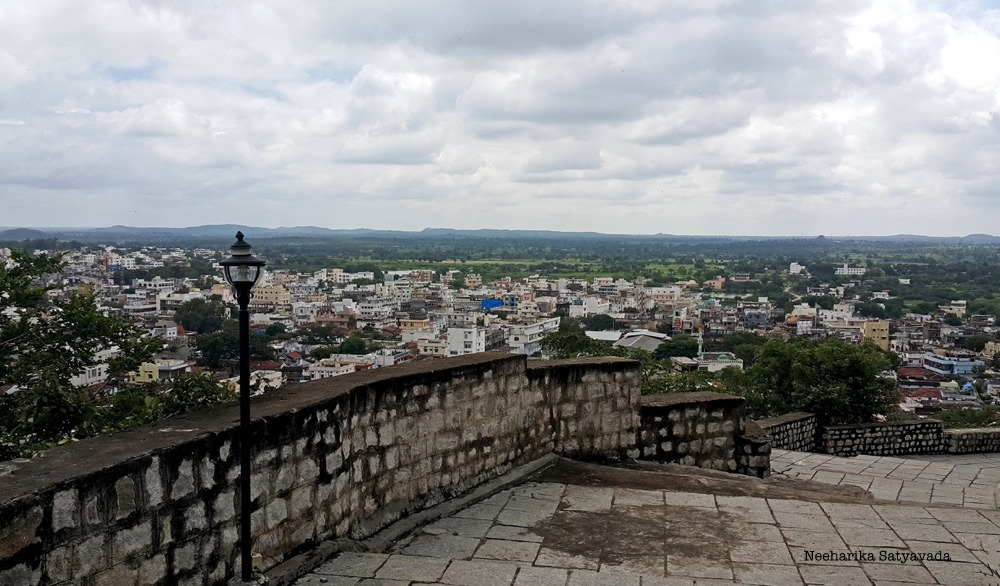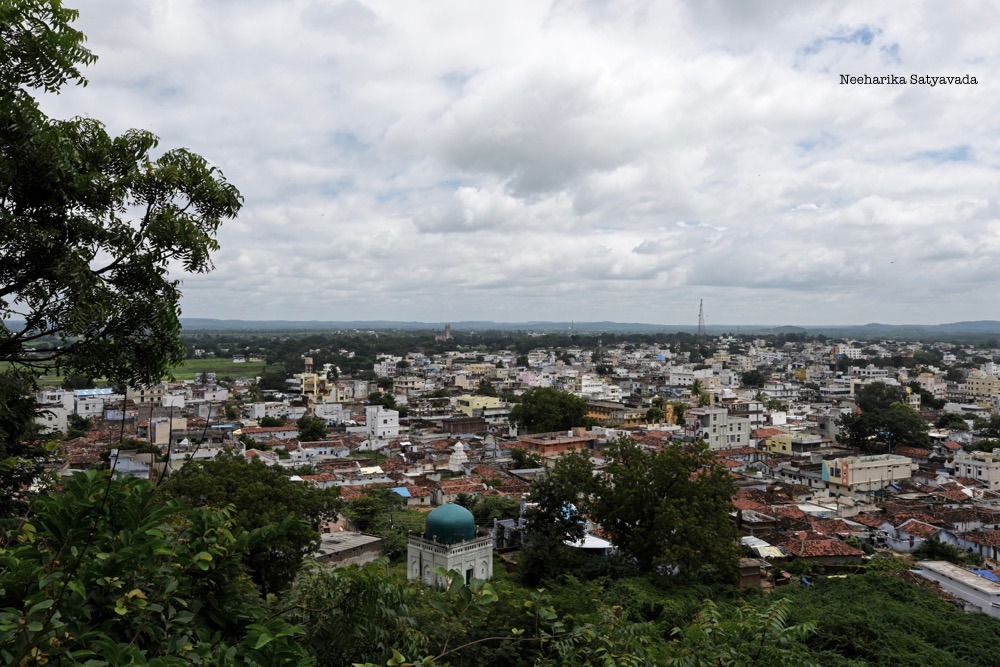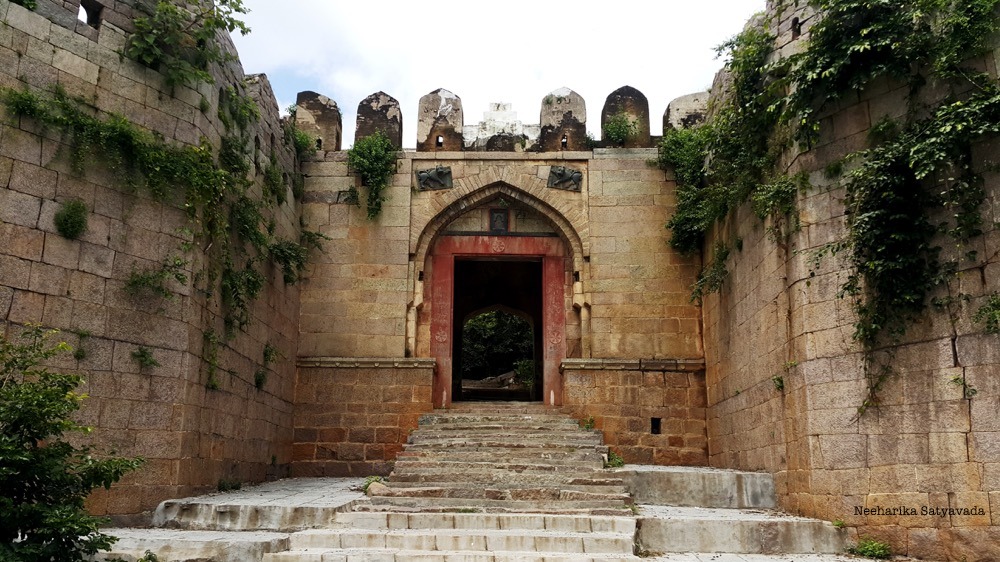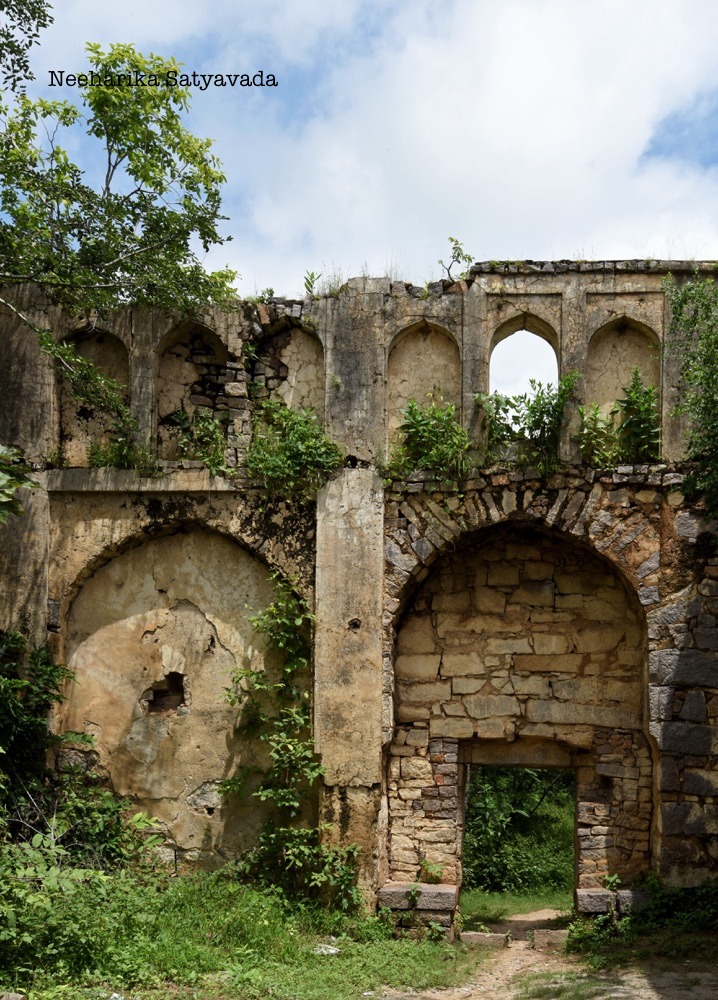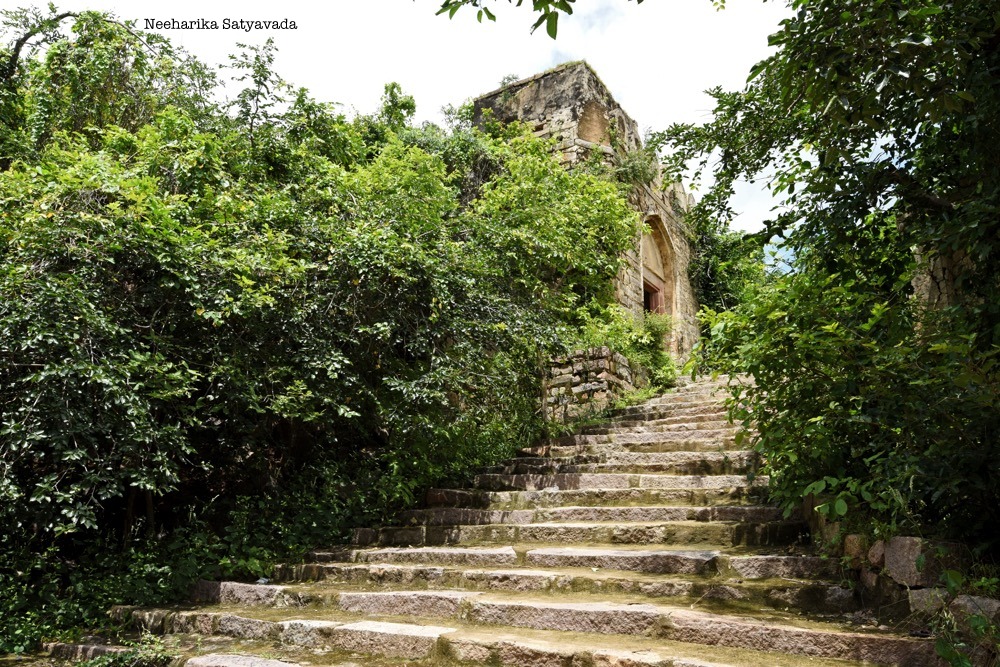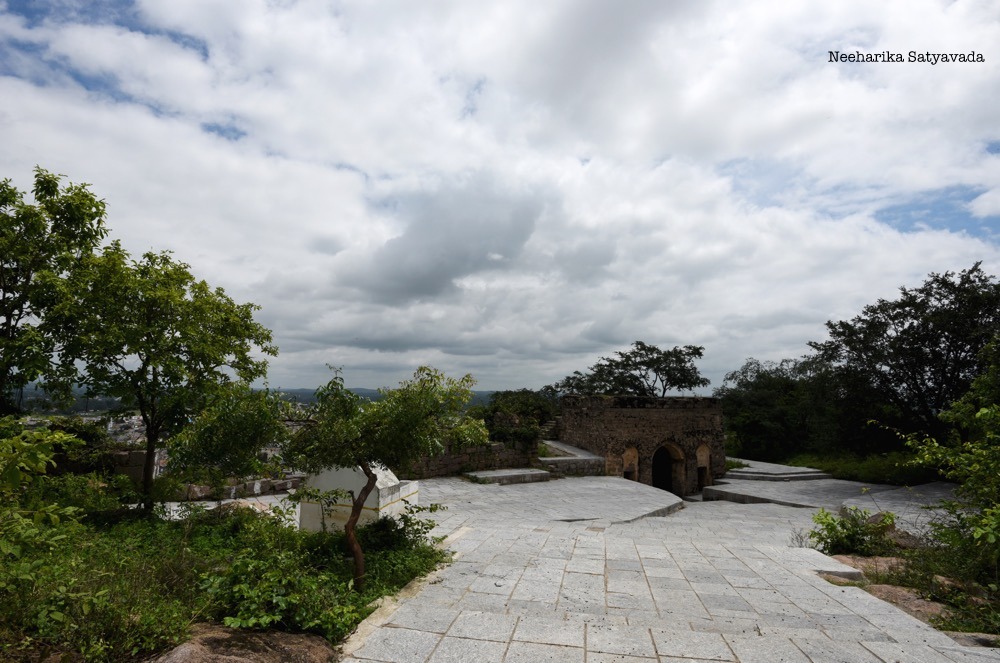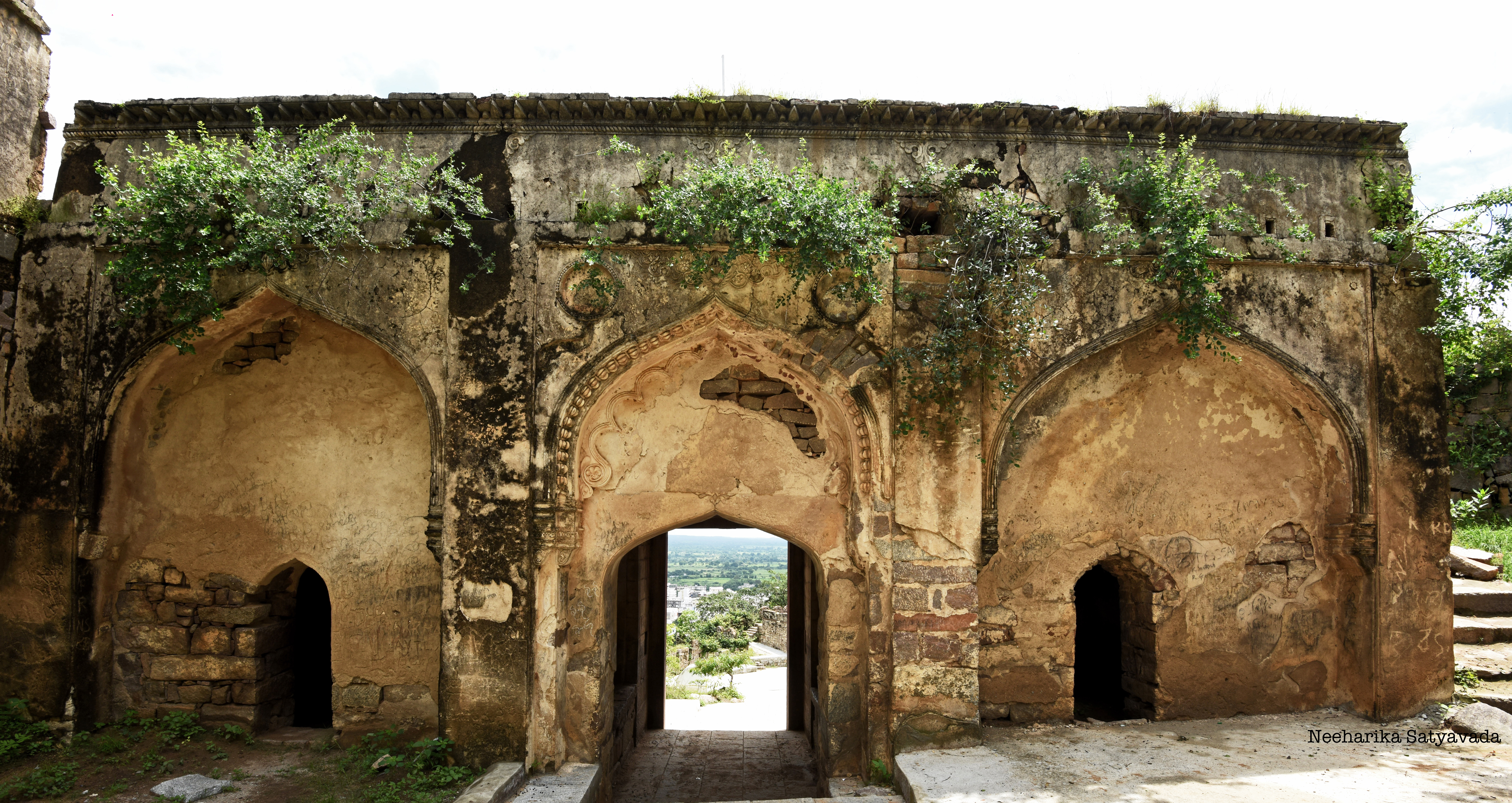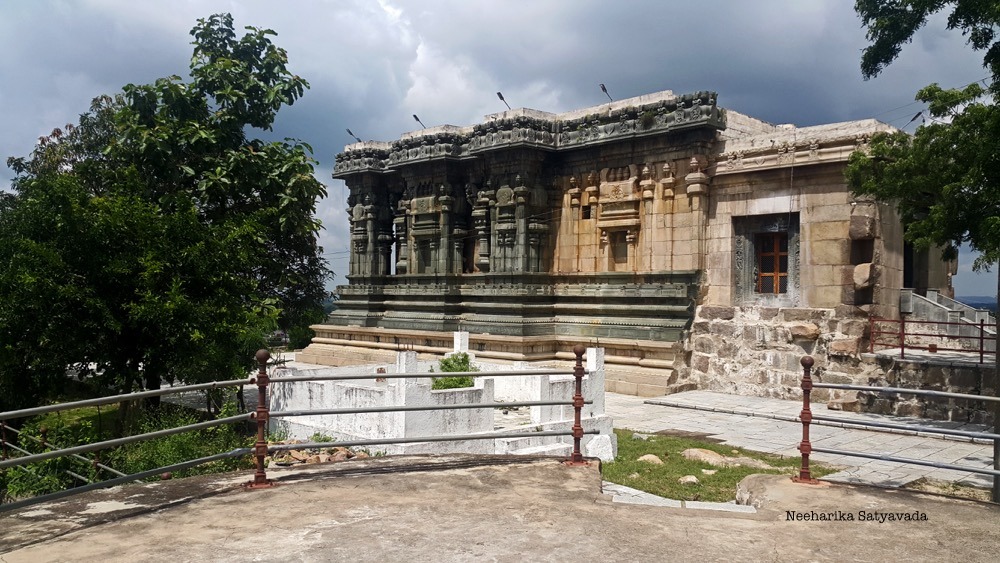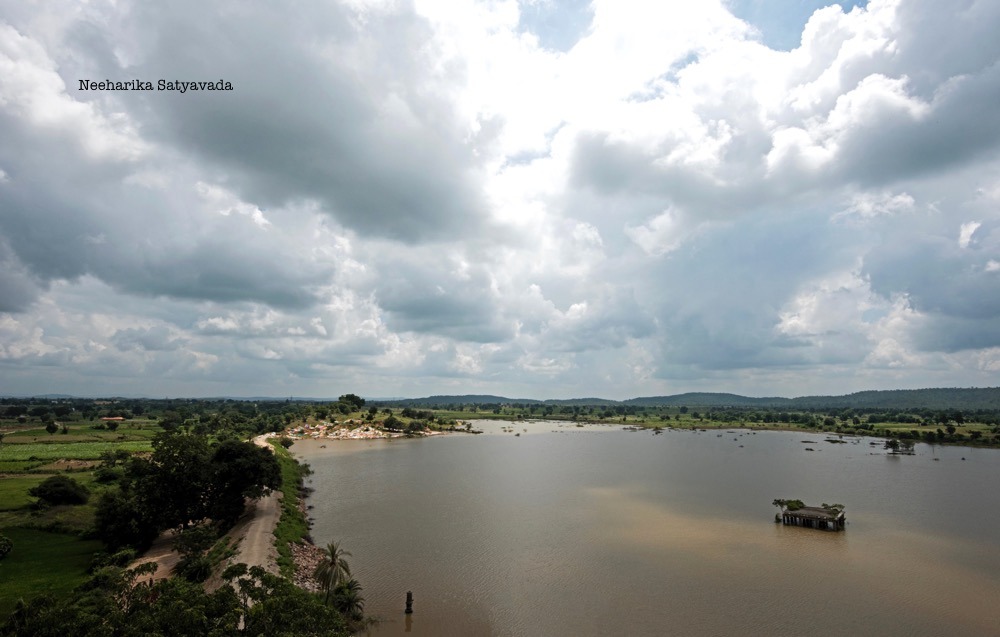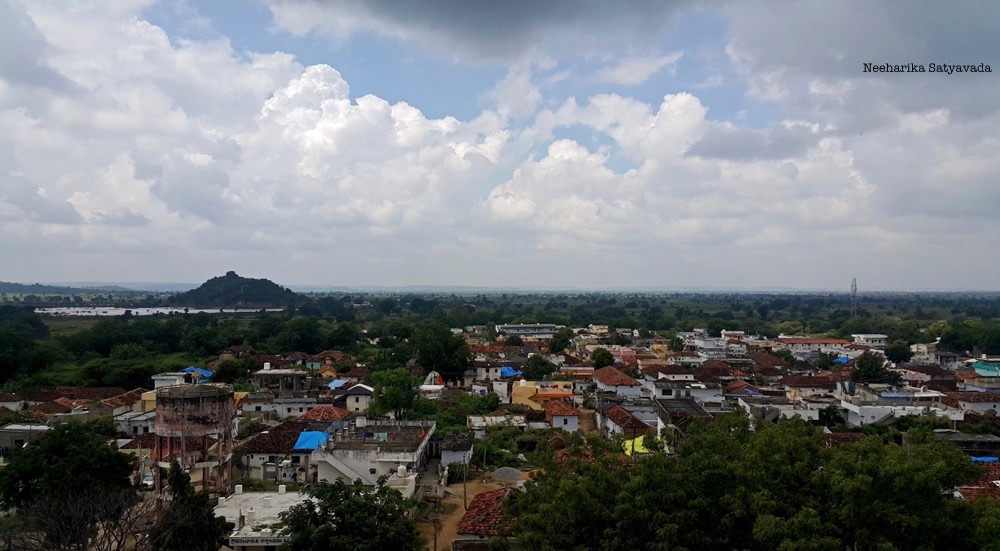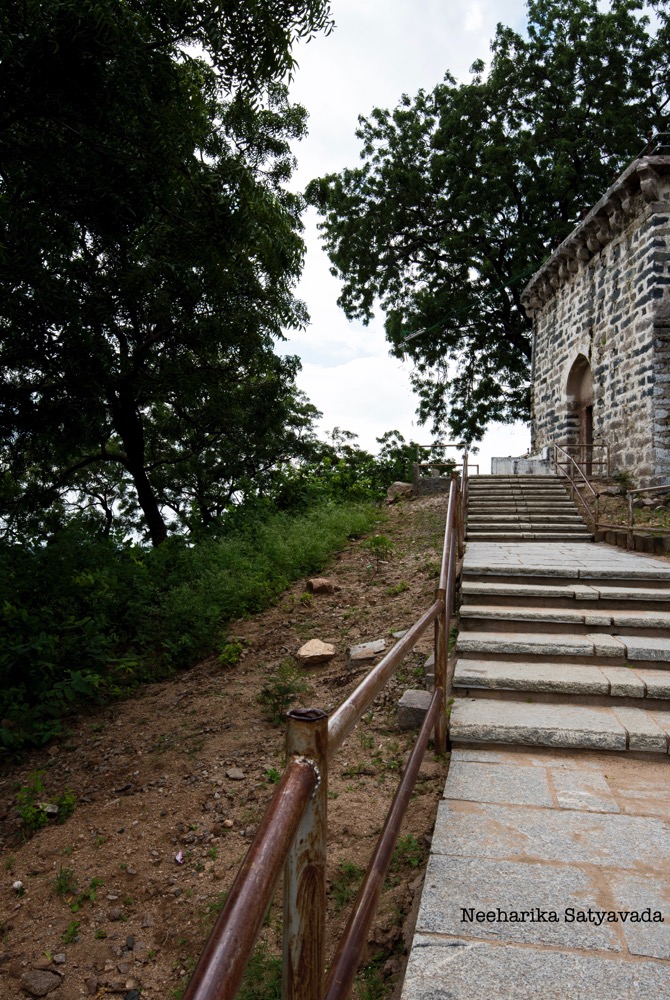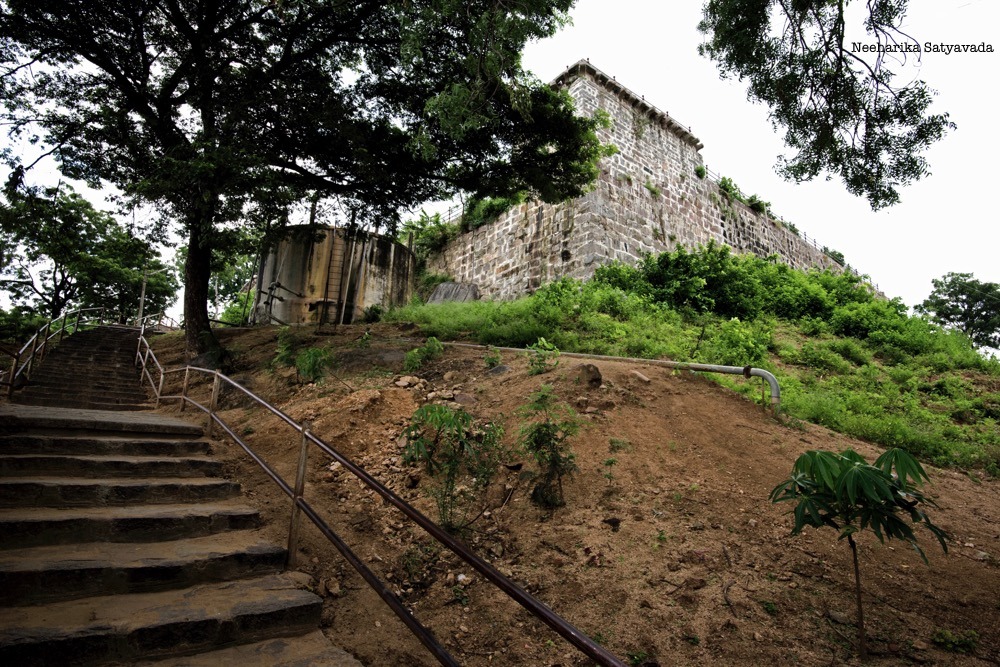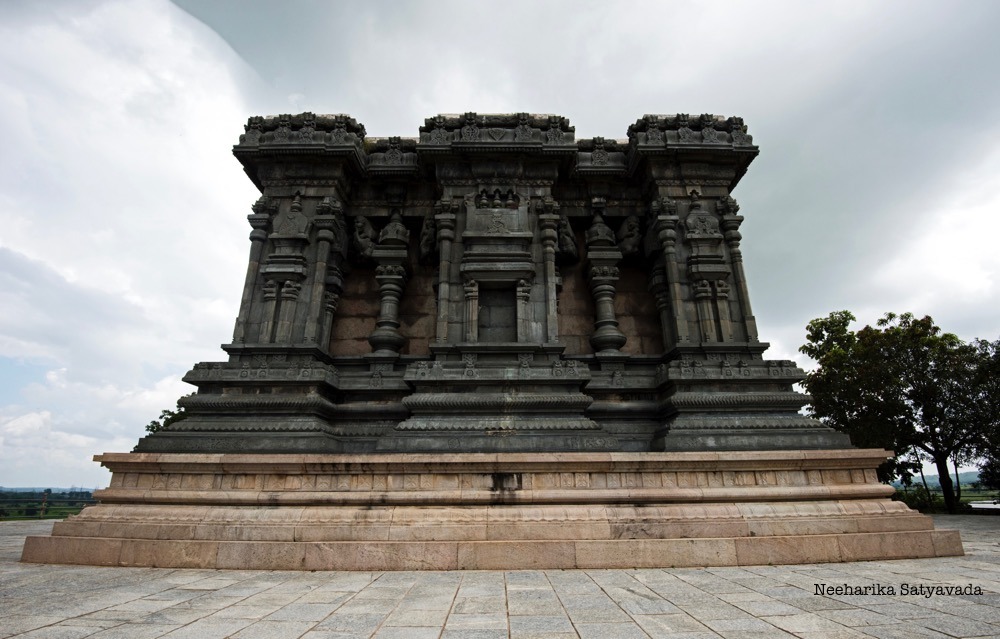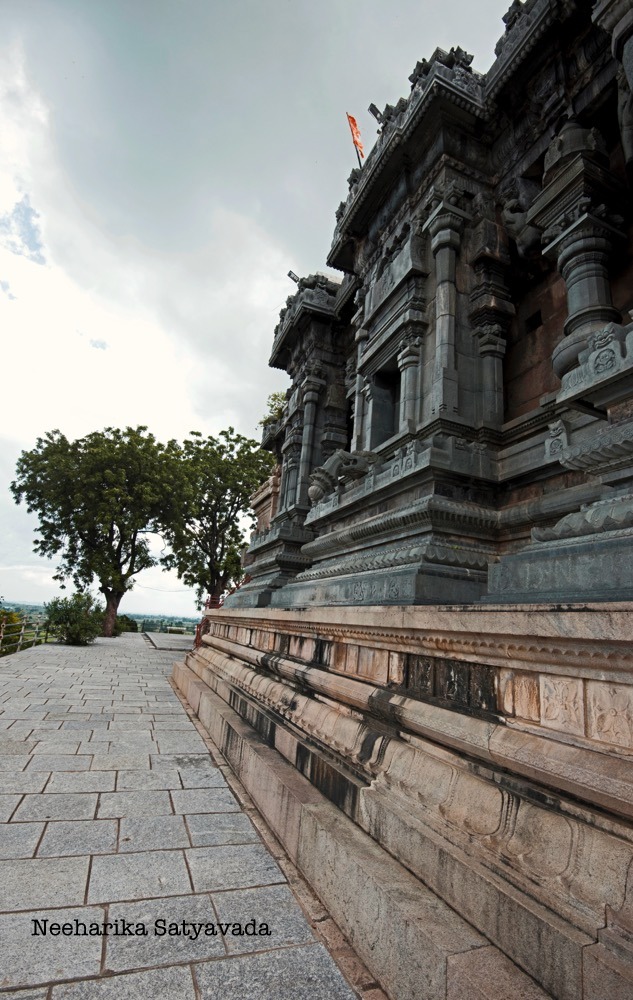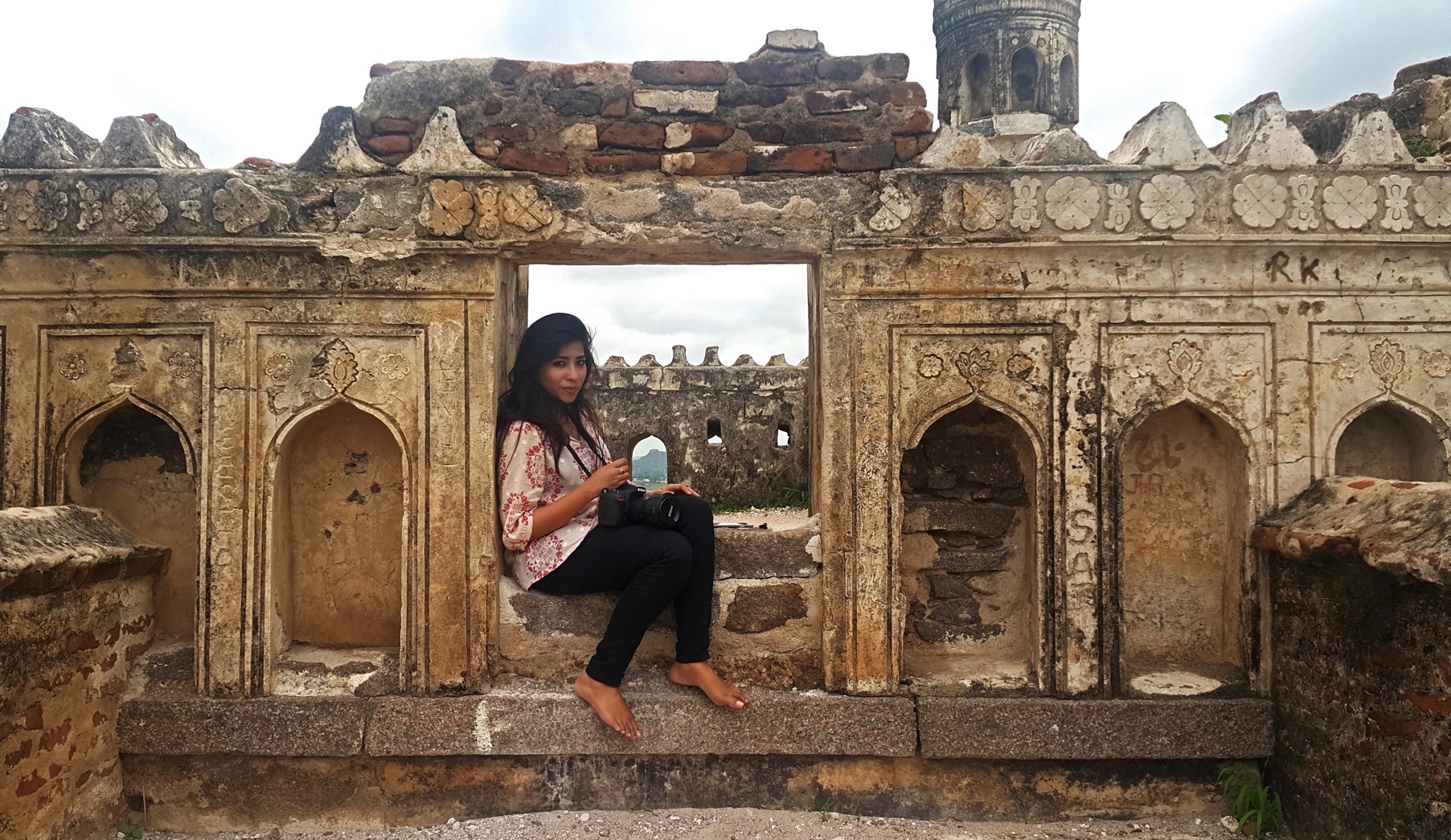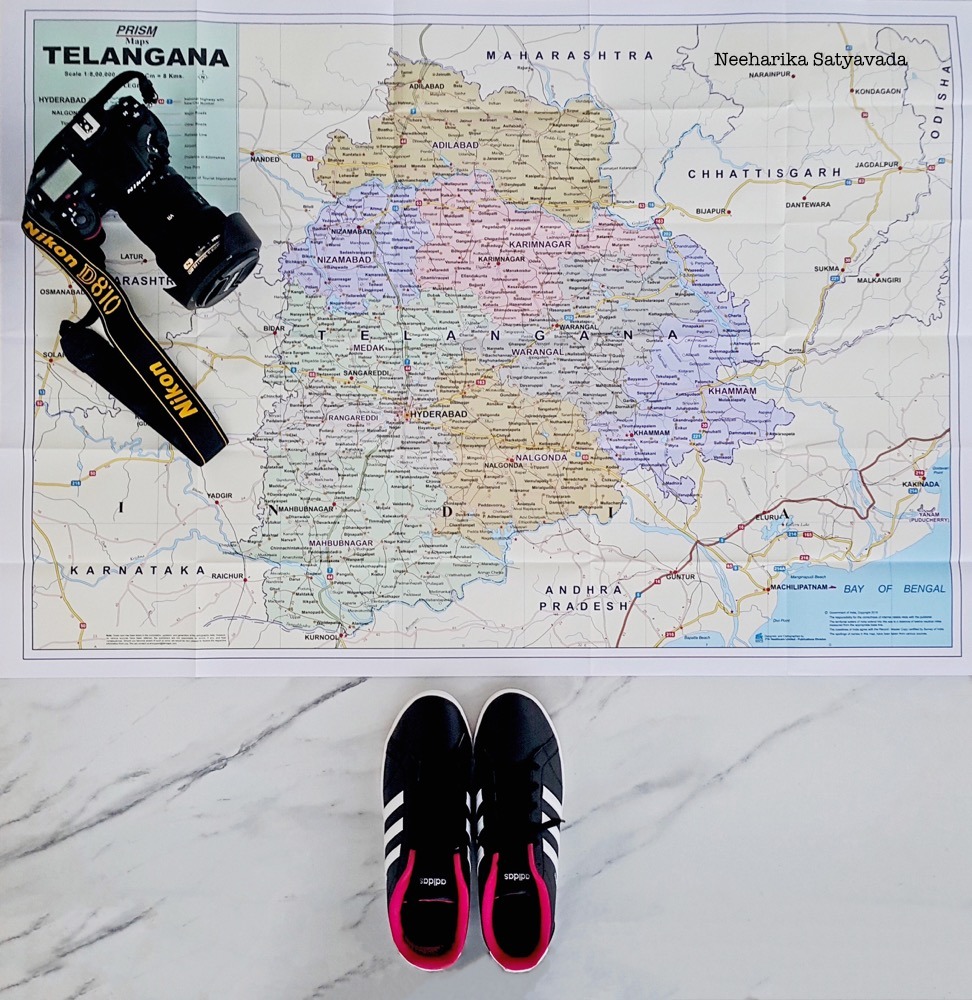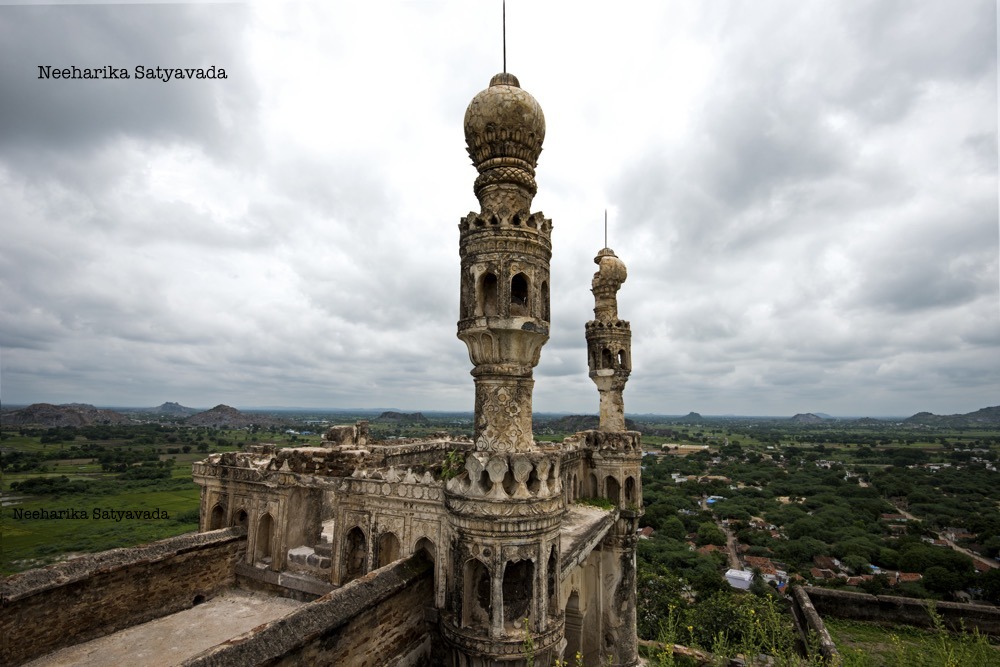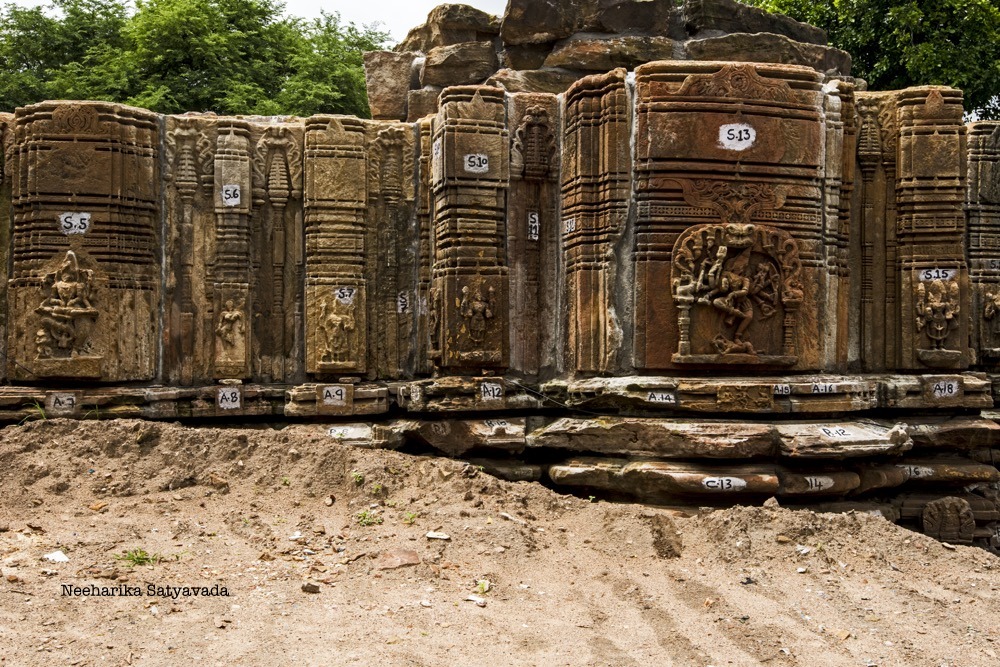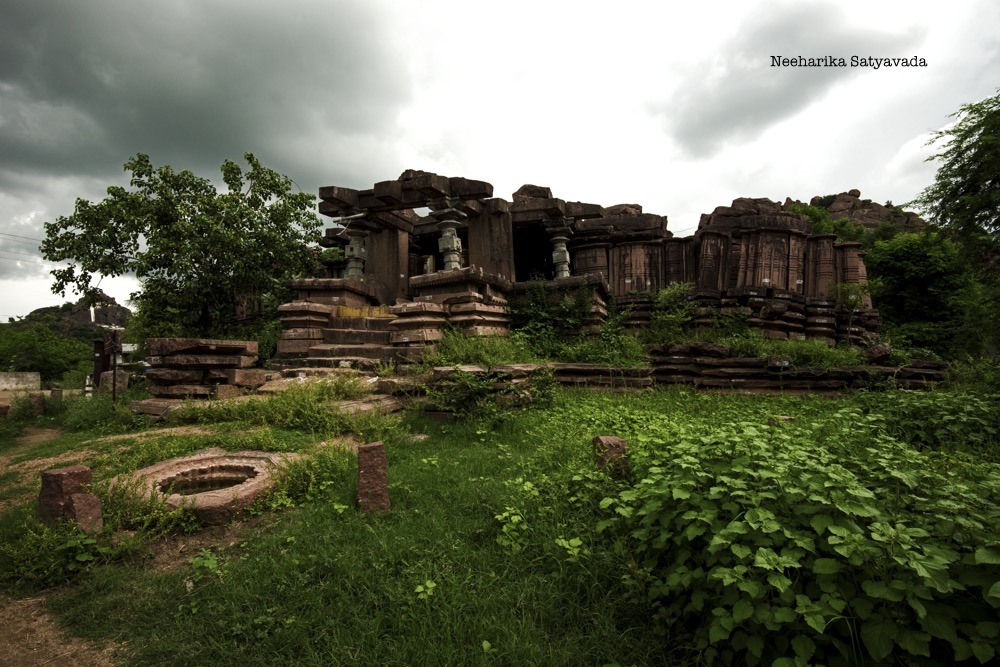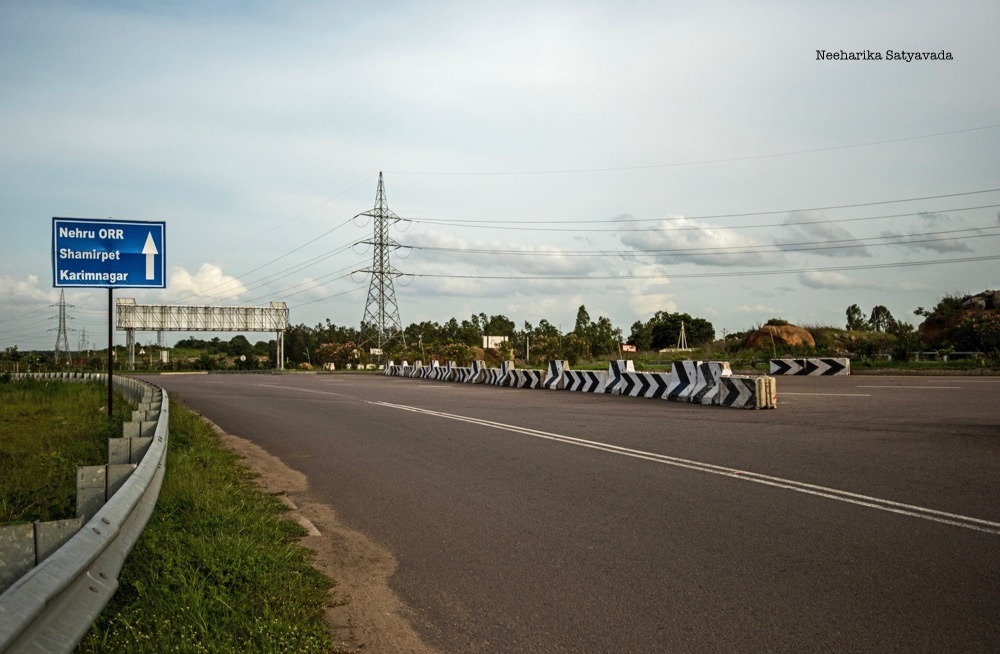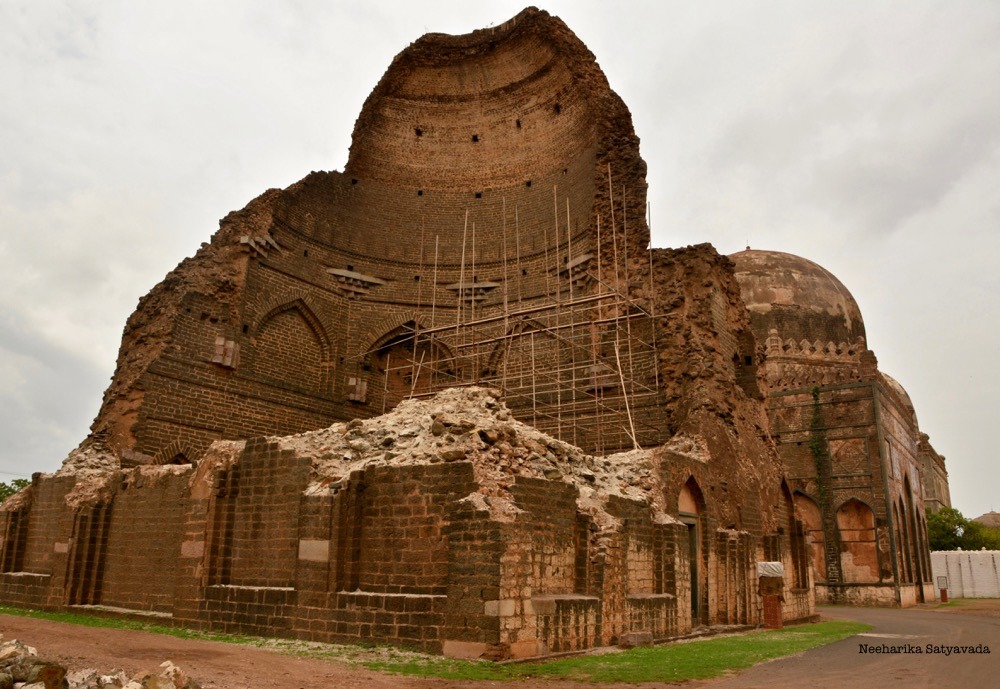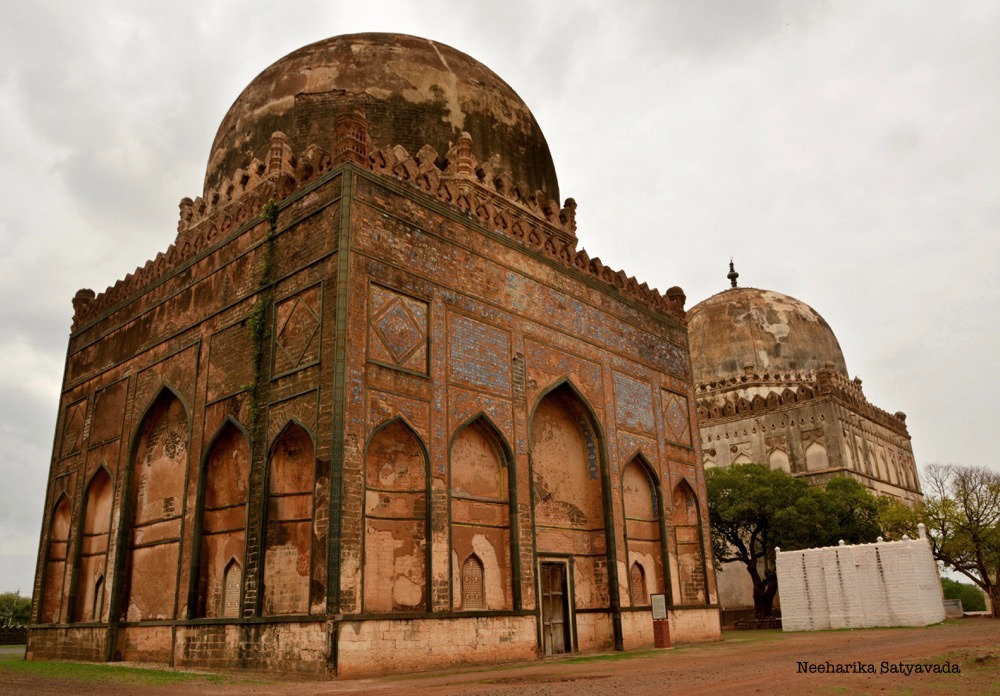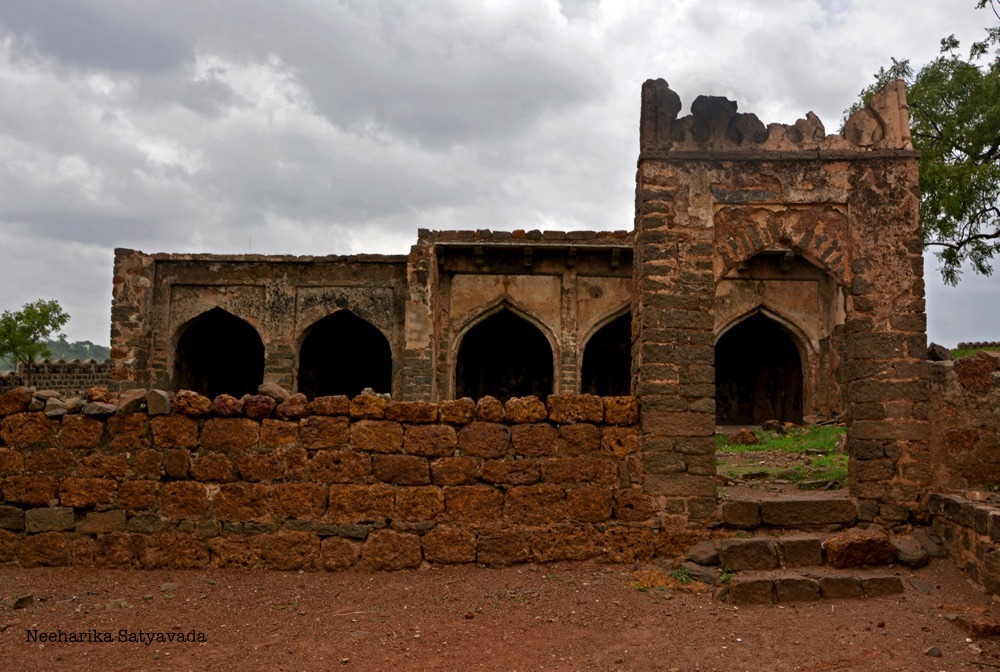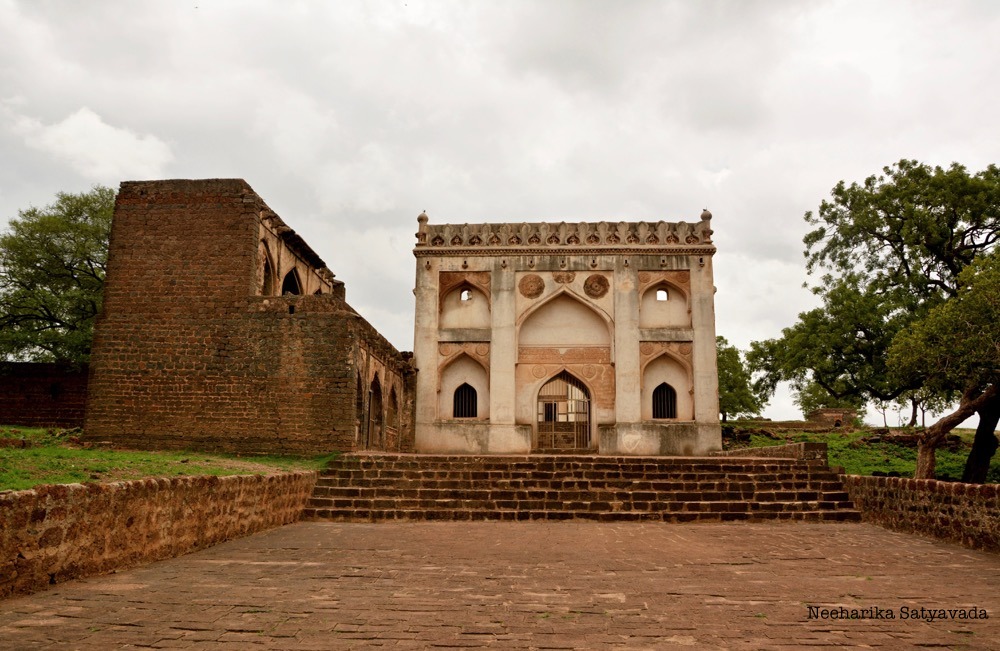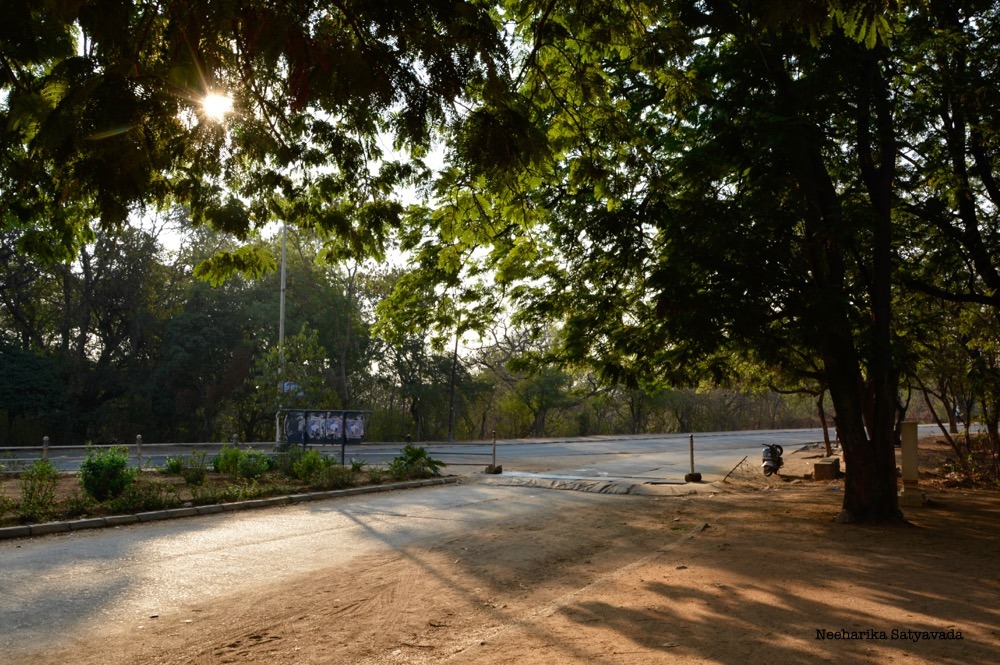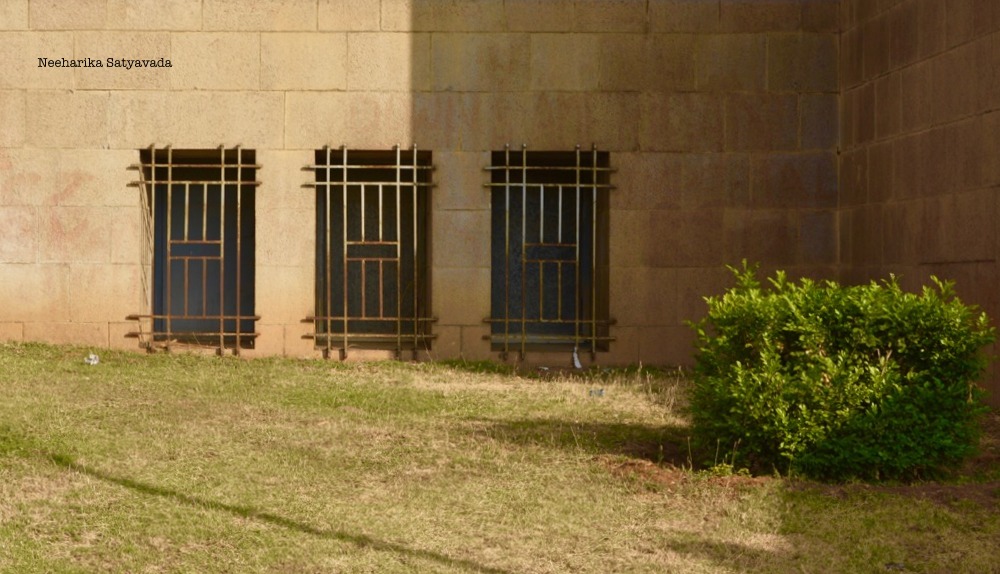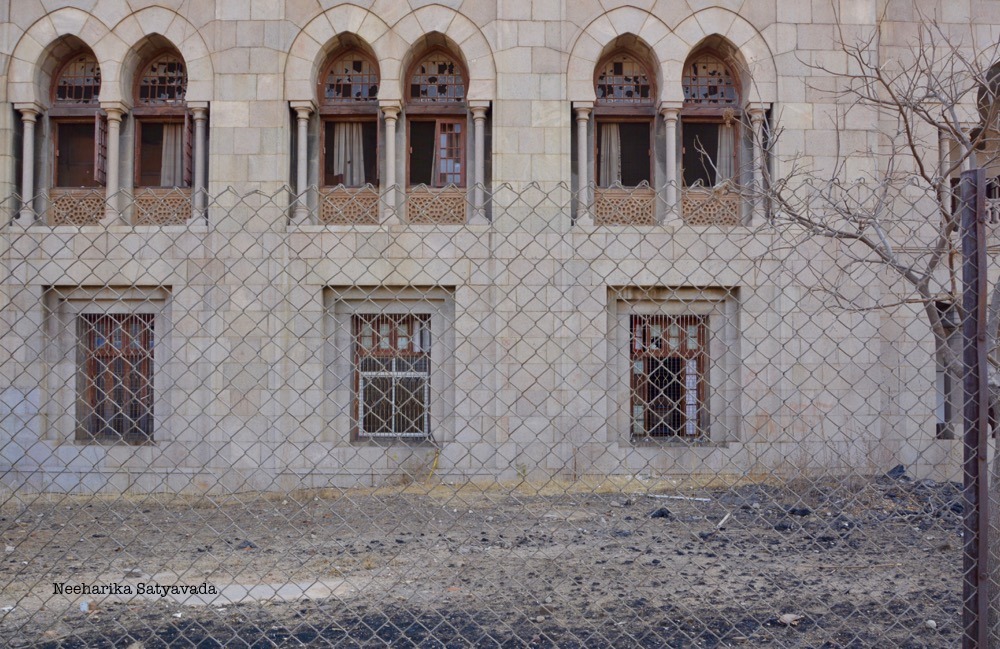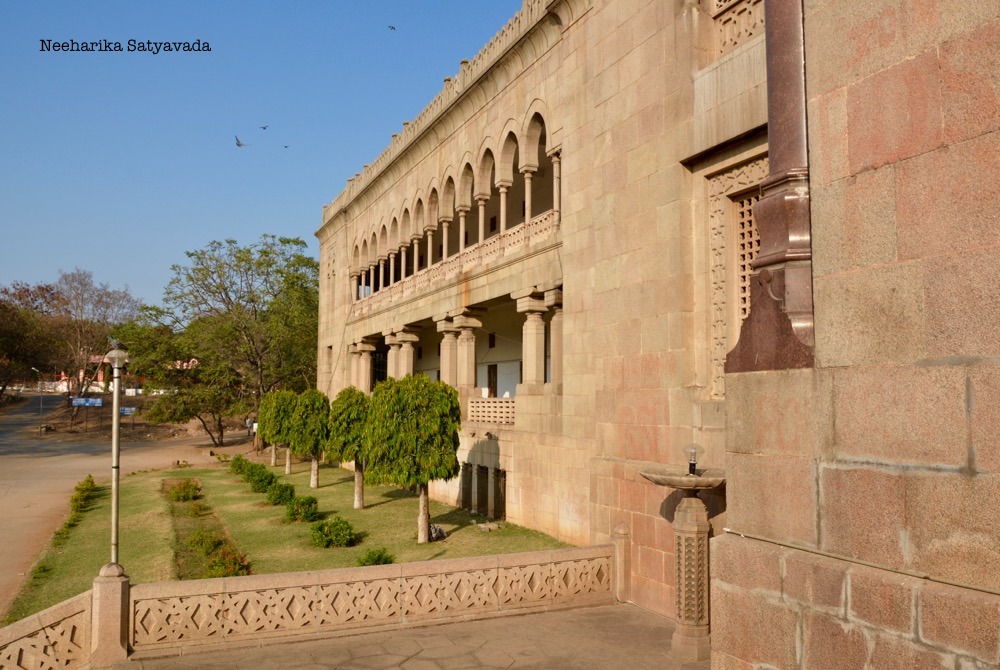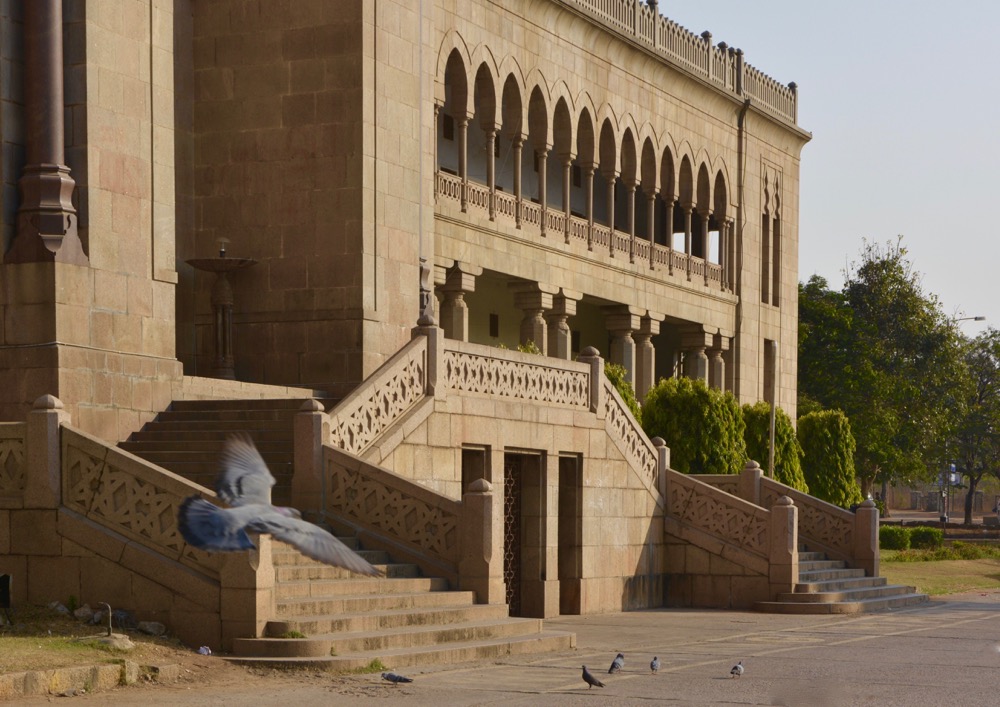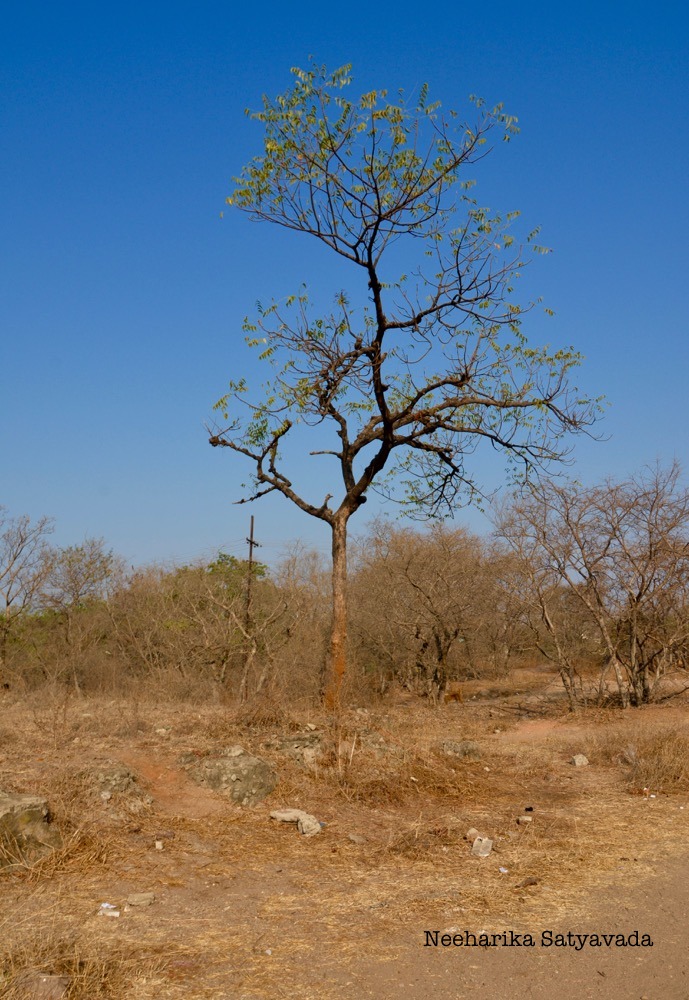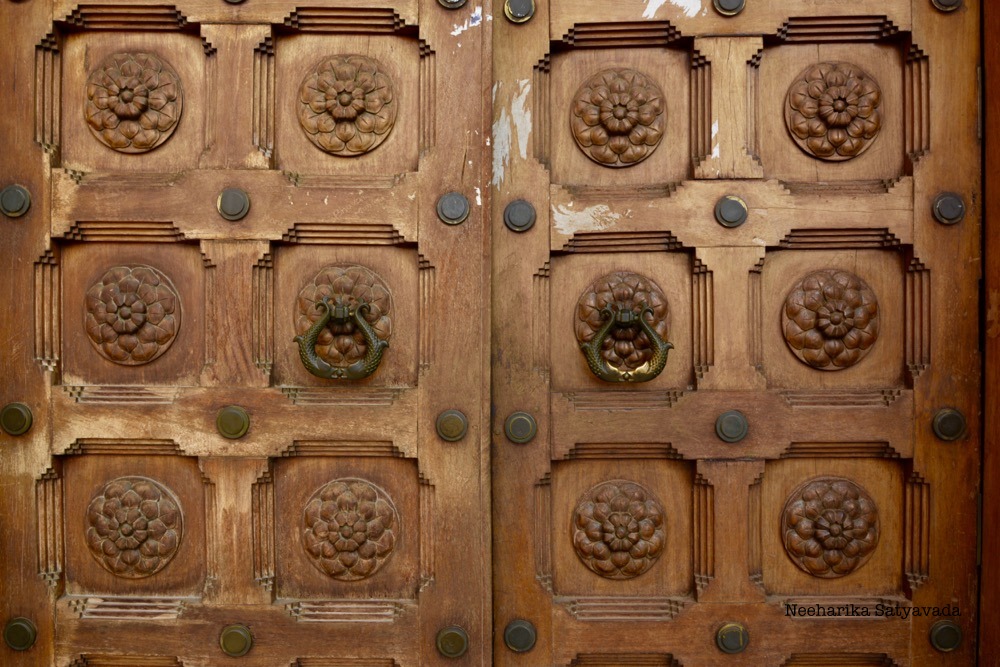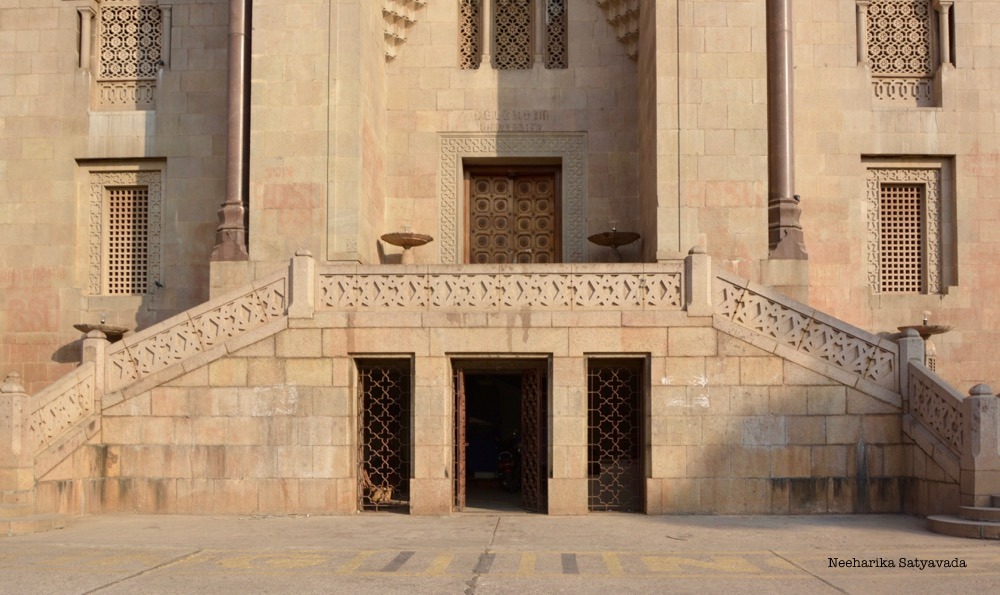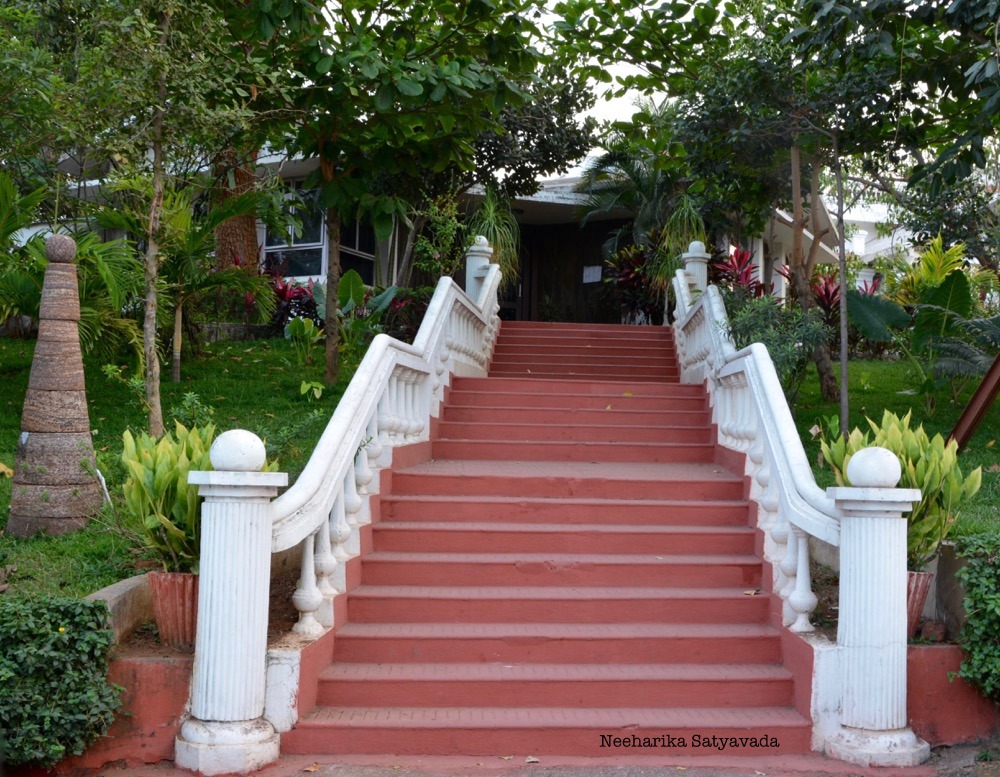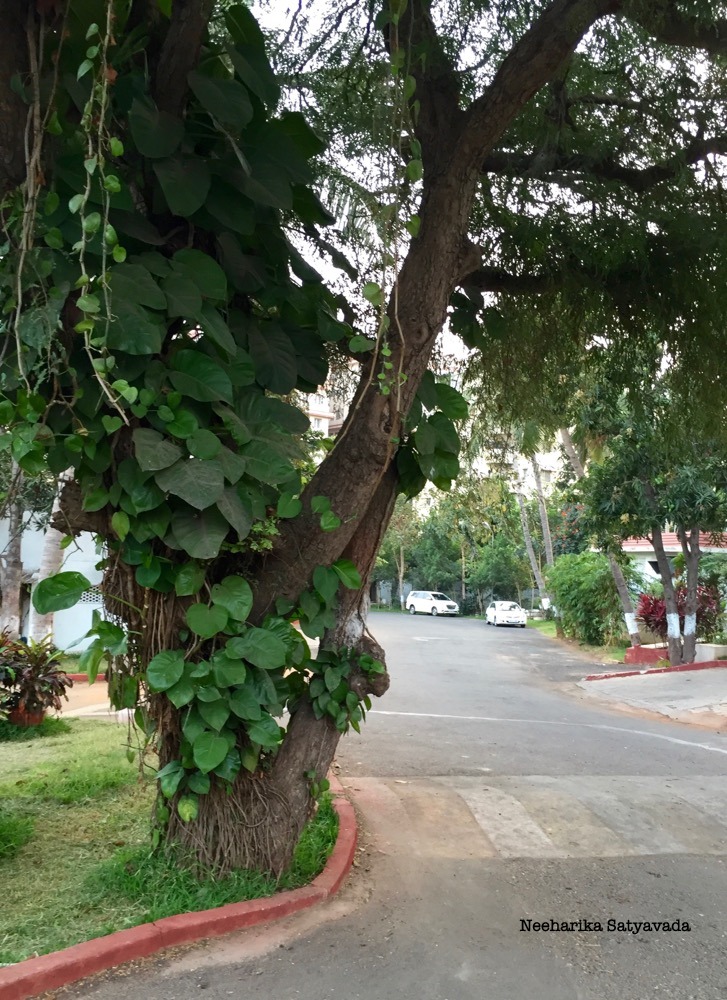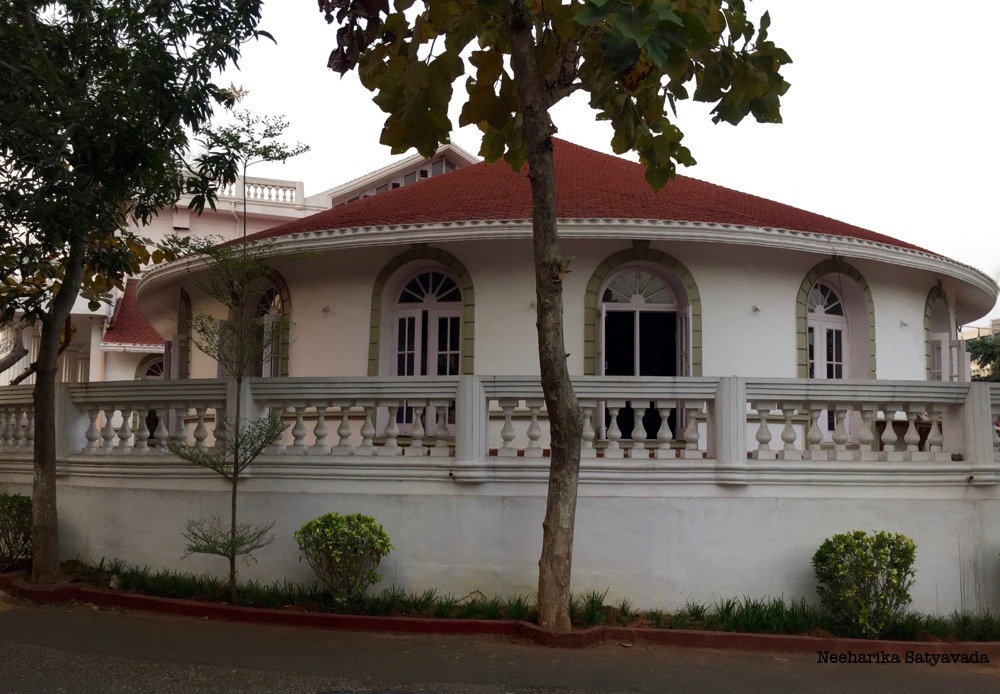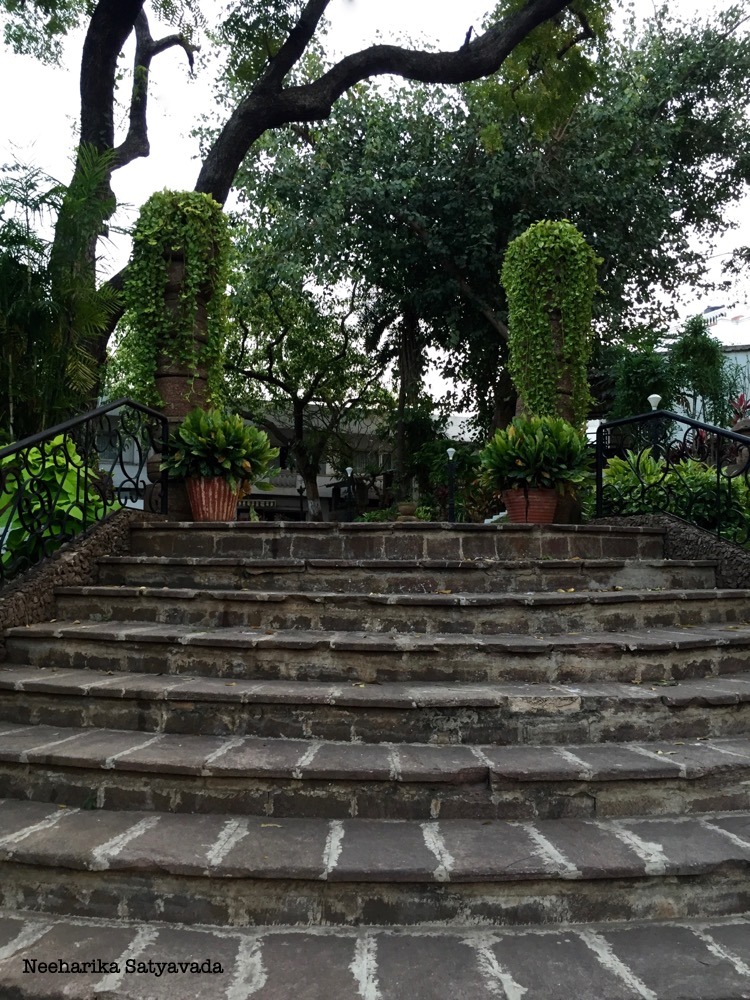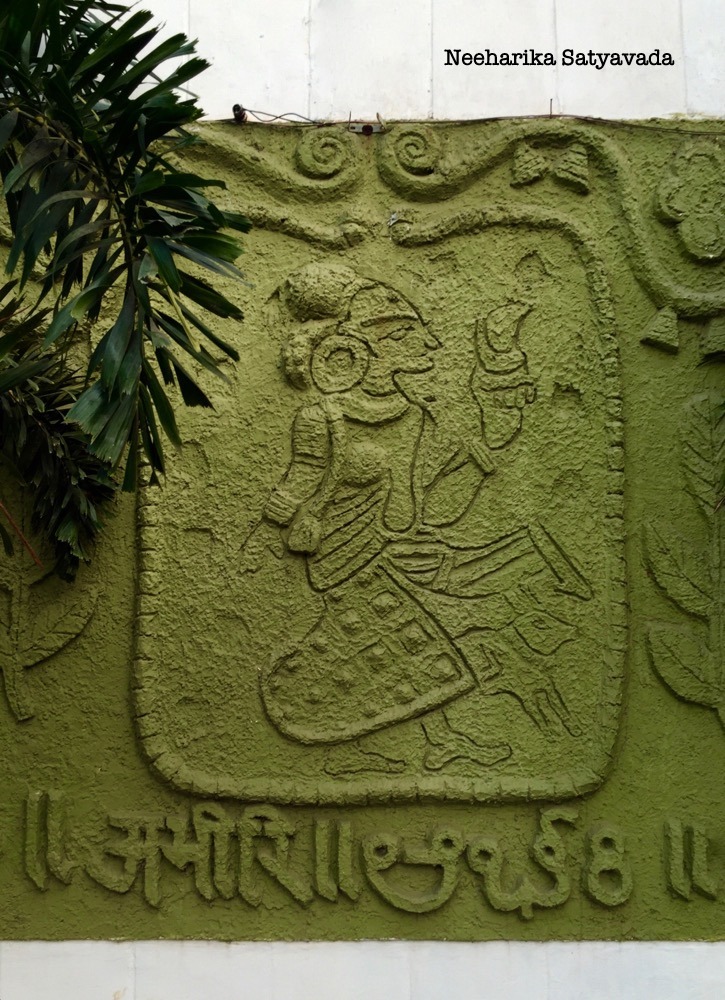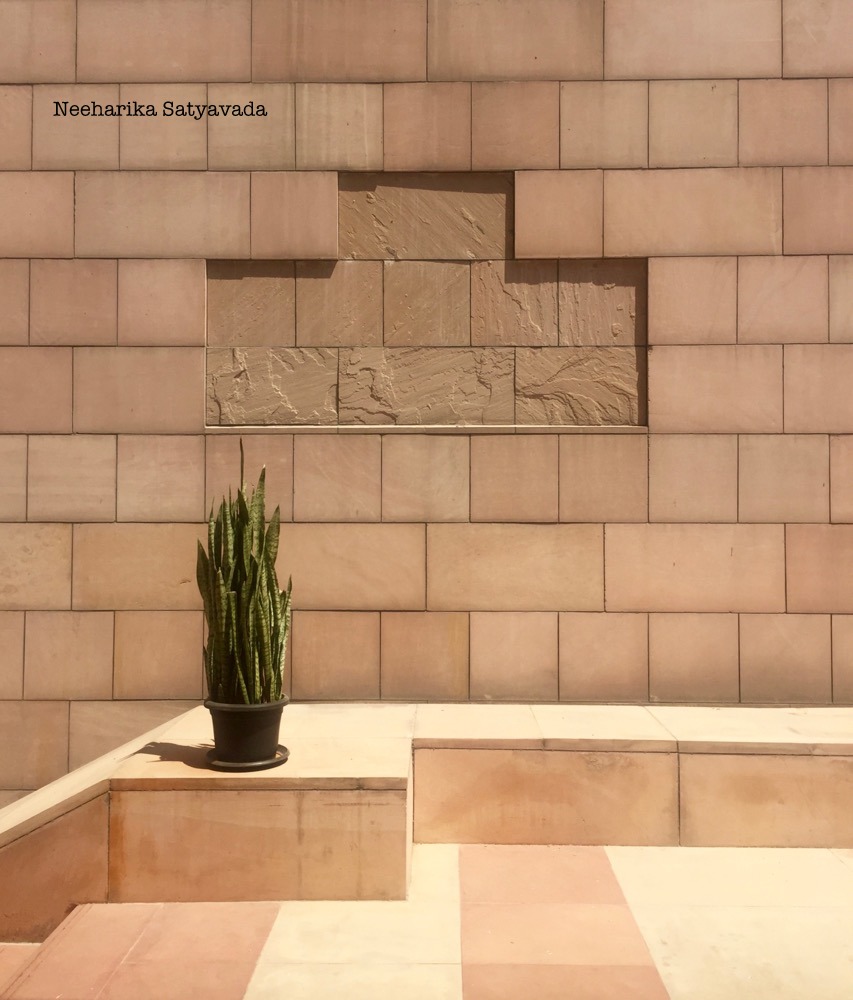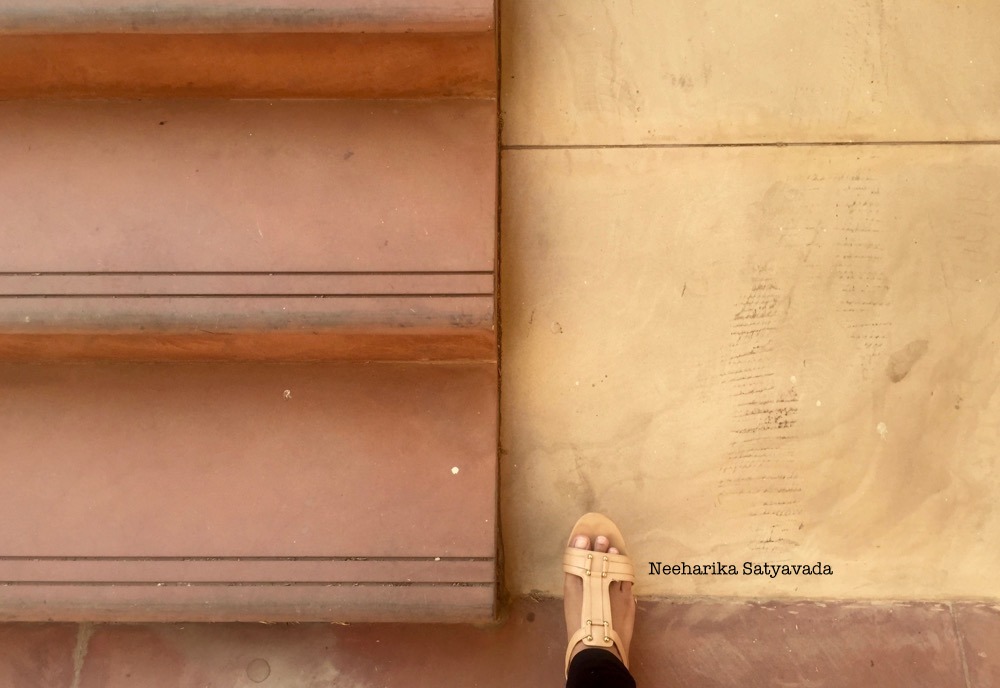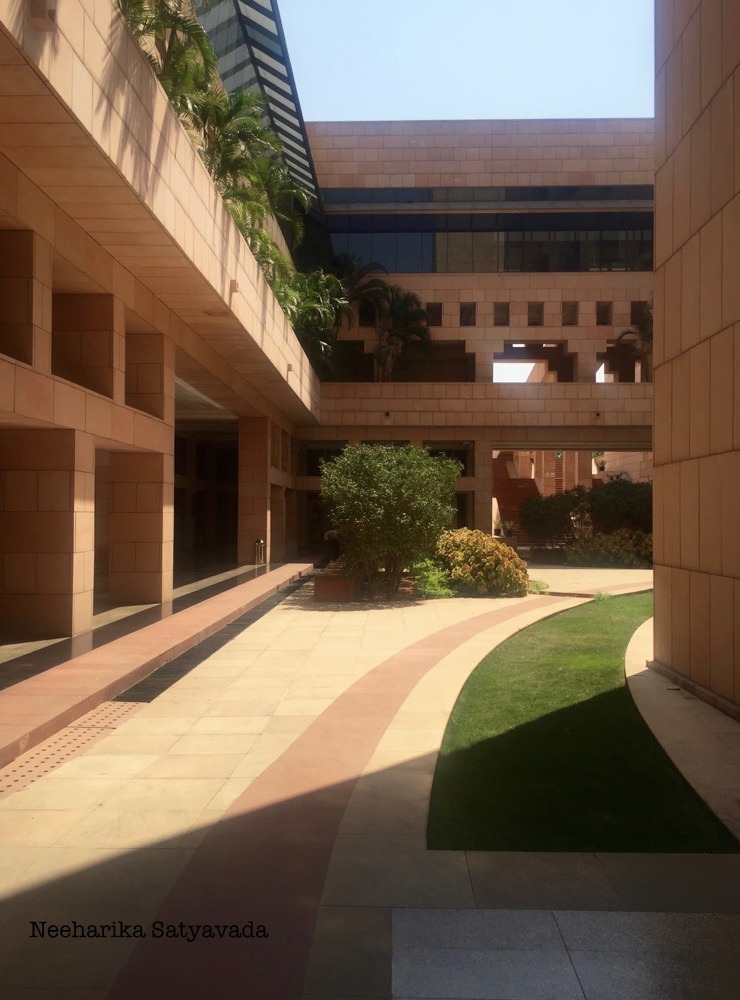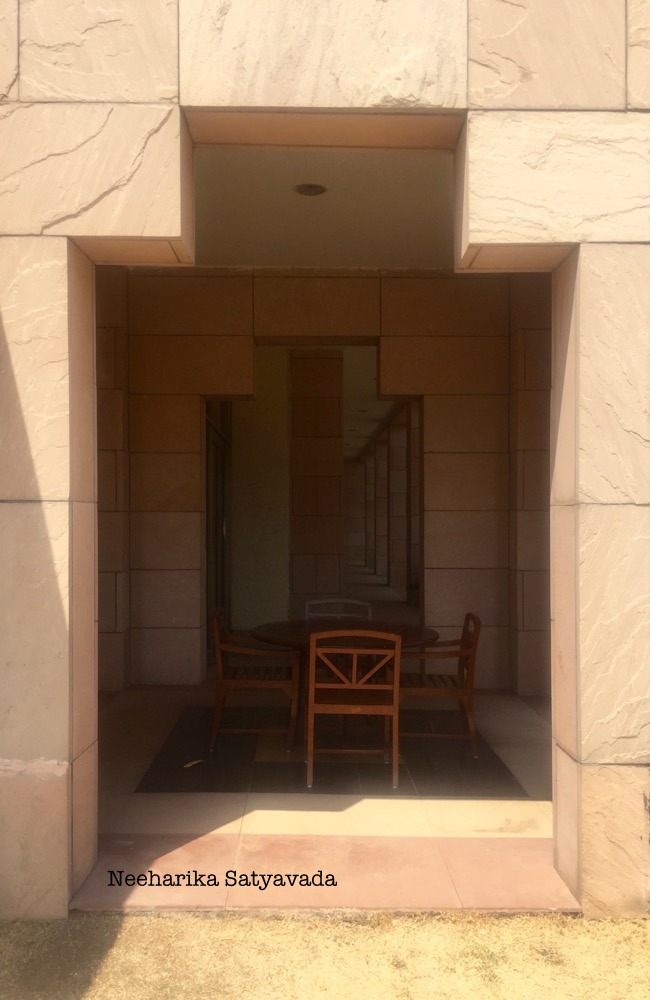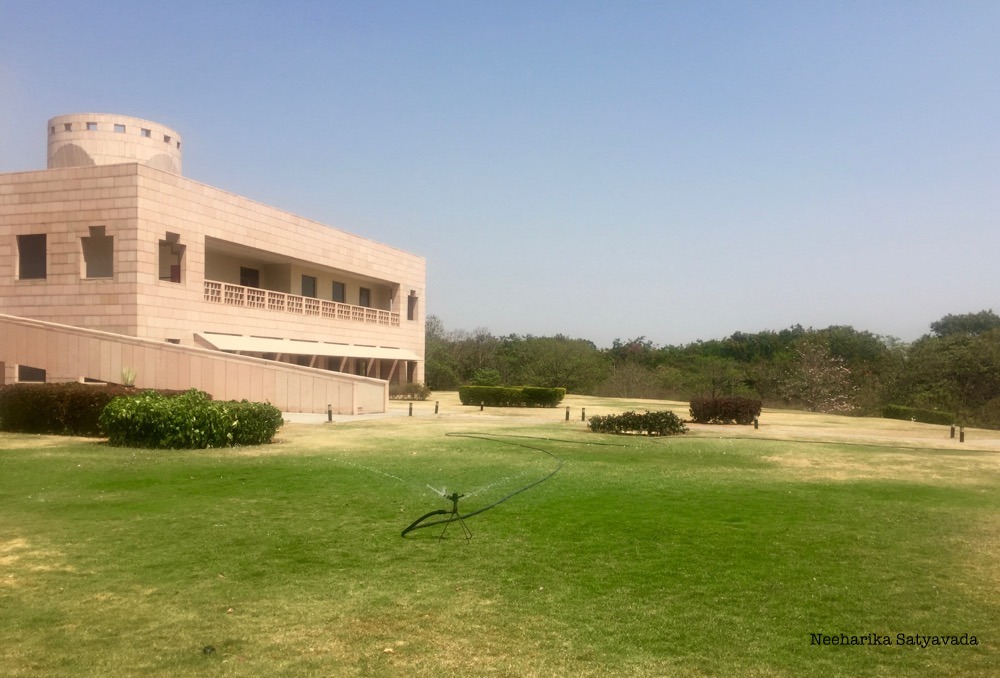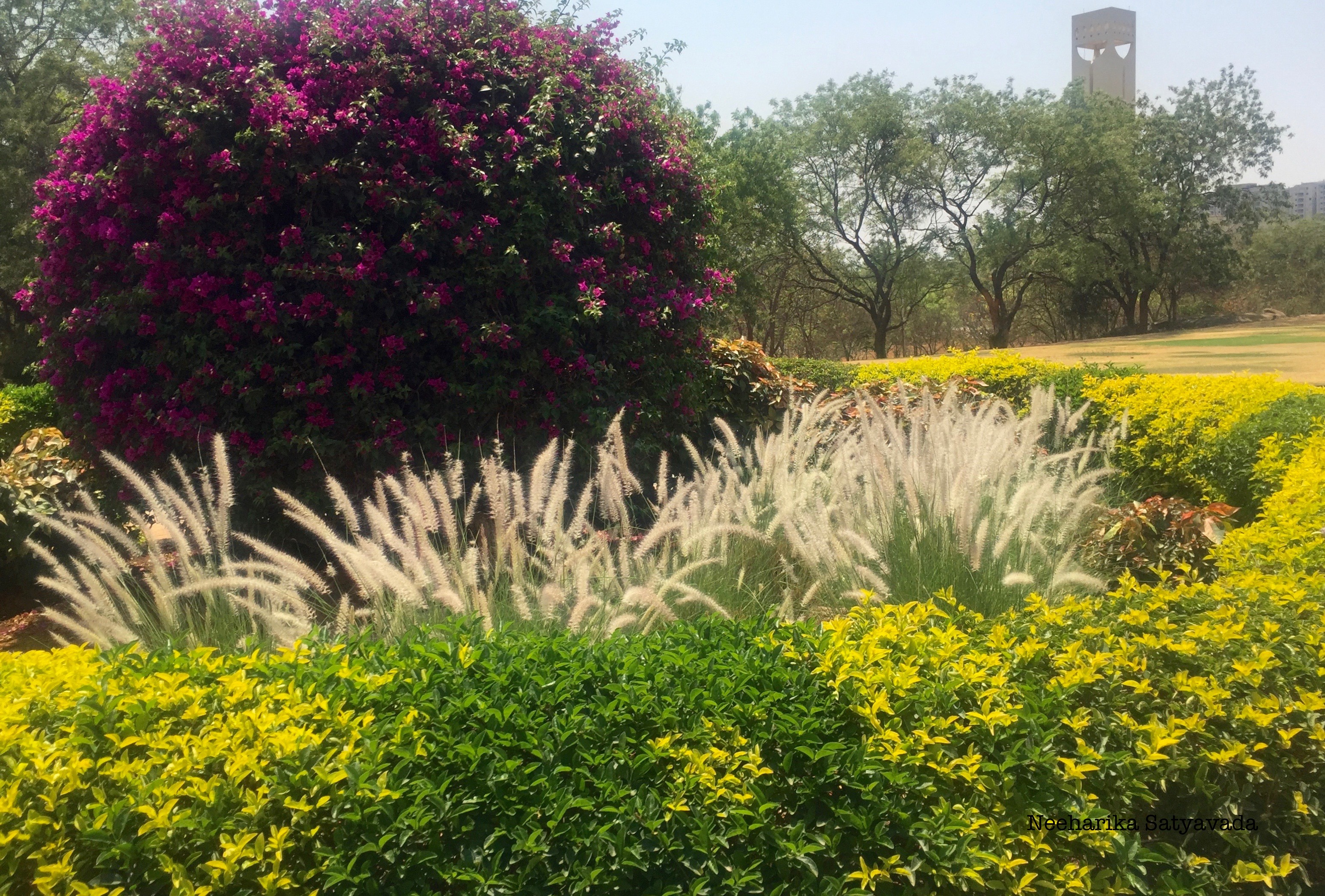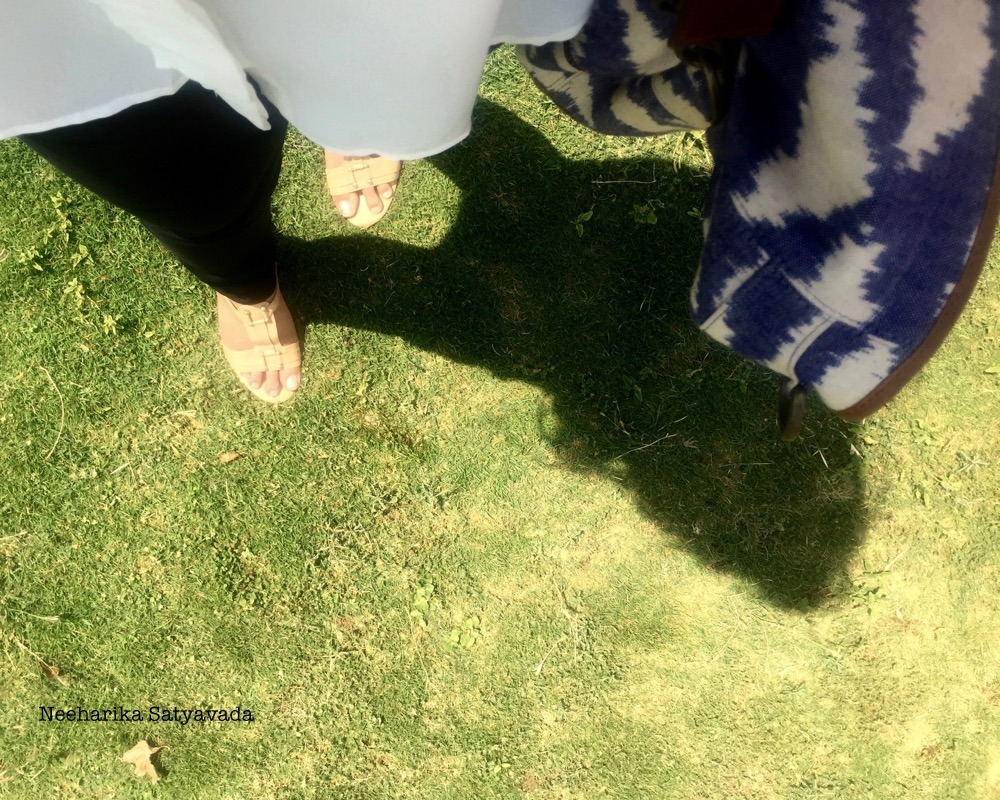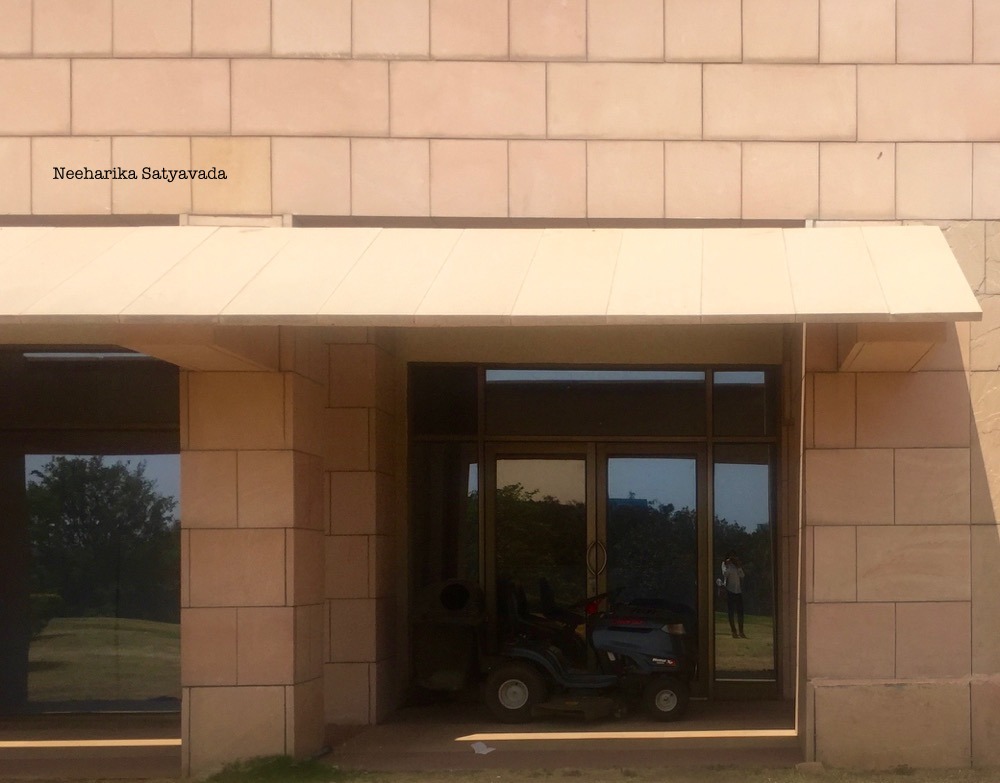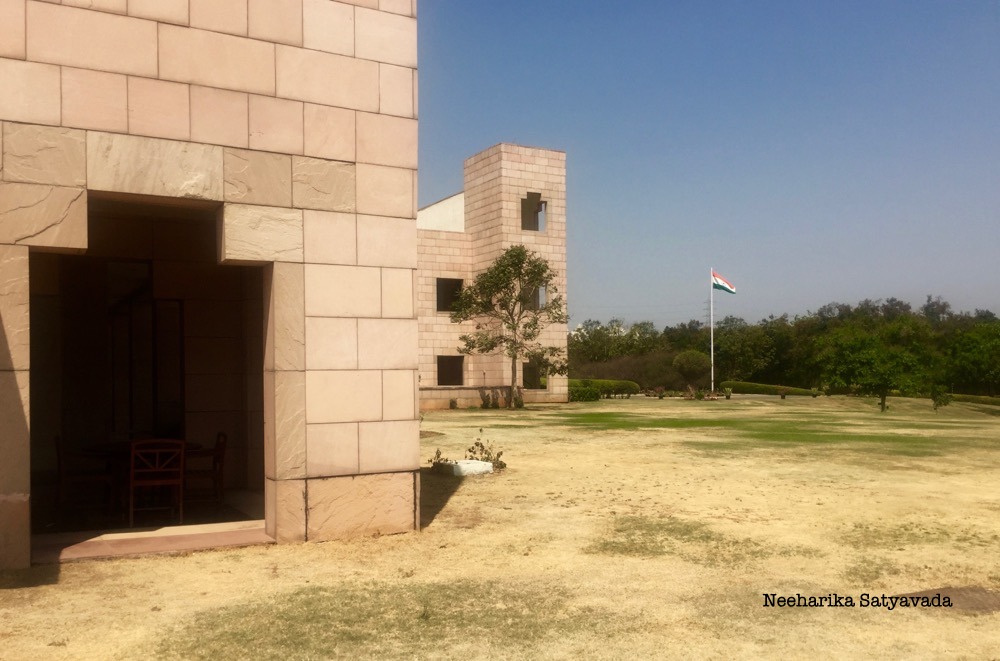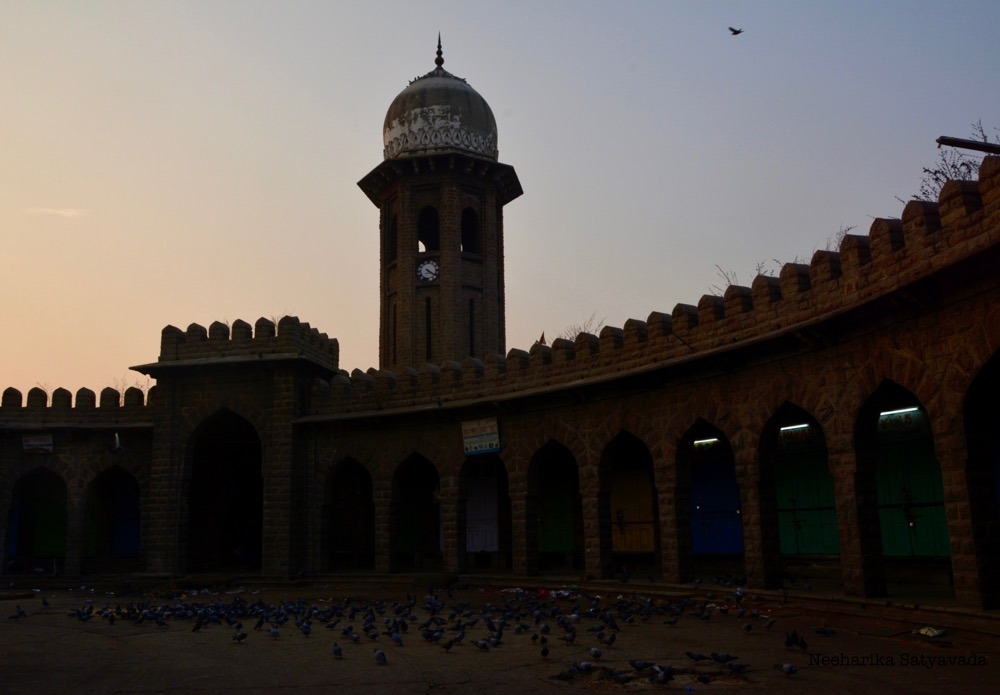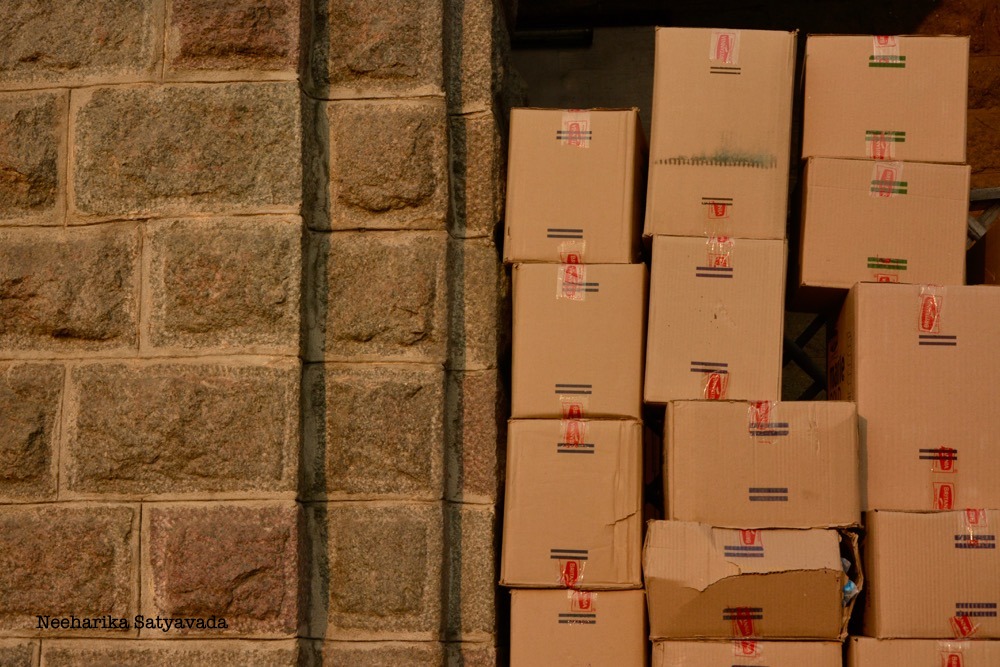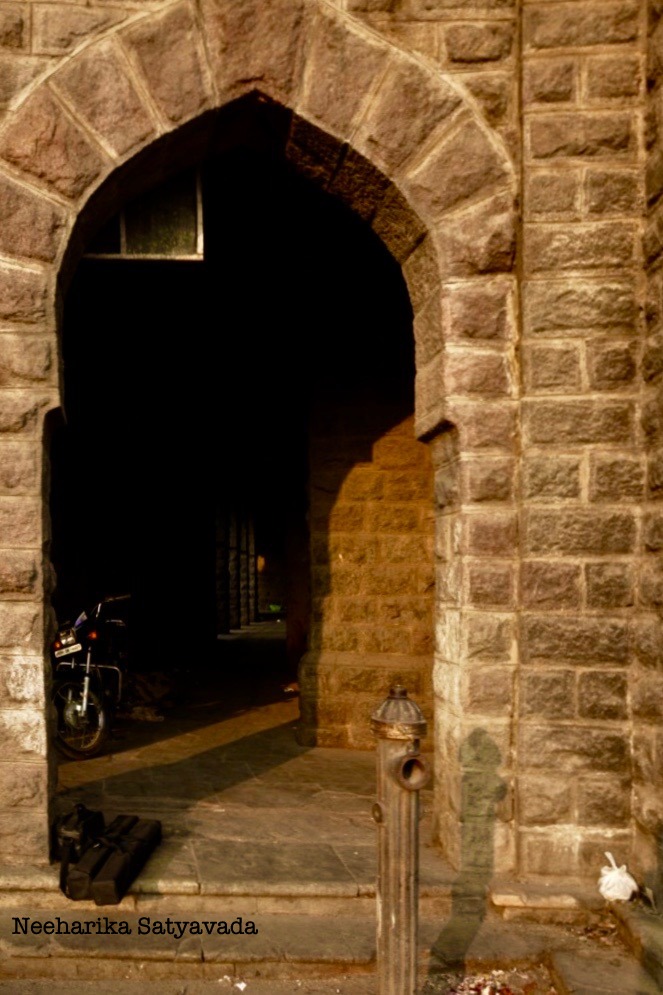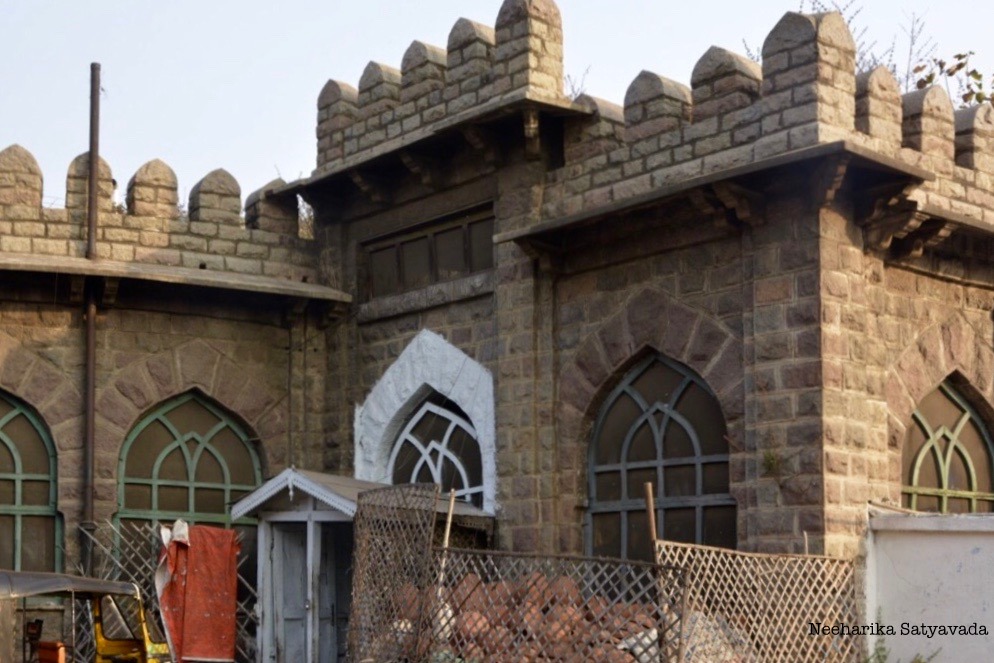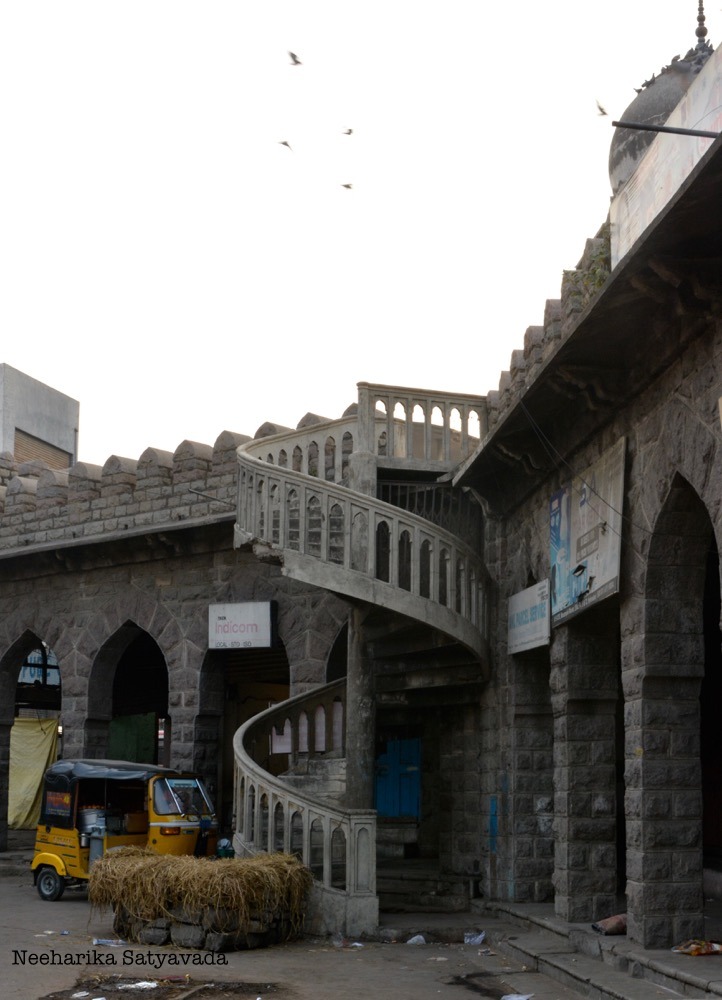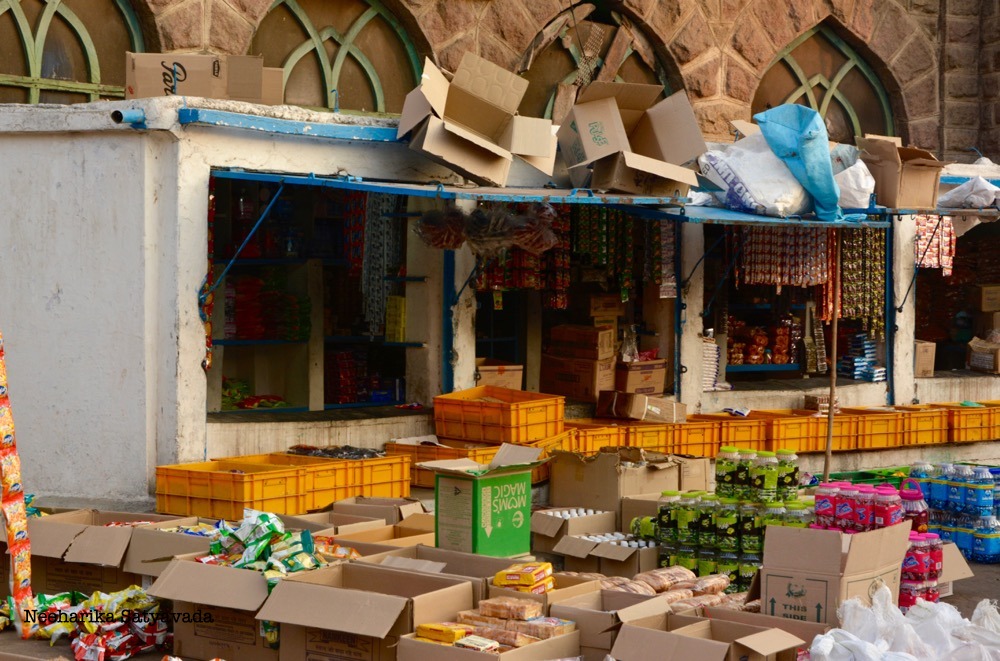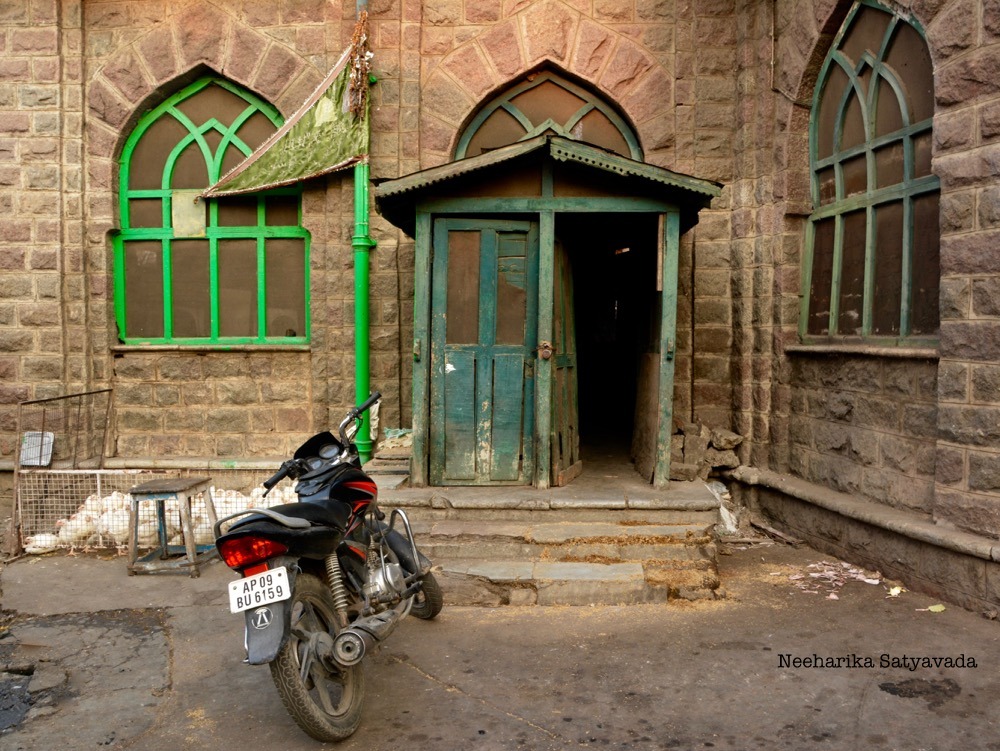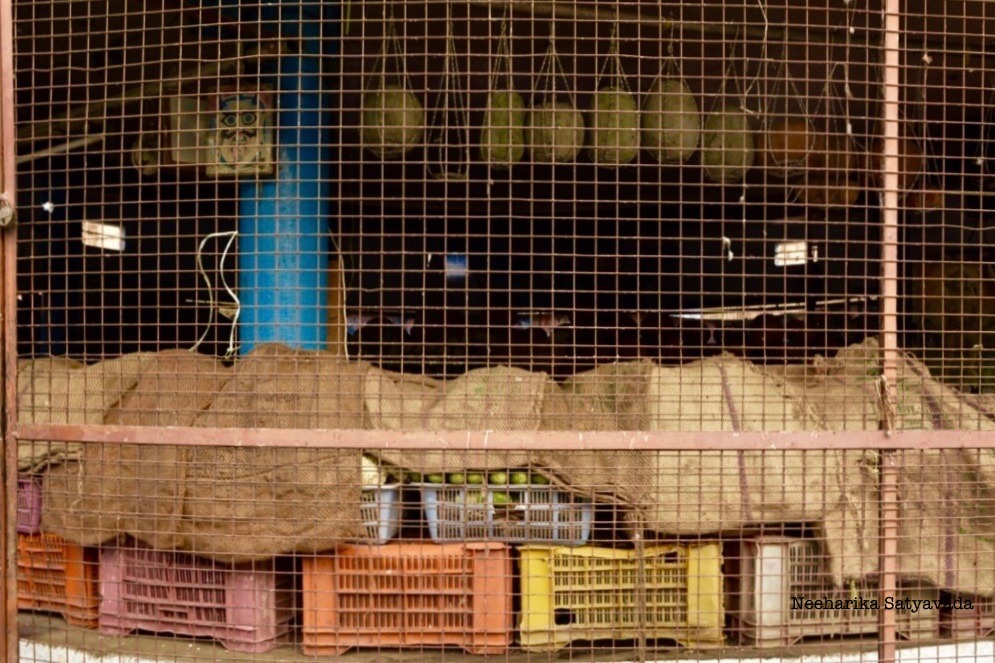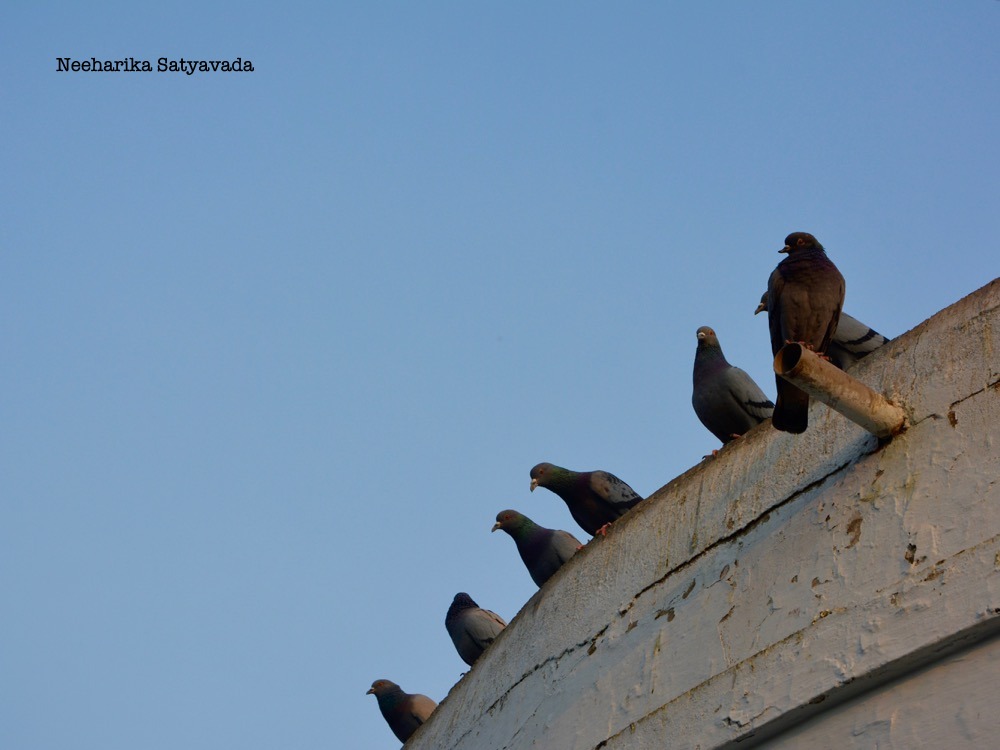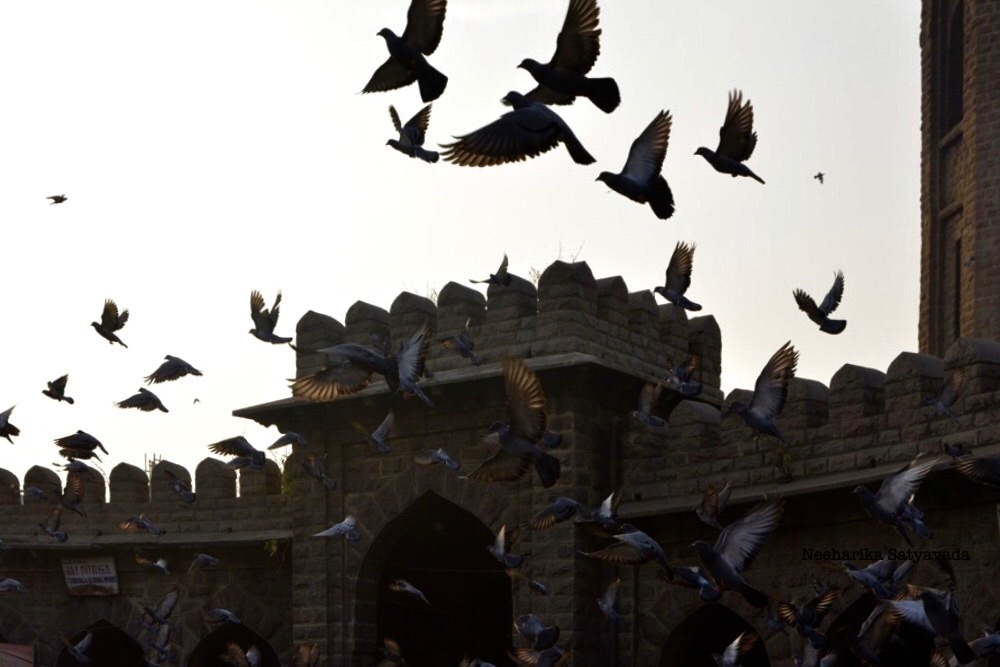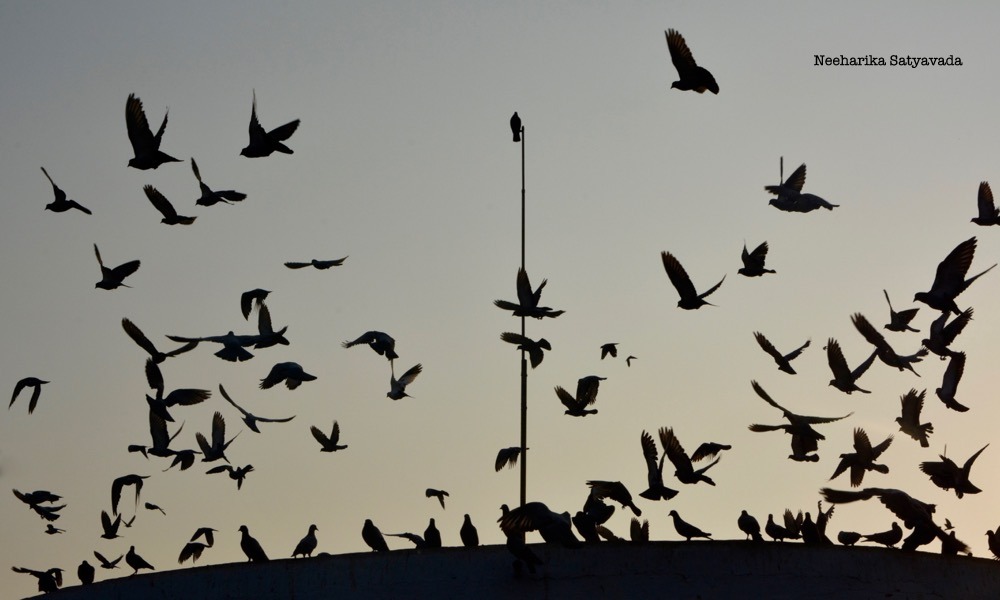The Pancharamam Kshetras spread across Andhra Pradesh are essentially five temples built for just one Shiva Lingam. A popular pilgrimage circuit for the Hindus of Andhra Pradesh, this tour across temple towns (and, otherwise) takes you through Palakollu, Bhimavaram, Samarlakota, Draksharamam to the State Captial, Amaravathi.
The Legend of Pancharam Kshetralu
Once upon a time there was a Rakshasa King, Tarakasura and he owned a magnificent and powerful Shiva Lingam. Or so the story goes.
A war ensued between the devas and asuras, the classic showdown between Gods and demons.
Kumaraswamy, the God of War himself, was fighting the demon Tarakasura but couldn’t kill him, no matter how. For at every deadly blow, the rakshasa would reform, limb to limb, from his cut off body parts. This power to rejoin came from the aforementioned mighty Shiva Lingam that the demon wore.
The only way to destroy him was to break this powerful lingam first.
So, it was to be. And, by the end of the battle, there came to be five pieces of this mythical Siva Lingam. Which fell in five different places in Andhra Pradesh. Temples were then built in those locations around the fragments and it is these five ancient temples that now constitute the Pancharama Kshetralu.
Architecture of Pancharamam Temples
All of the Pancharamam temples are two storeyed stone temples, for fragments though the Shiva Lingams are, they are all massive Shiva Lingams in themselves.
To continue the story, the five fragments were installed and worshipped at five temples by the five gods, Indra, Surya, Chandra, Vishnu and Kumaraswamy.
Temple 1 |Kumararamam / Bhimaramam
Where | Samarlakota
Shiva Lingam Installed By | Kumaraswamy, Son of Shiva

The first one, by Kumaraswamy himself is at Samarlakota near Kakinada and is known as Kumararamam or Bhimaramam variously. The temple is beautiful, peaceful and yet not too crowded like the other four.
Getting There | From Kakinada, Kumararamam in Samarlakota is 15 kilometers away.
Temple 2 | Draksharamam
Where | Draksharamam
Shiva Lingam Installed By | Surya, Sun God

The next one nearest to here is Draksharamam. Probably the biggest and definitely the most celebrated of the five, Draksharamam isn’t just a Pancharamam Kshetra but also a Shakti Peetham.
This expansive tenth century temple boasts of a rich history and numerous mythological legends are associated with it, which is one of the reasons for its popularity.
Believed to be the site of the mythical Dakshayagnam – where Daksha Prajapati’s daughter and Shiva’s wife, Sati immolated herself in the Yagna Fire – it is one of the eighteen major Asthadasa Shakti Peethams in the country. And she is manifest here as the Goddess Manikyamba alongside Lord Shiva.
Getting There | One can get to Draksharam too from Kakinada. It is at a distance of 34 kilometers from the city.
ALSO READ: Road Tripping through Konaseema
Temple 3 | Somaramam
Where | Bhimavaram
Shiva Lingam Installed By | Chandra, Moon God
The Shiva Lingam in Somaramam is said to change colour according to the phases of the Moon. If it is a pristine white on full moon nights, it is a dark ebony on the days of no moon or amaavasya, probably owing to the fact that legend says, this is the Shiva Lingam that was installed by Chandra or the Moon God himself.
Getting There | The easiest way to get to Bhimavaram is from Rajahmundry which is 90 kilometers away.
Temple 4 | Ksheeraramam
Where | Palakollu
Shiva Lingam Installed By | Vishnu, The Protector
In Ksheeraramam, Shiva instated by Vishnu here, is Ksheera Ramalingeswara Swamy and the temple itself flaunts a nine storeyed temple tower.
Getting There | This too like the last one is in West Godavari and the most convenient way to get there would be from Rajahmundry via Bhimavaram.
Temple 5 | Amararamam
Where | Amaravathi
Shiva Lingam Installed By | Indra, God of Wealth
The last of the five temples is Amararamam in Amaravathi, Andhra Pradesh’s burgeoning new capital. Legend has it that this Shiva Lingam laid here by Indra wouldn’t stop growing and a nail was affixed to it, in an attempt to stop its growth. But the Lingam started bleeding and today devotees from all across flock here, to this ancient temple on the banks of the river Krishna, to catch a glimpse of that red stain on the head of the Lingam.
Getting There | One can get to Amaravathi from Vijayawada, which is only 18 kilometers away.

